Day 4
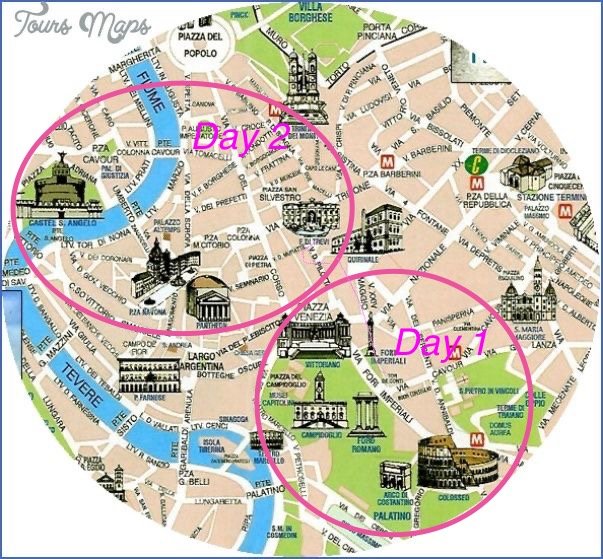
We had two unforgettable days in Rome. On the first day, we explored some of the city's most iconic landmarks: the mighty Colosseum, the ancient Roman Forum, the grand Piazza Venezia, the charming Piazza Navona, and the famous Spanish Steps. On our second day, we delved into the heart of Vatican City with a visit to the Vatican, explored the impressive Castel Sant’Angelo, marveled at the timeless beauty of the Pantheon, and ended our day at the stunning Piazza di Trevi.
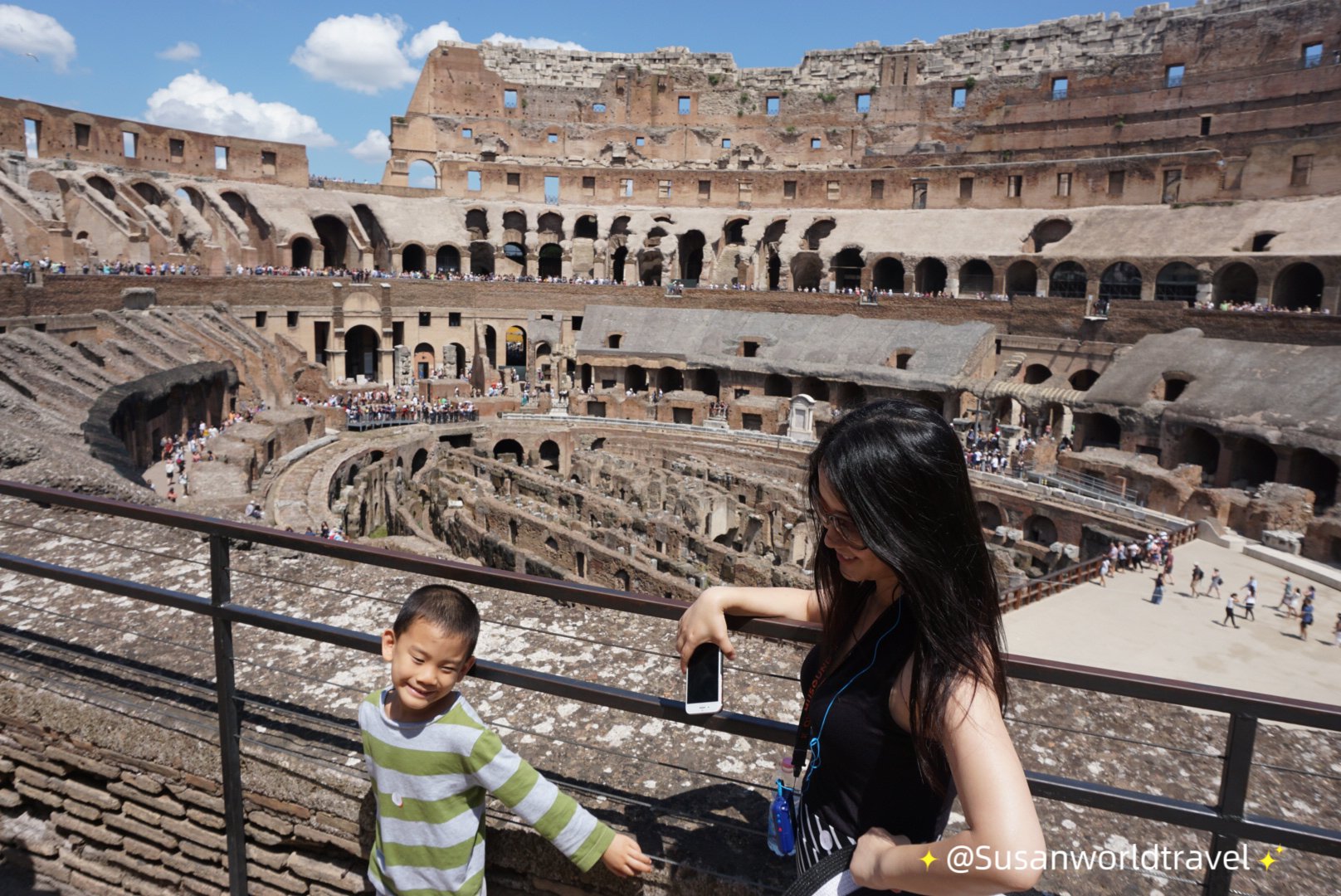

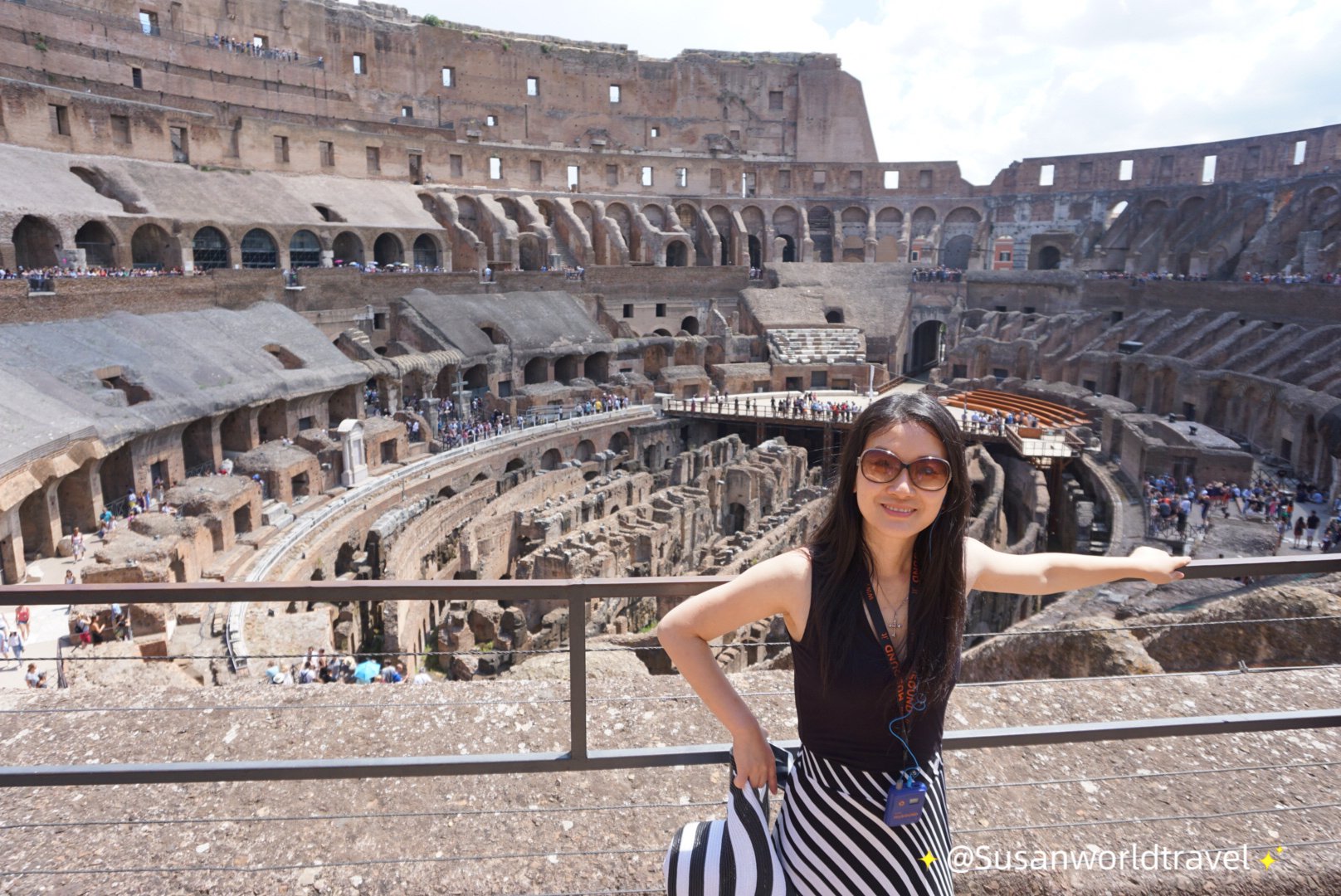


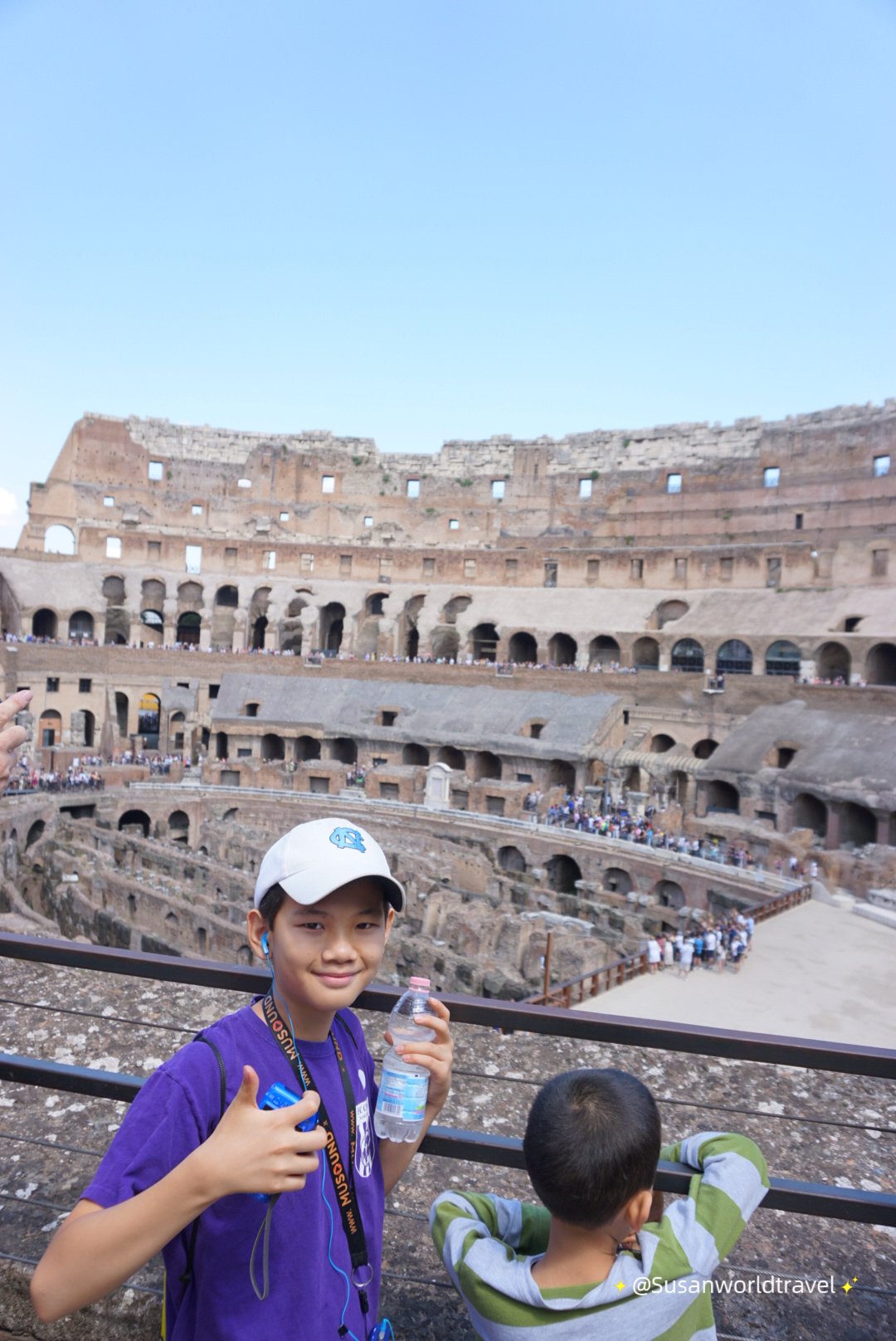


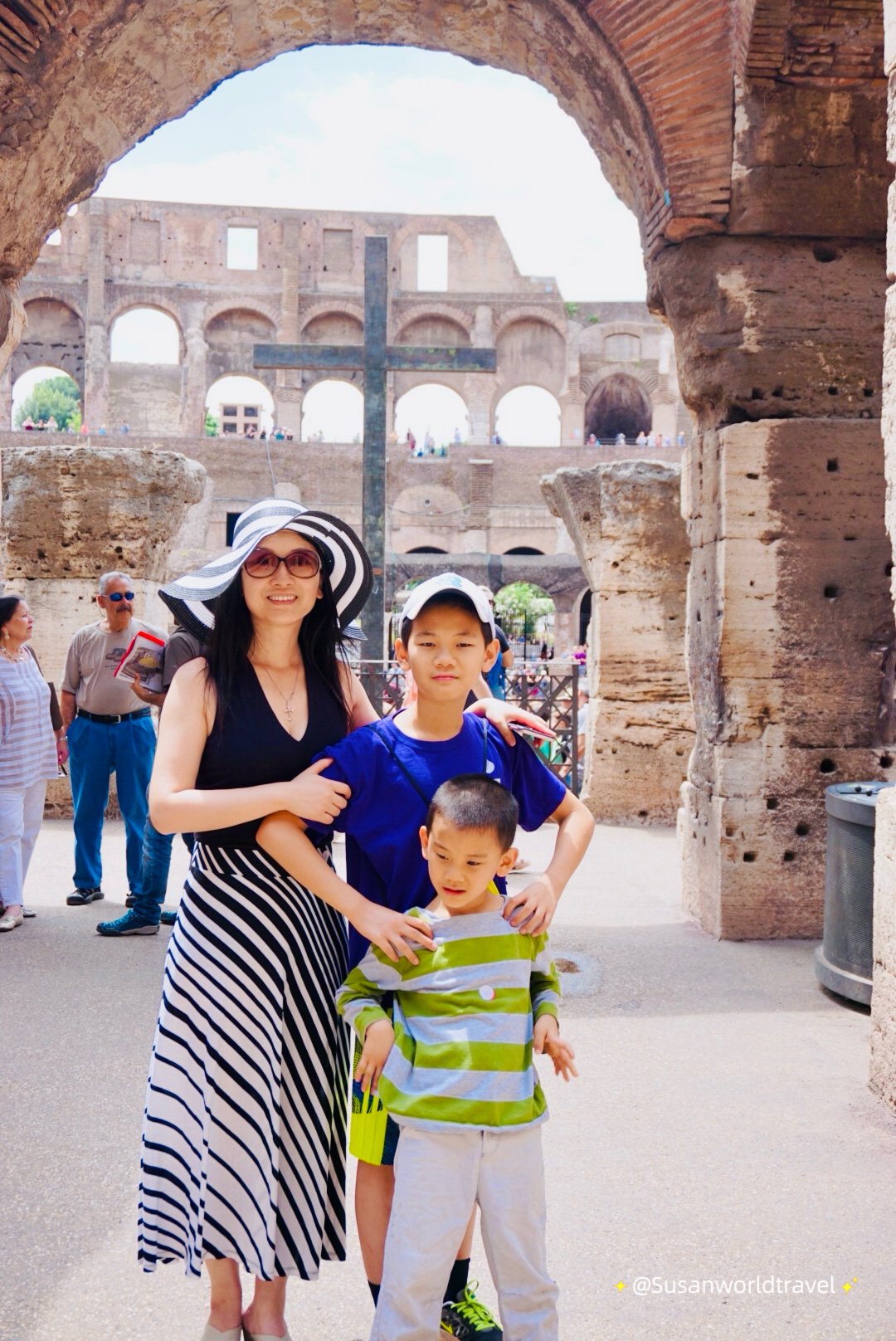
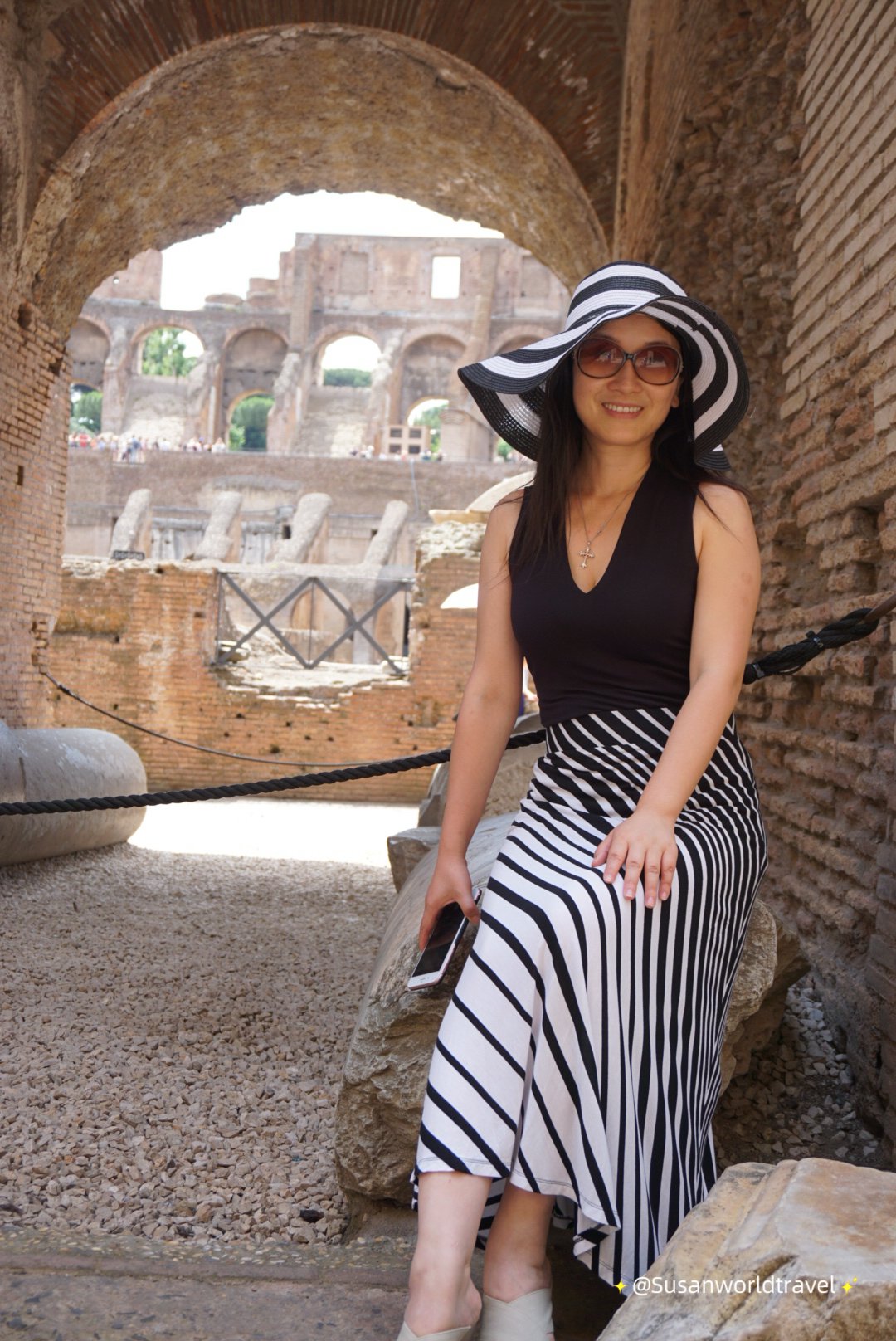

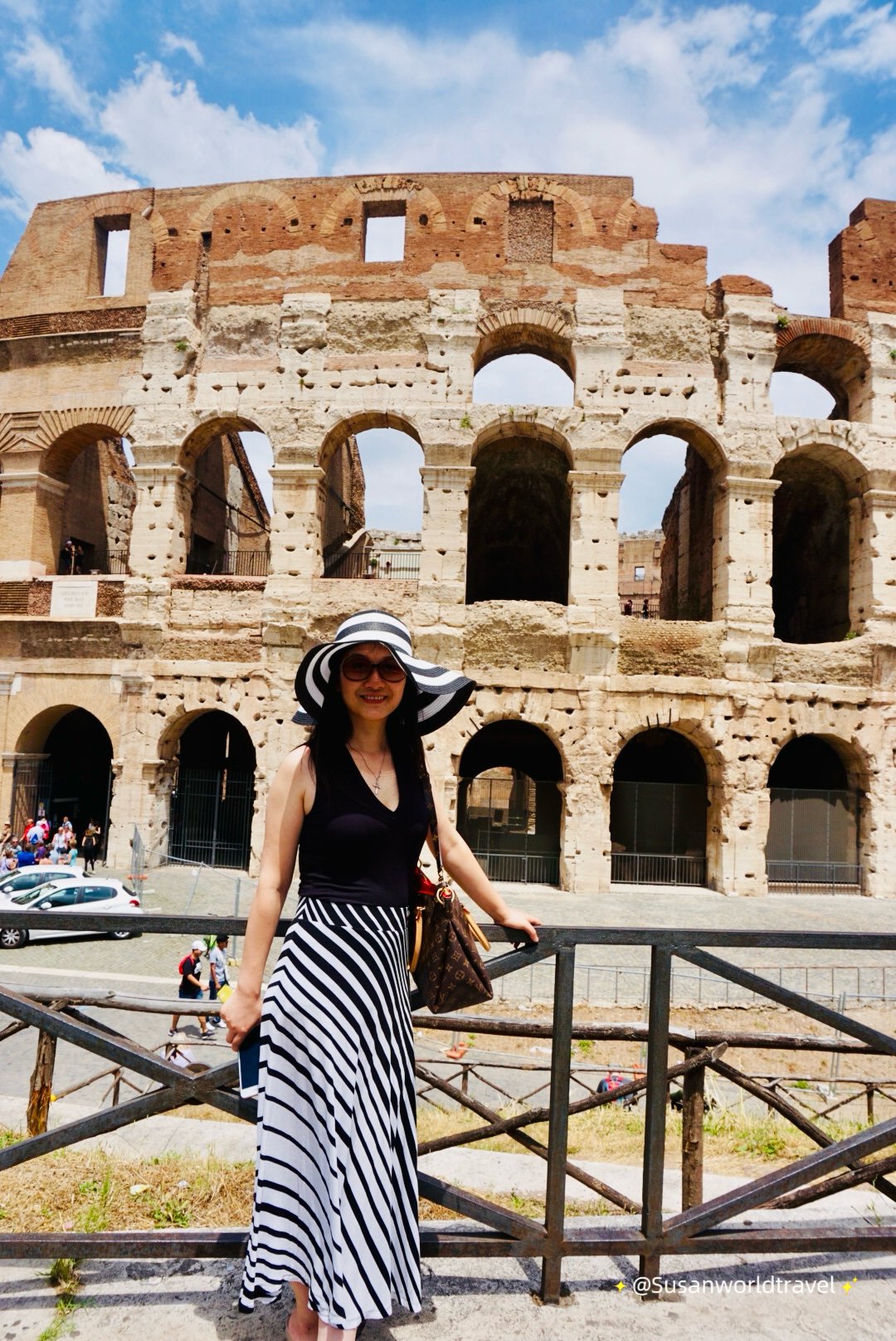
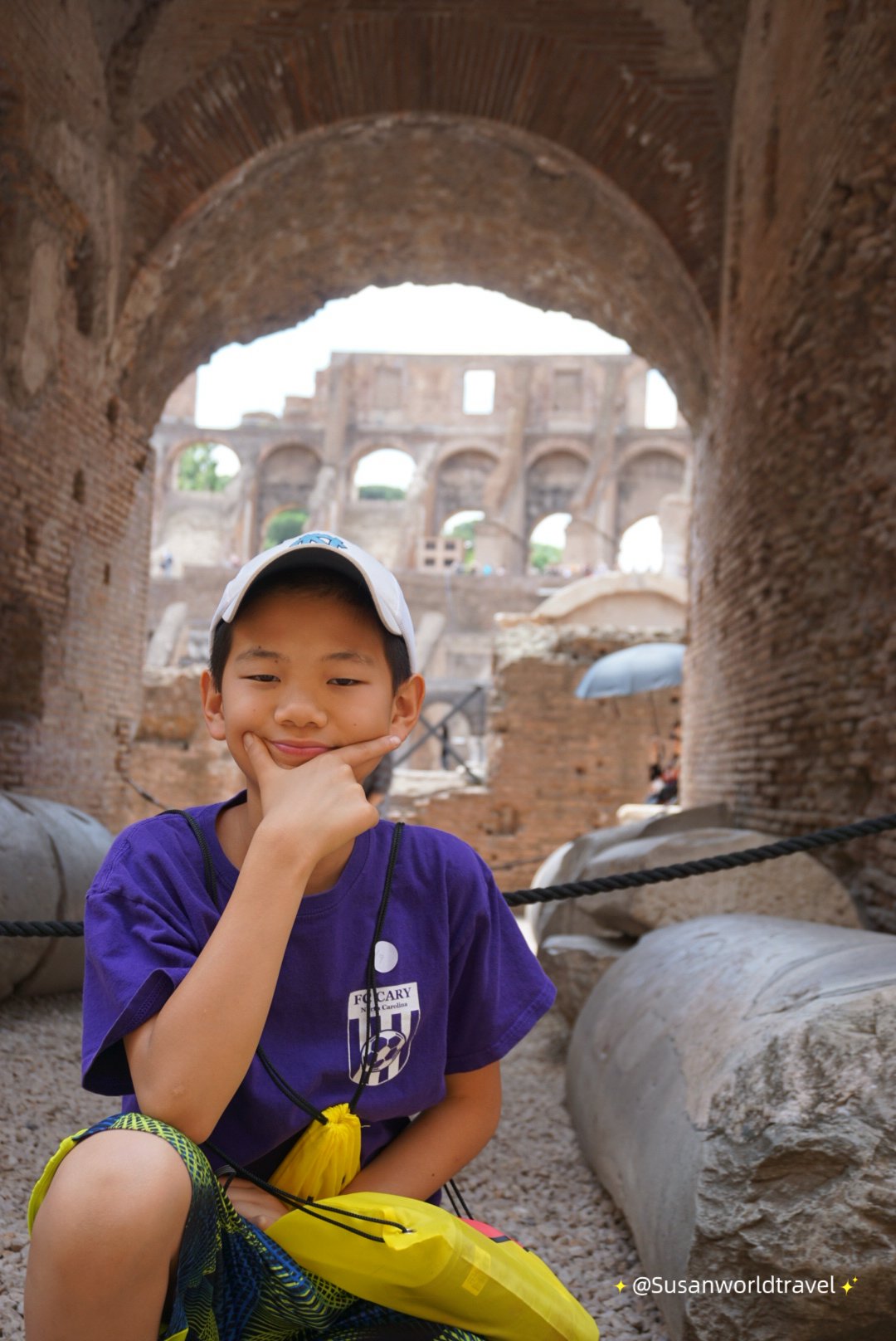
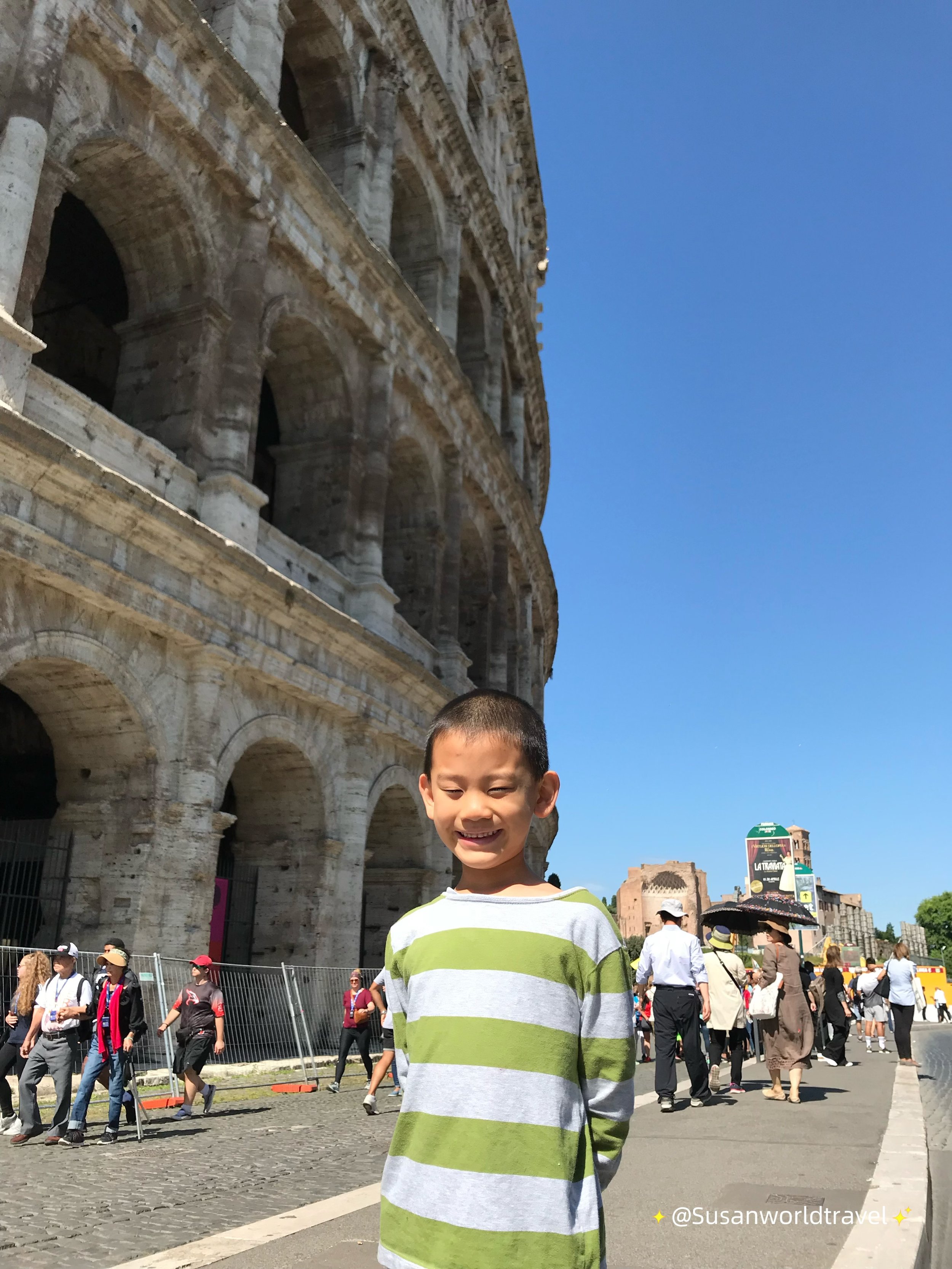
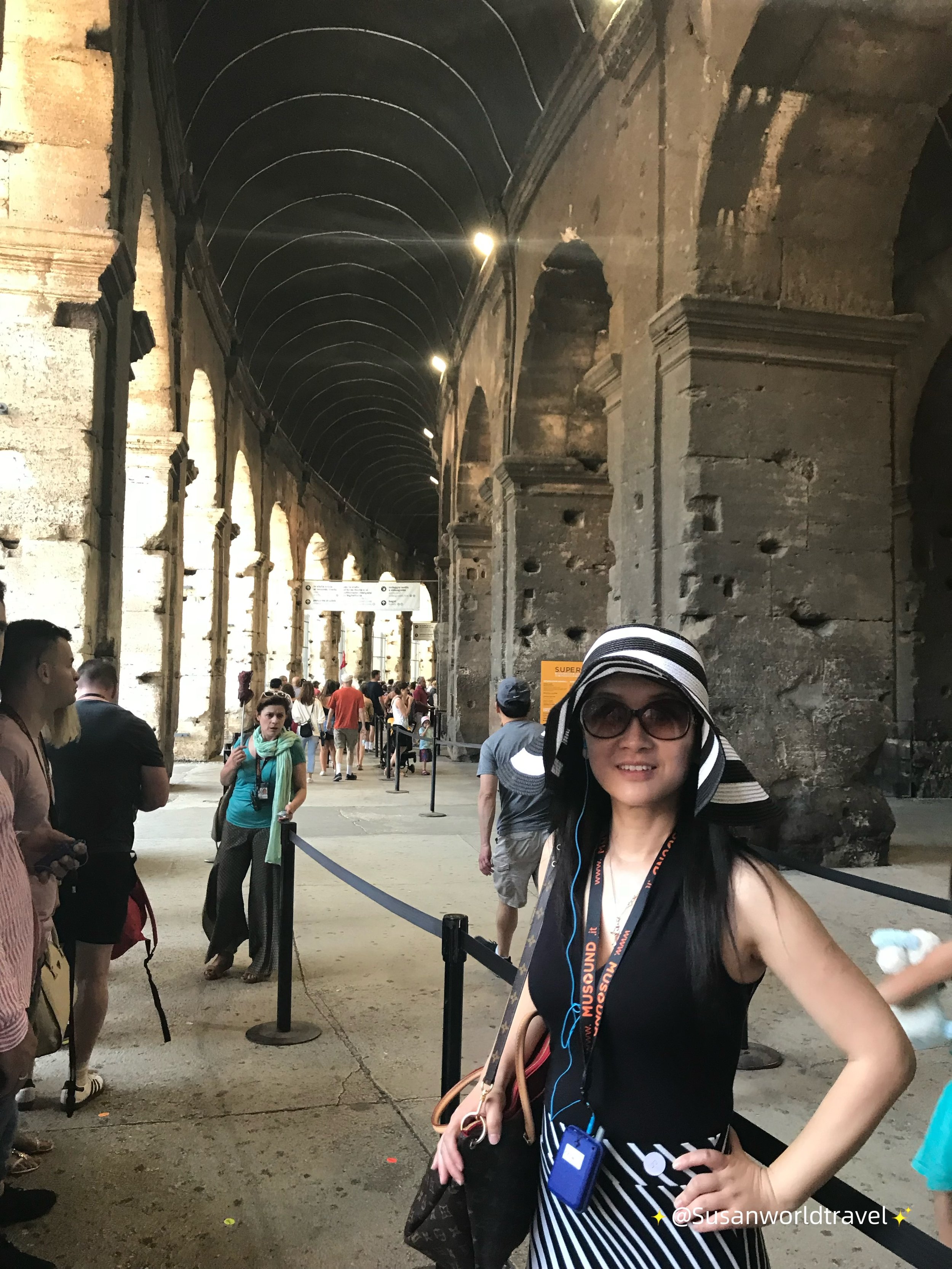
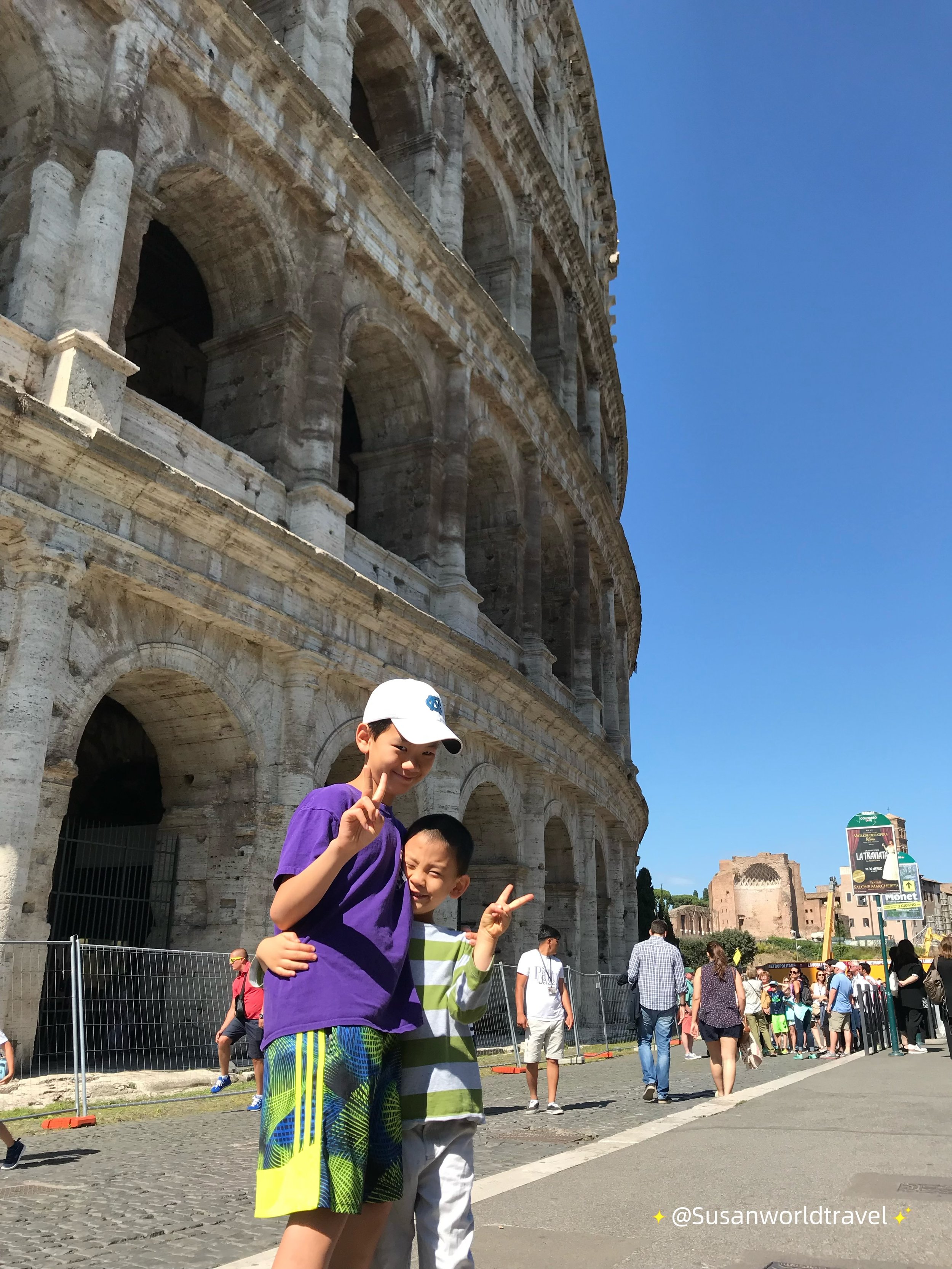
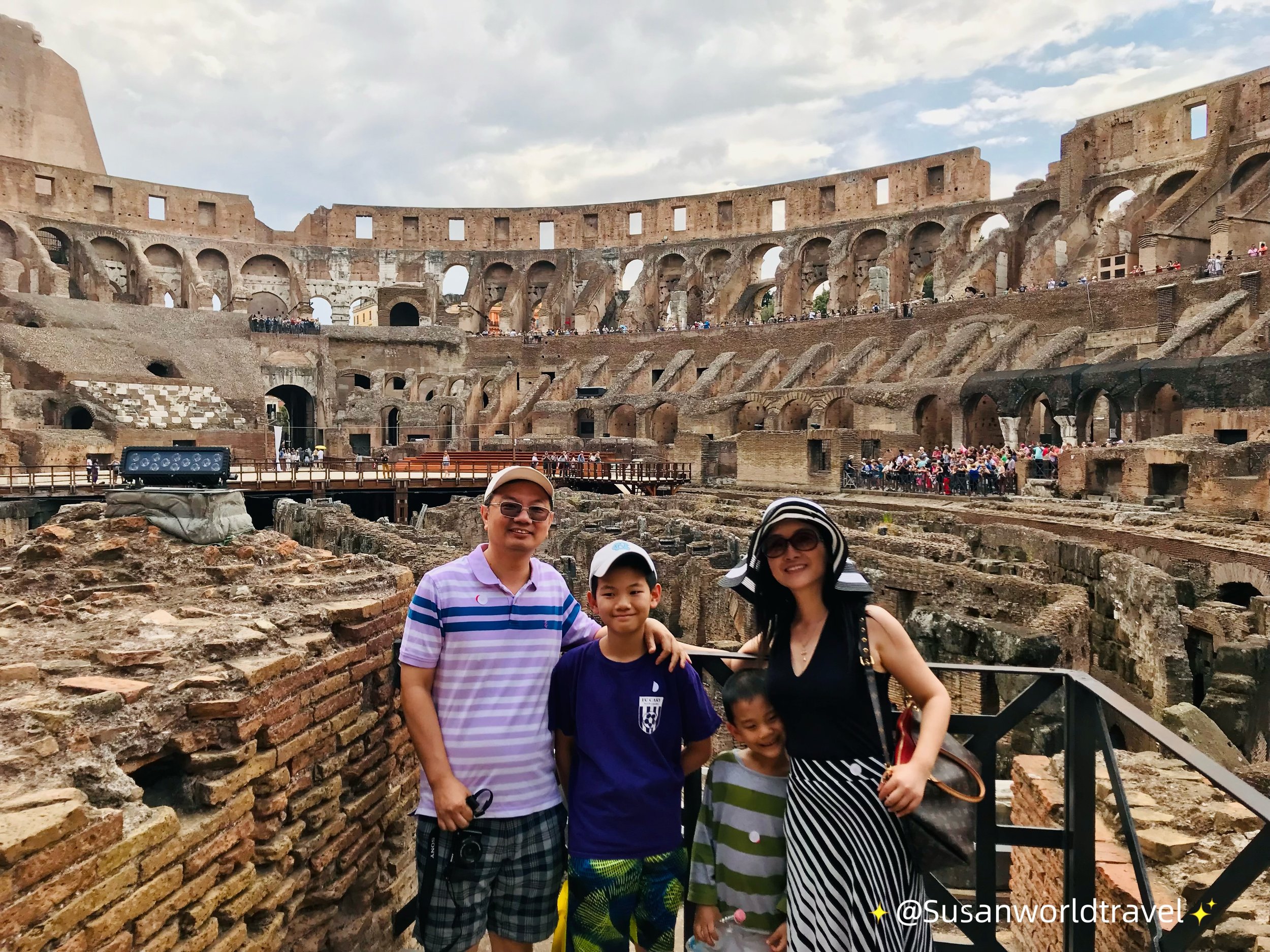

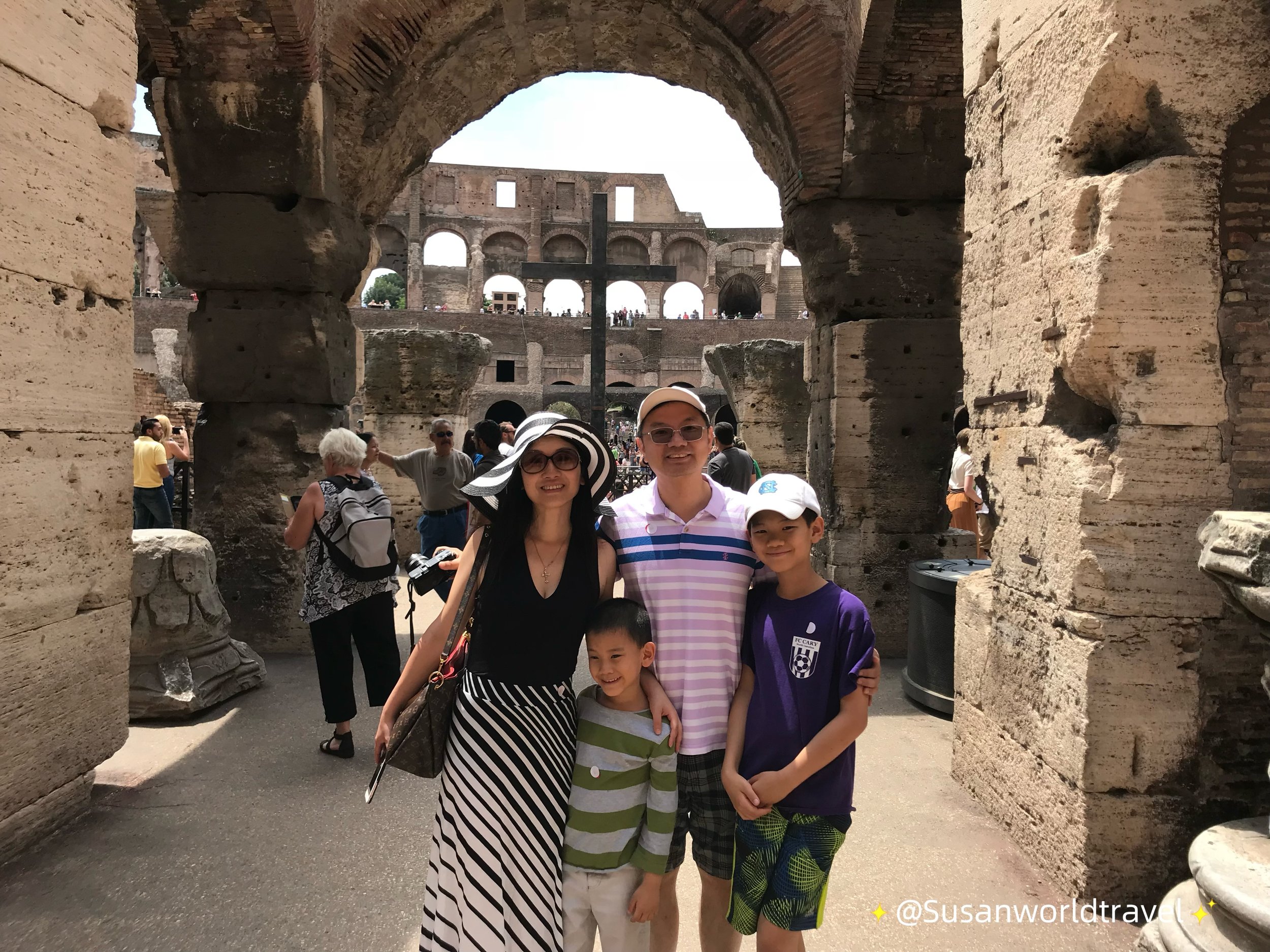
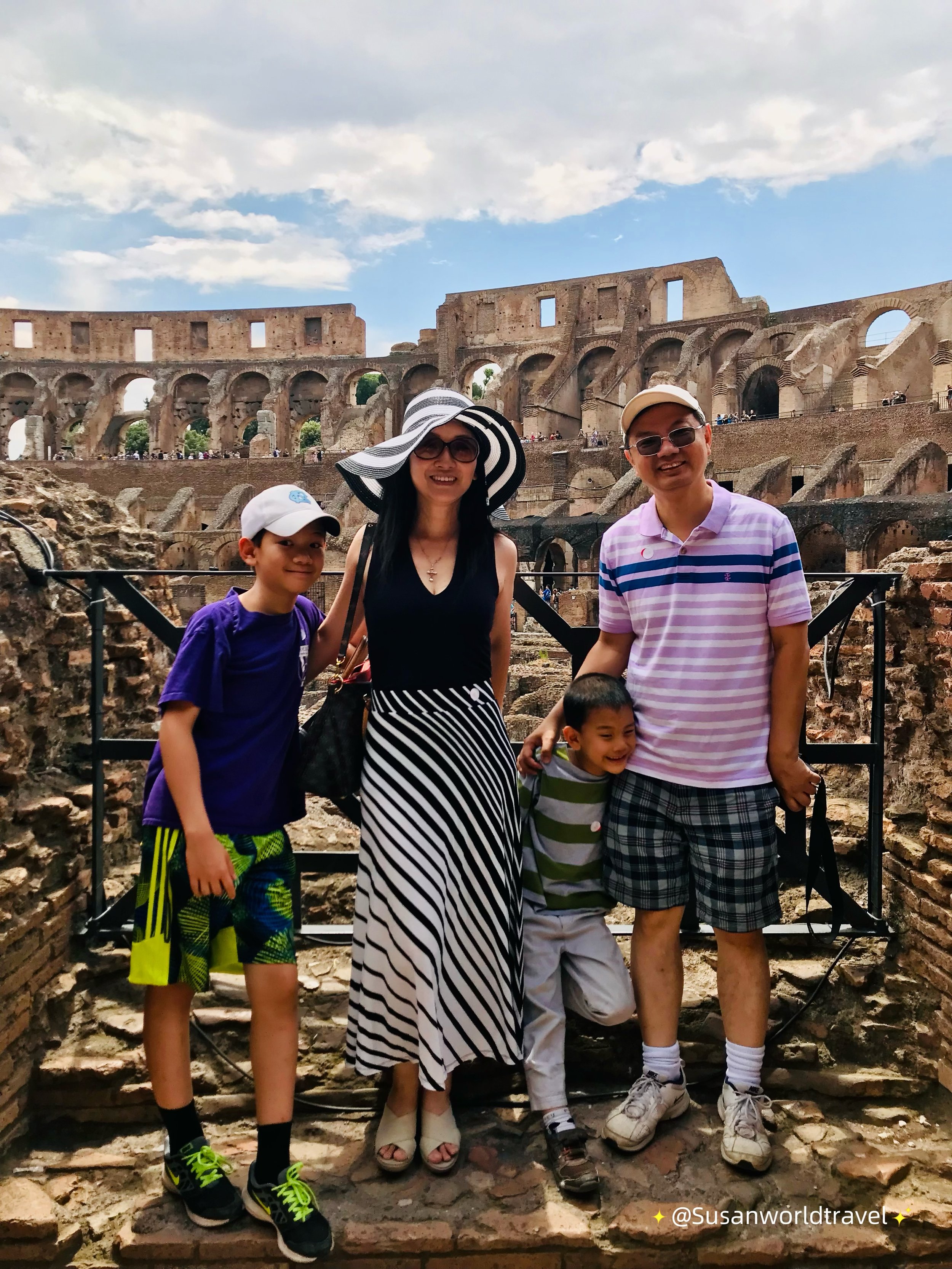
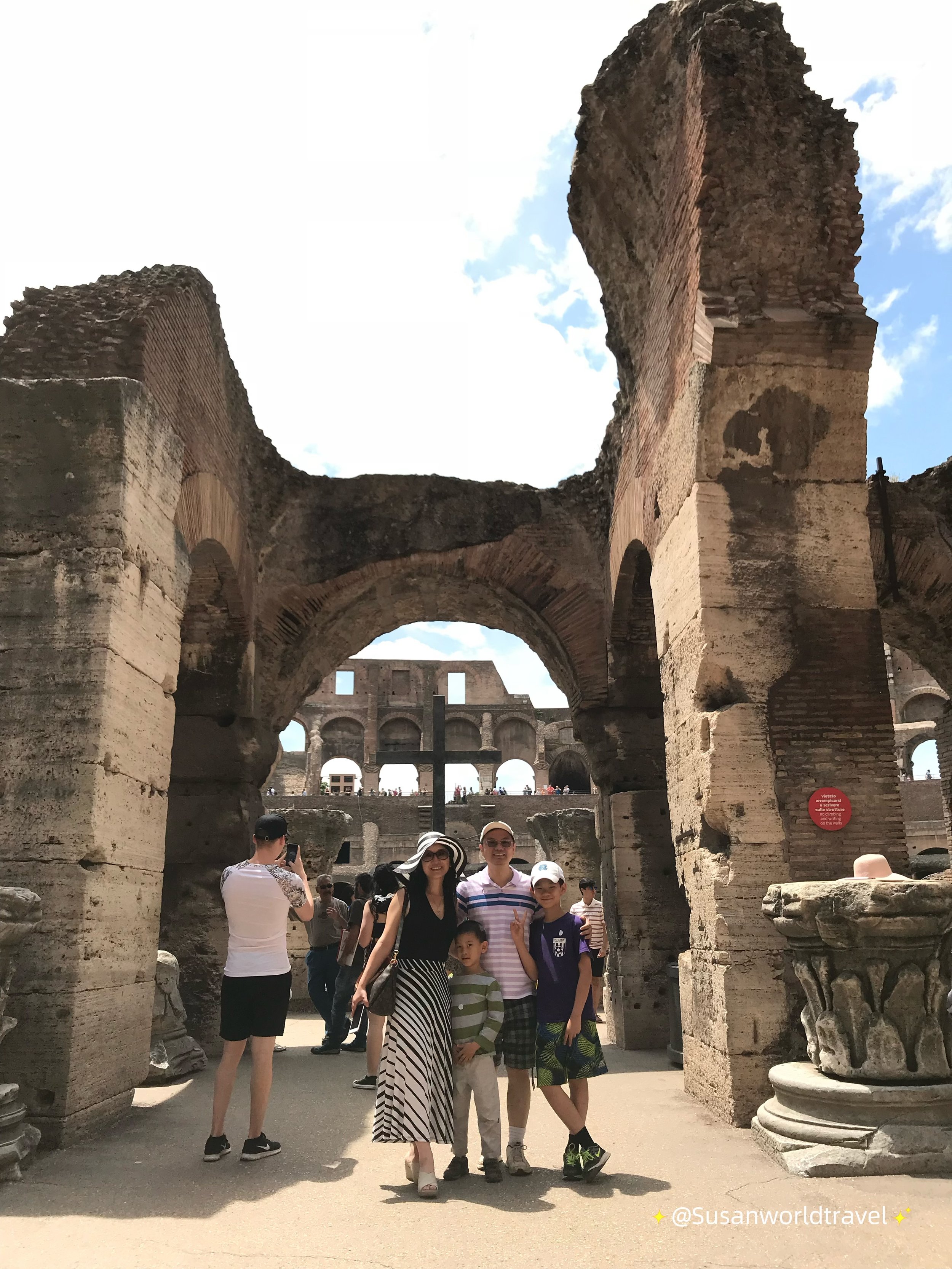
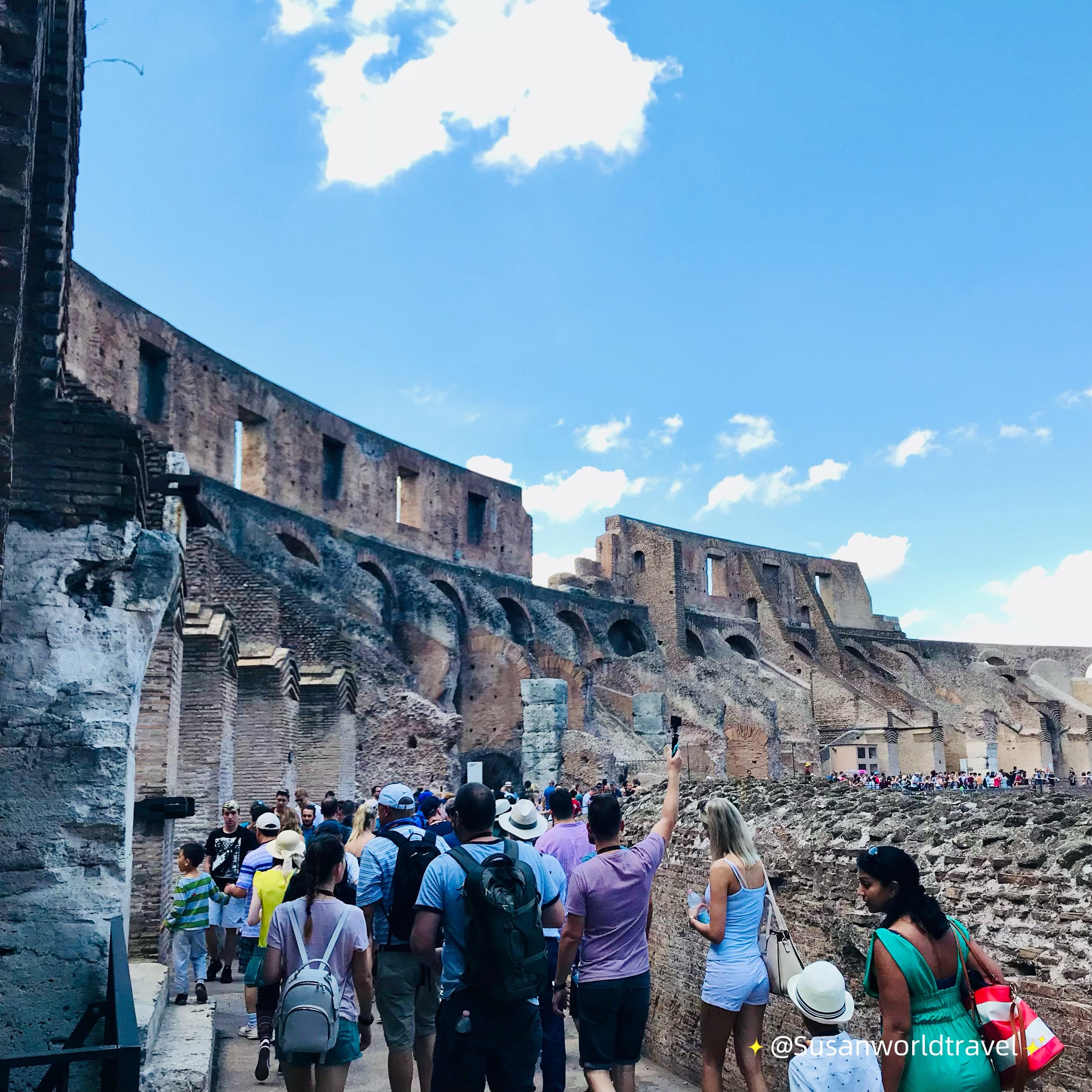
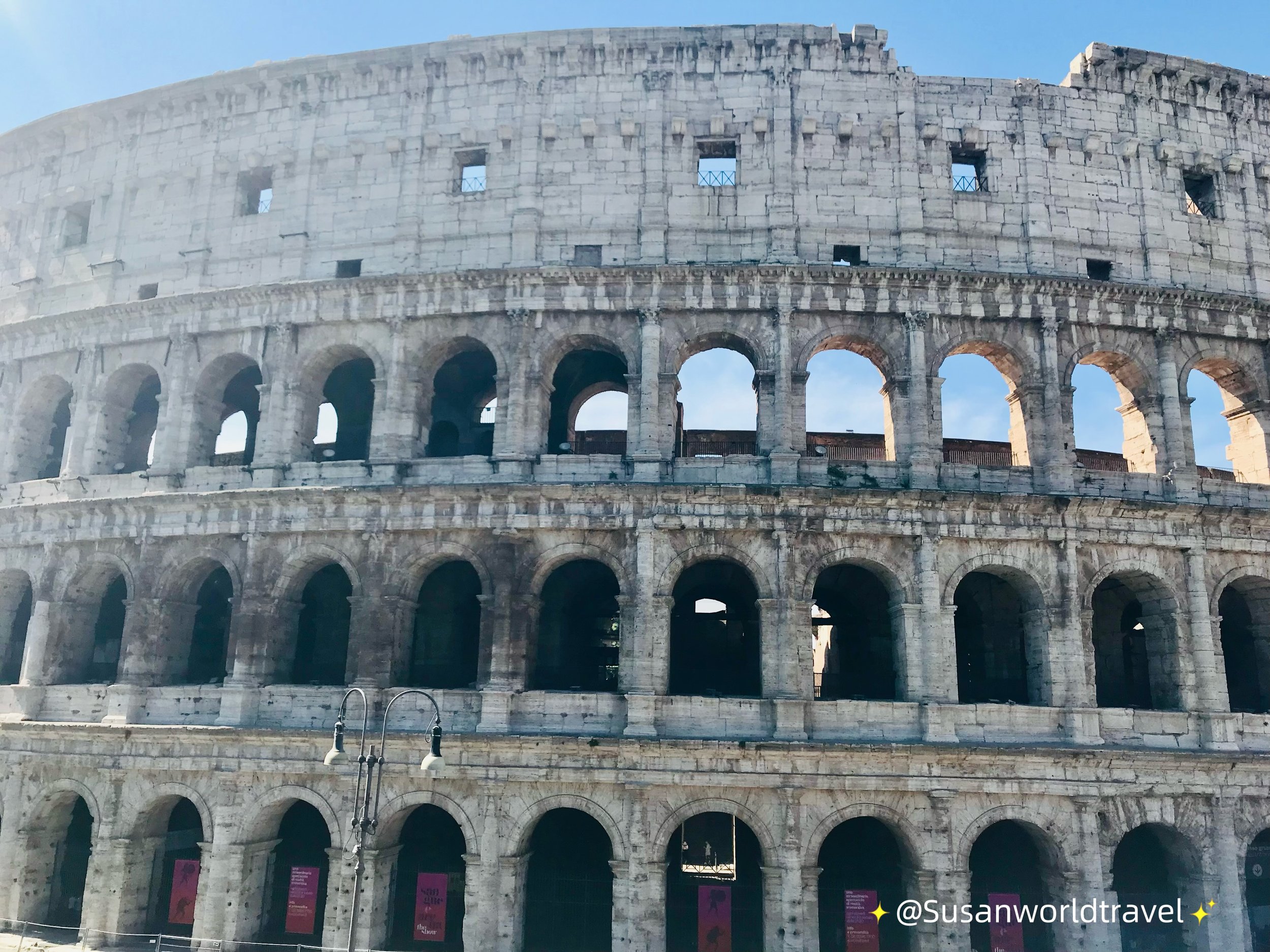
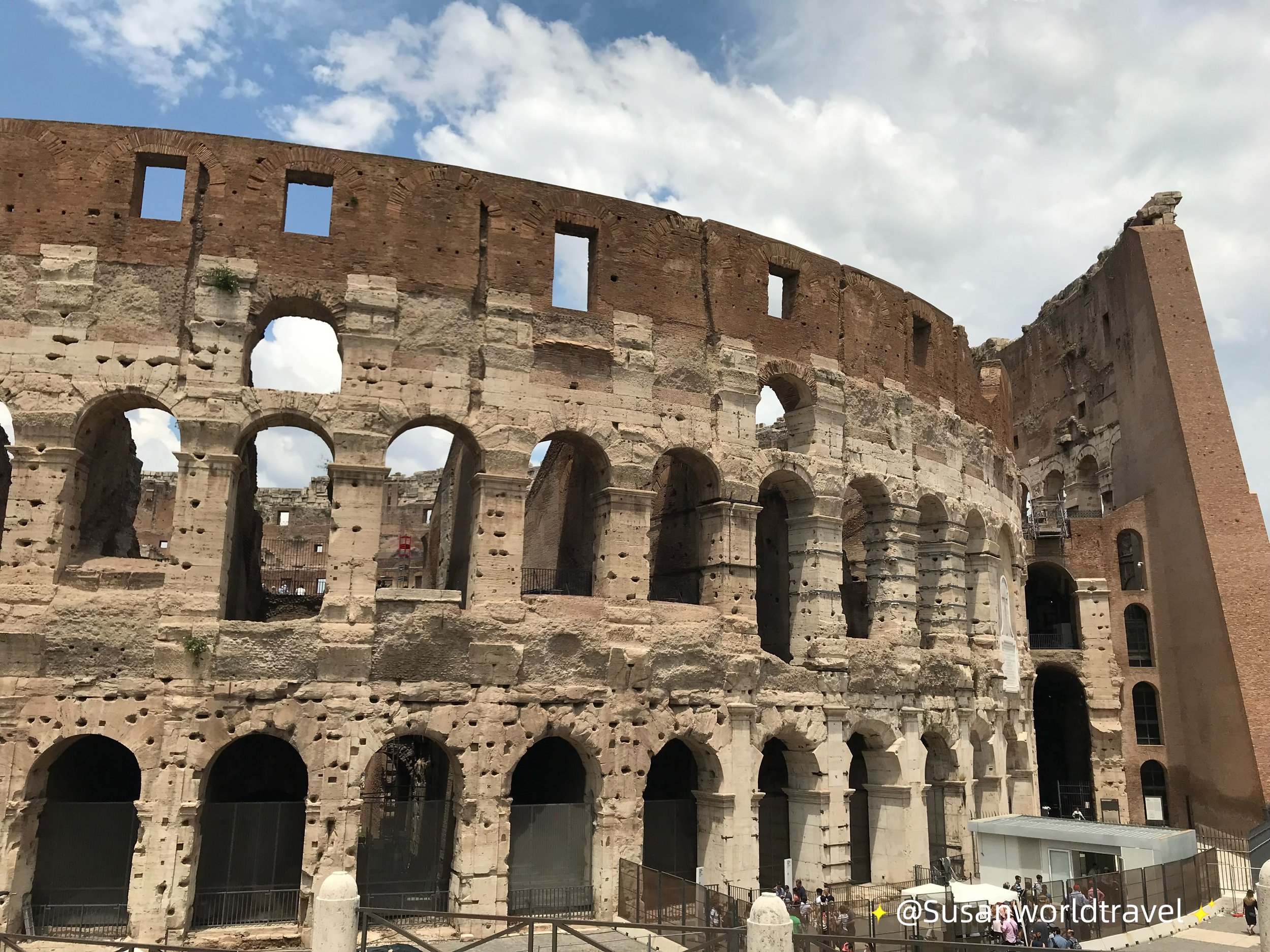
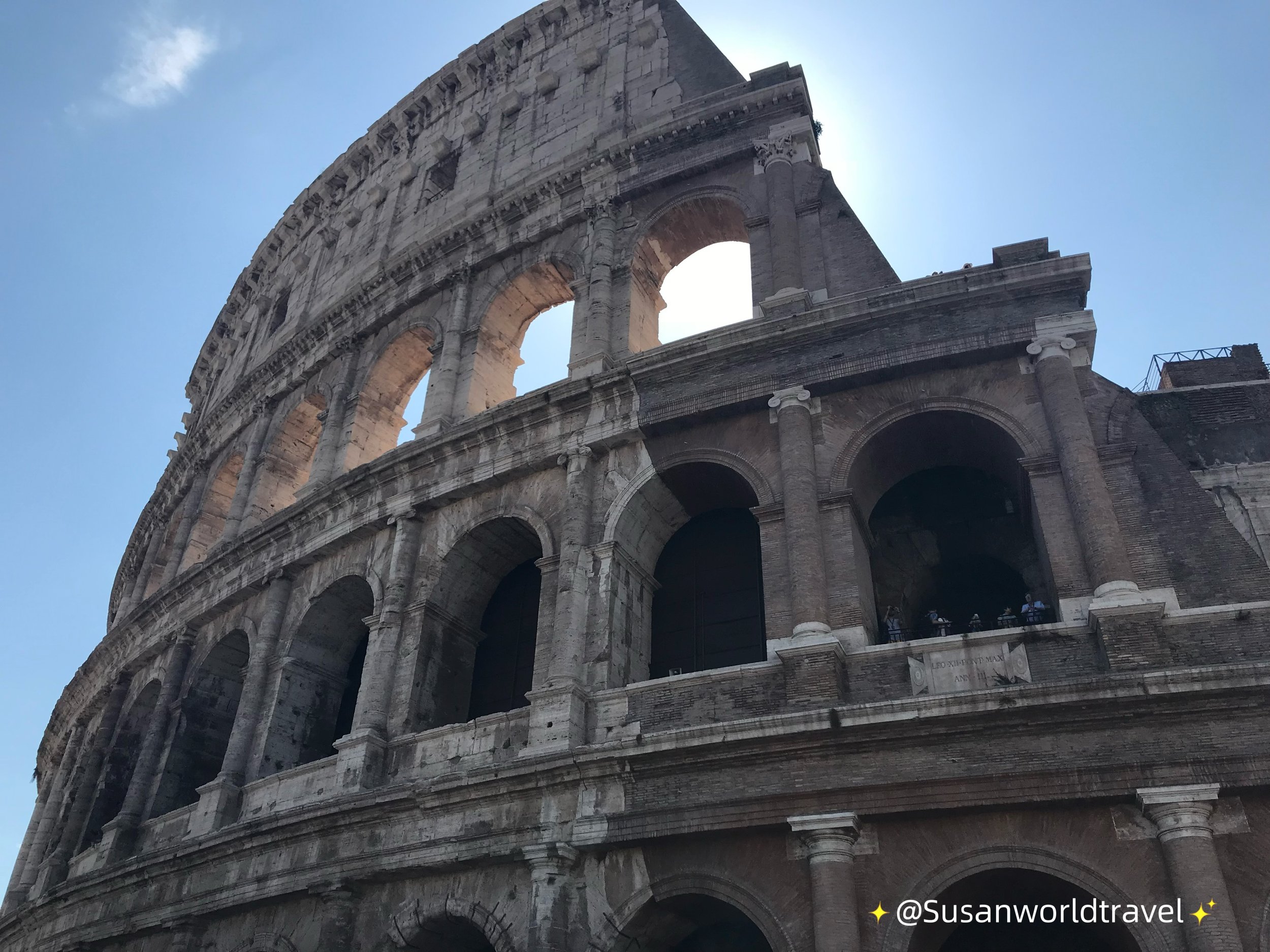
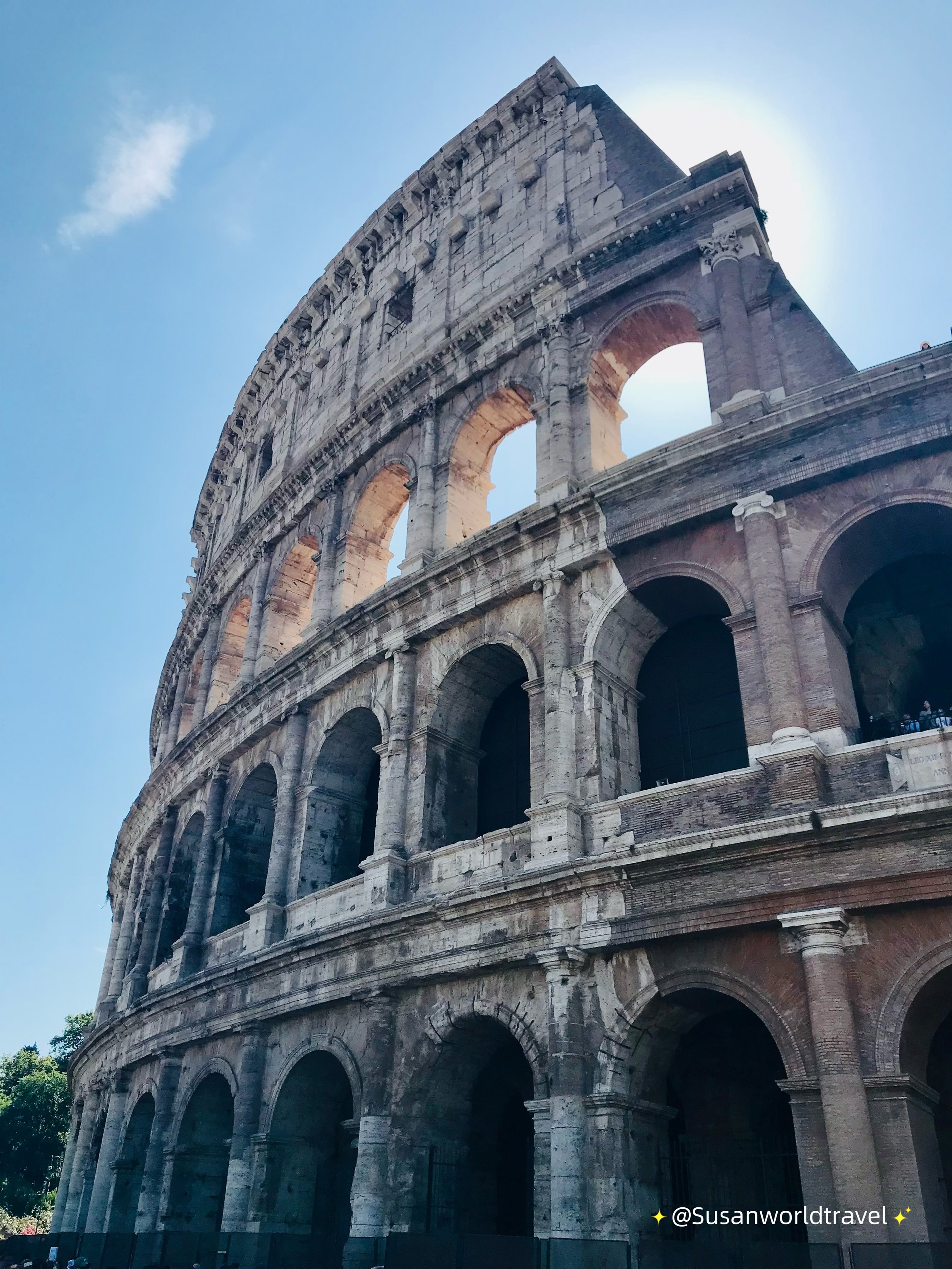
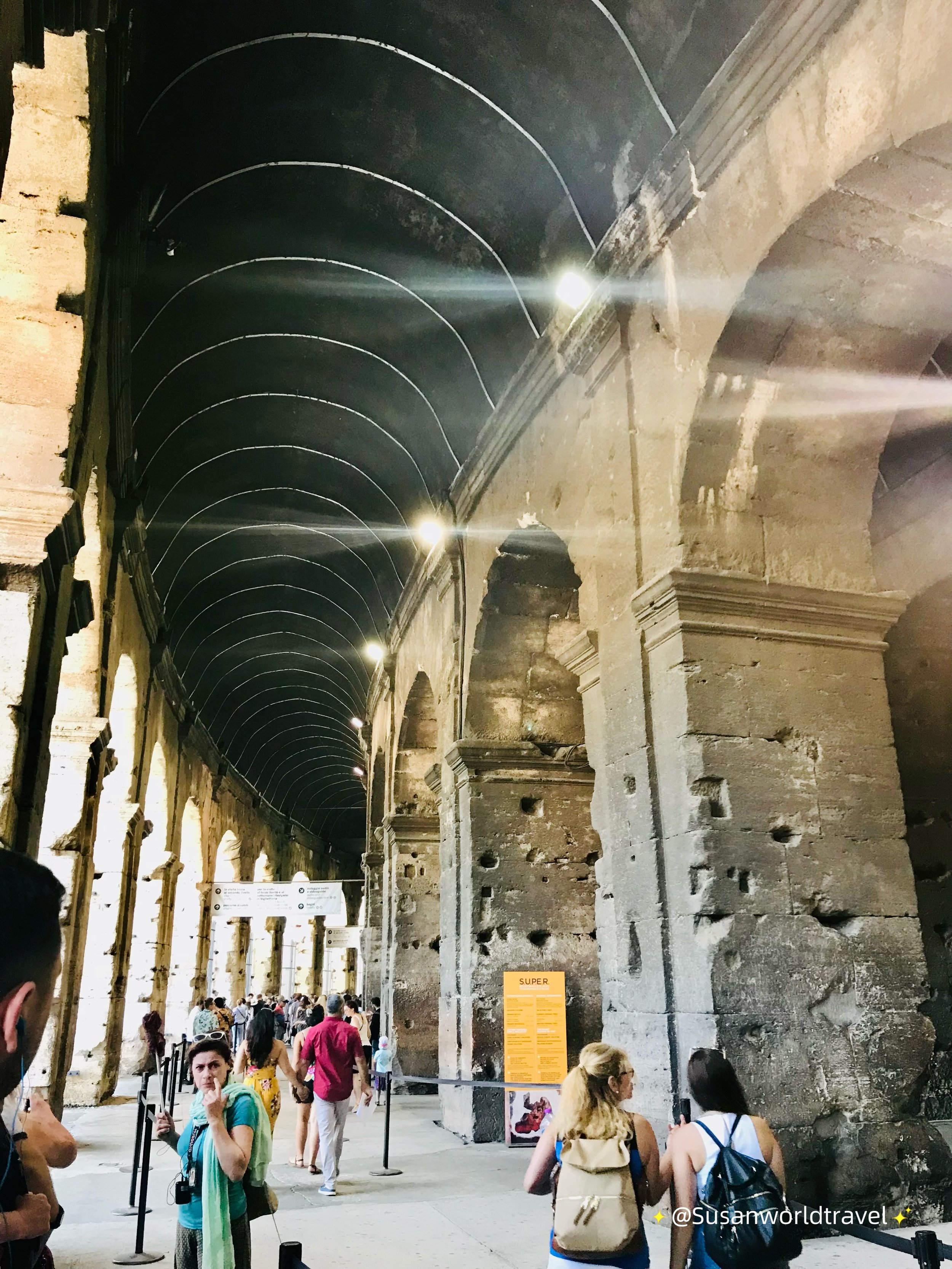
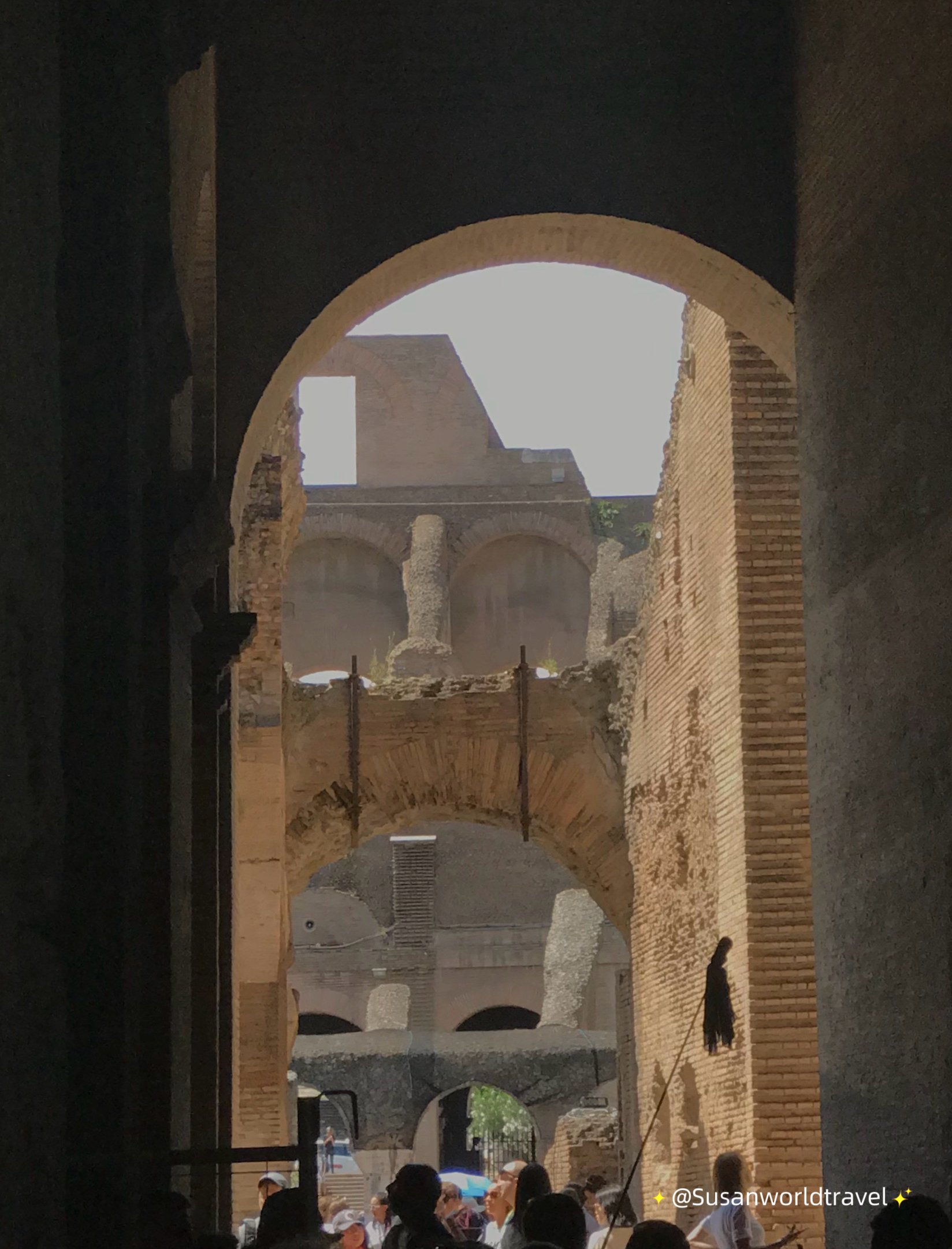
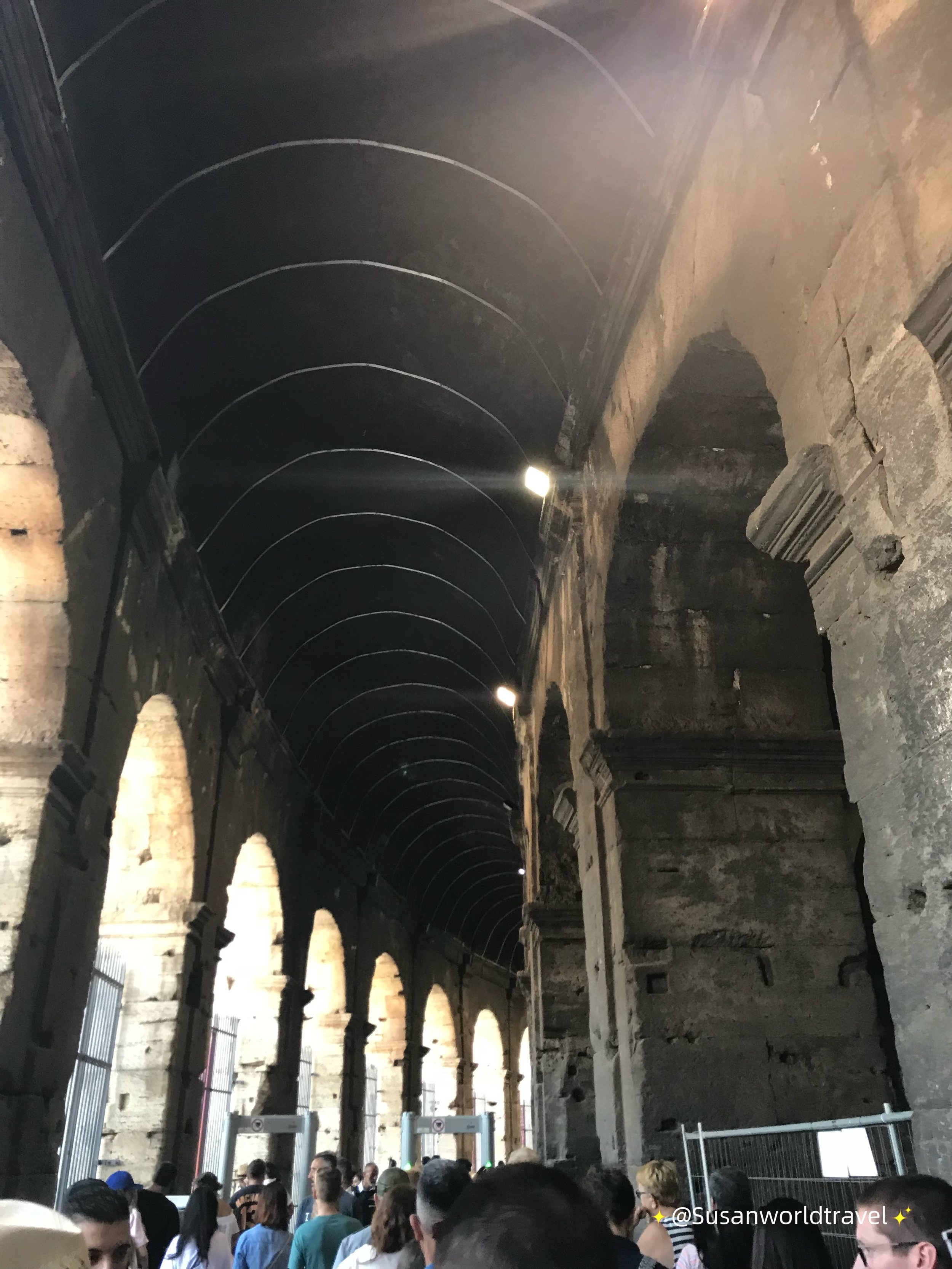
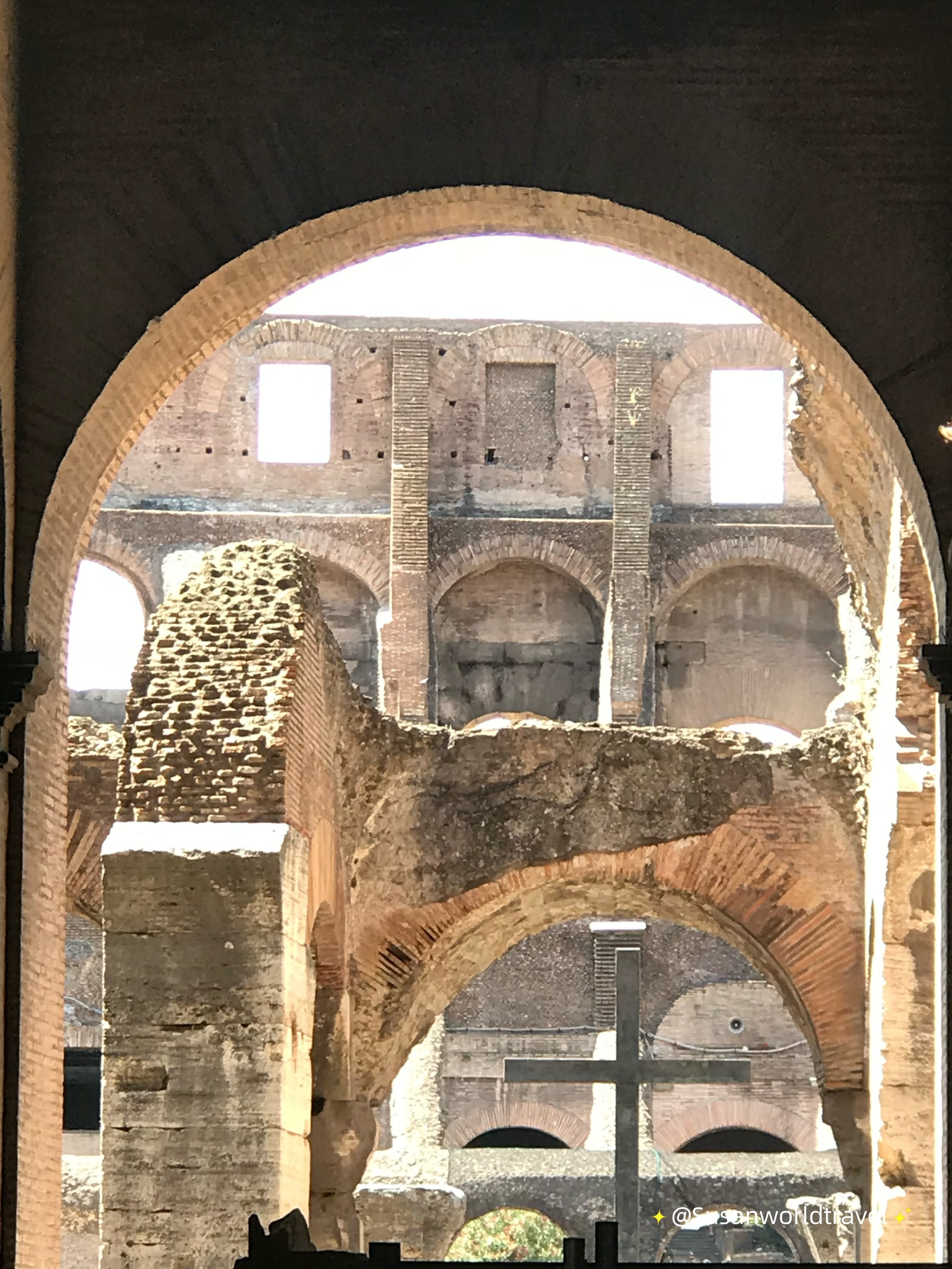
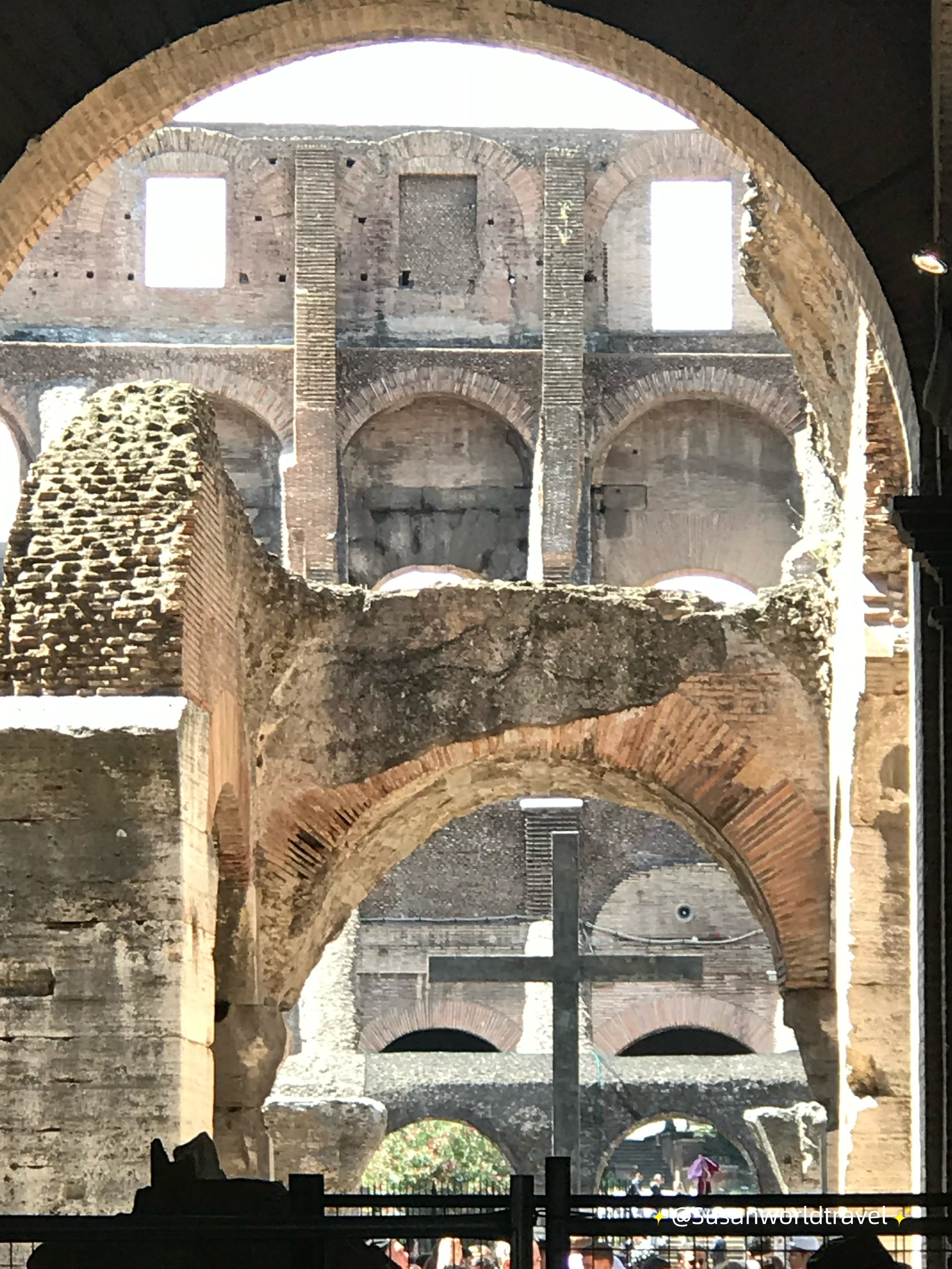
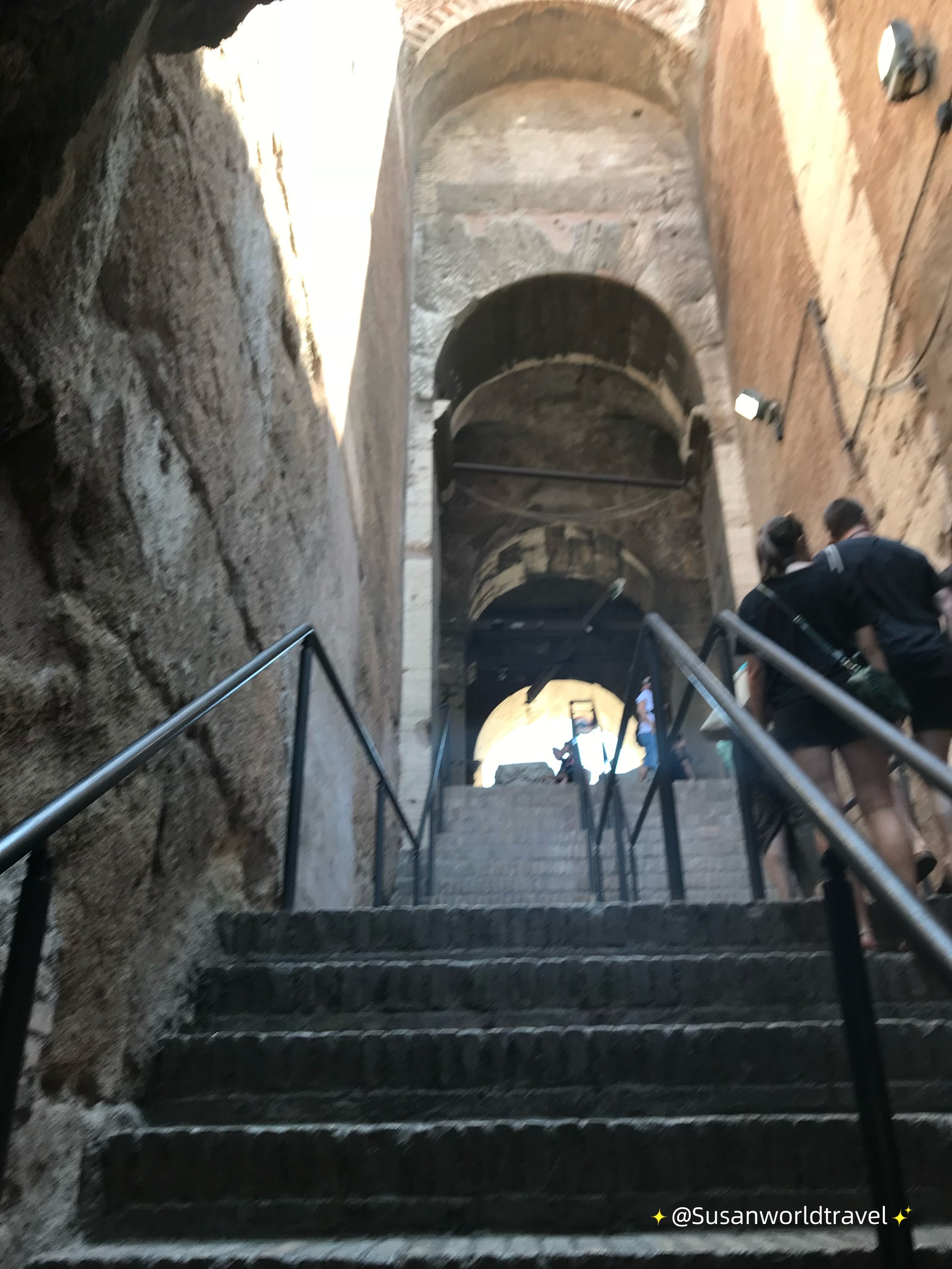
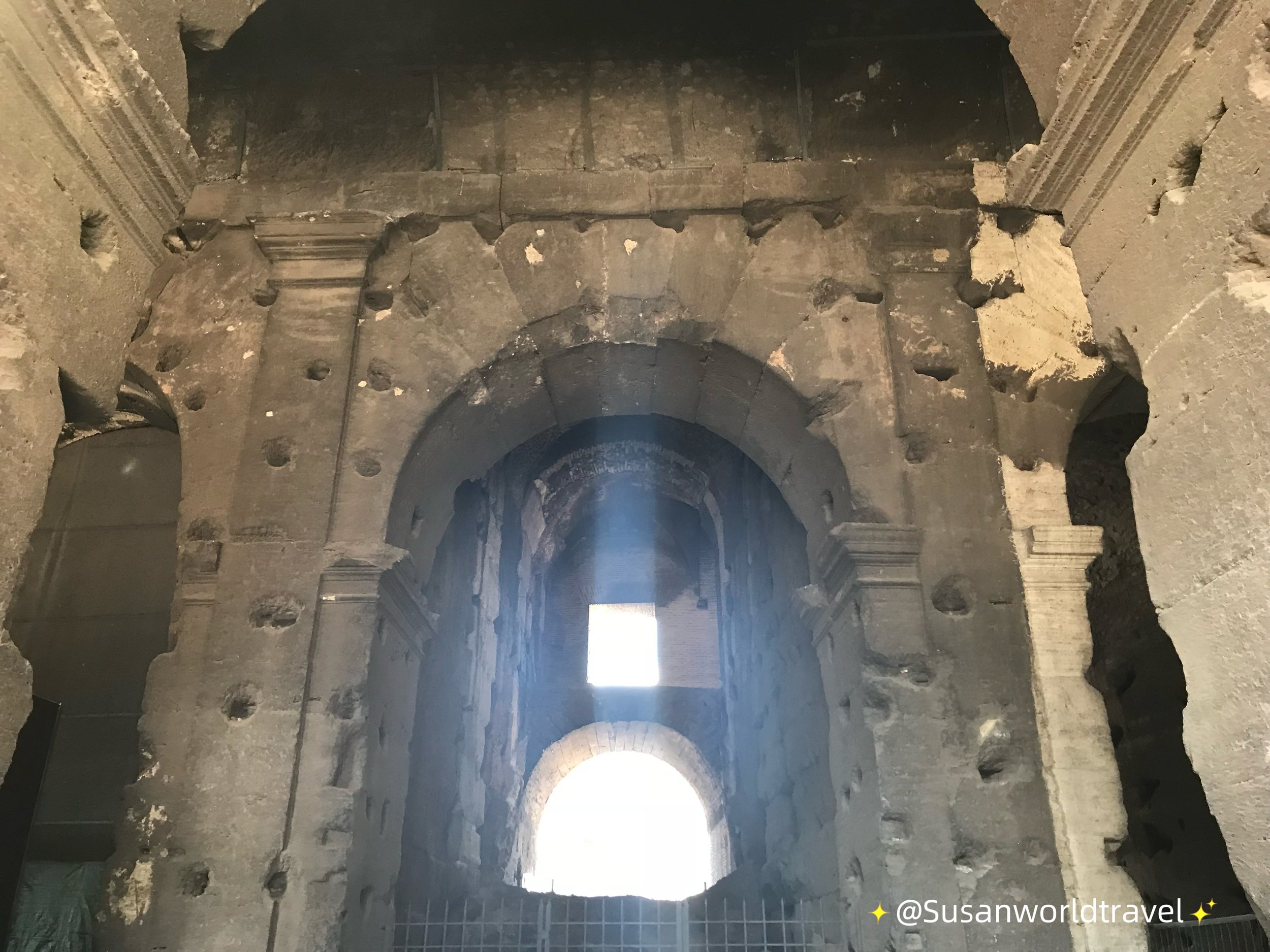

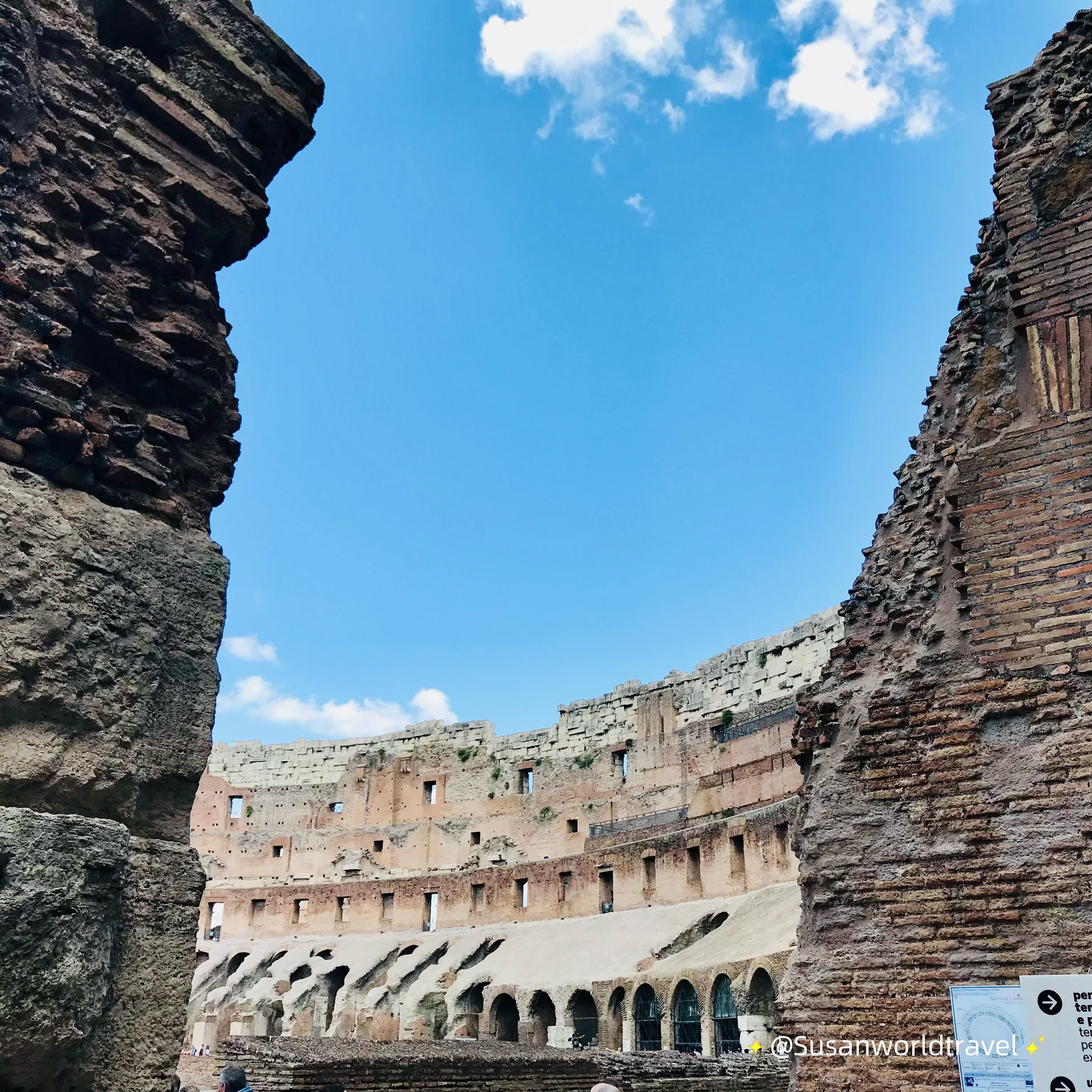

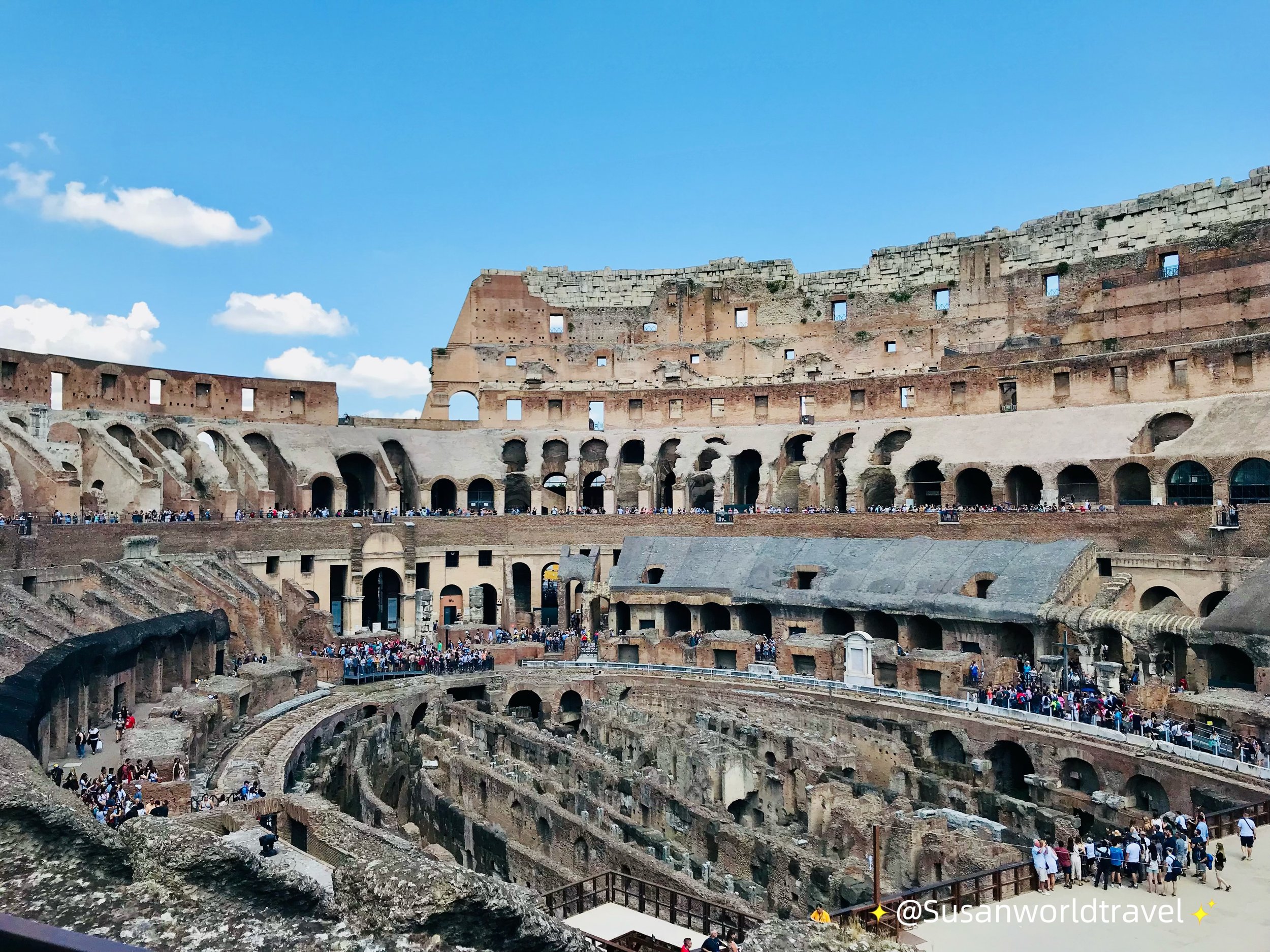
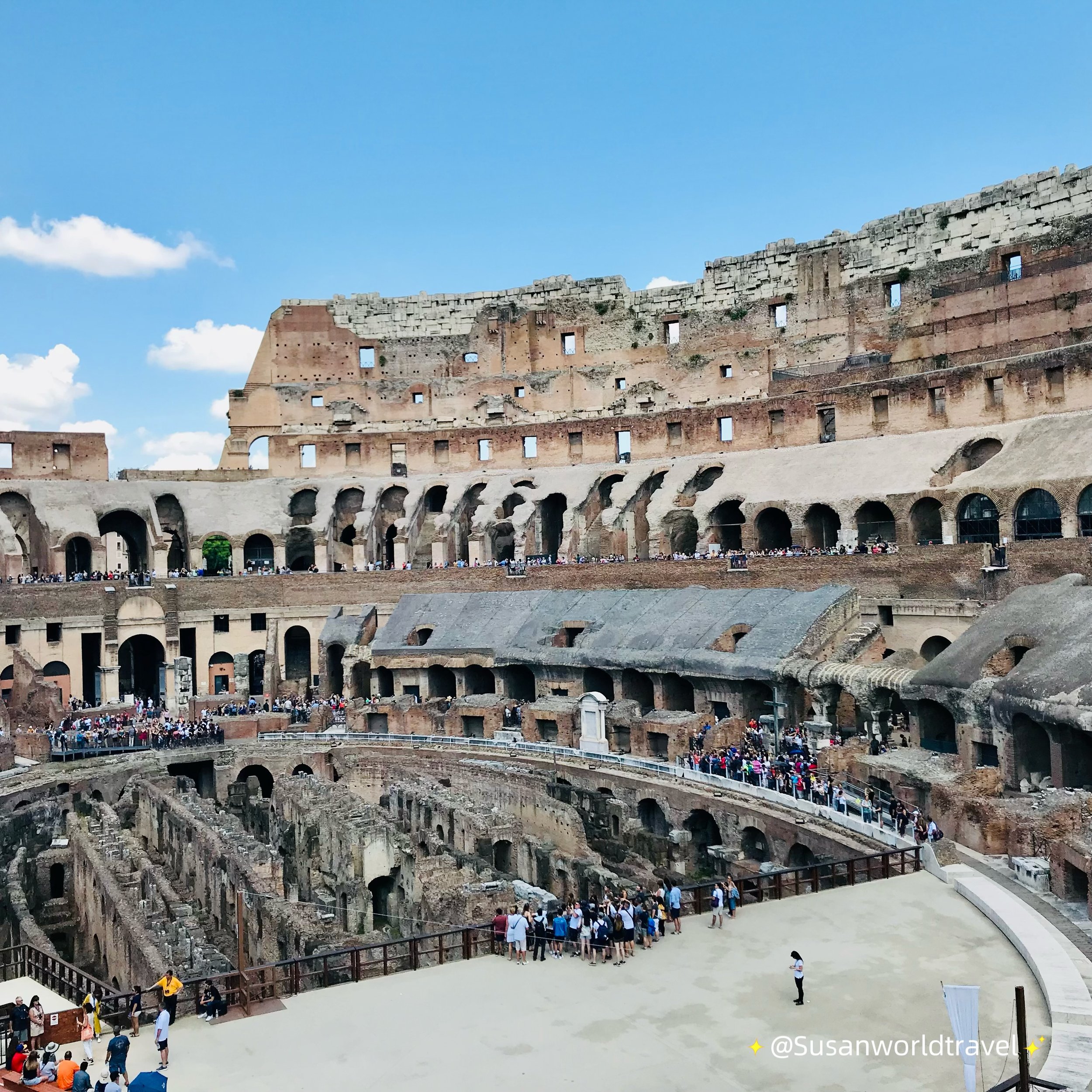
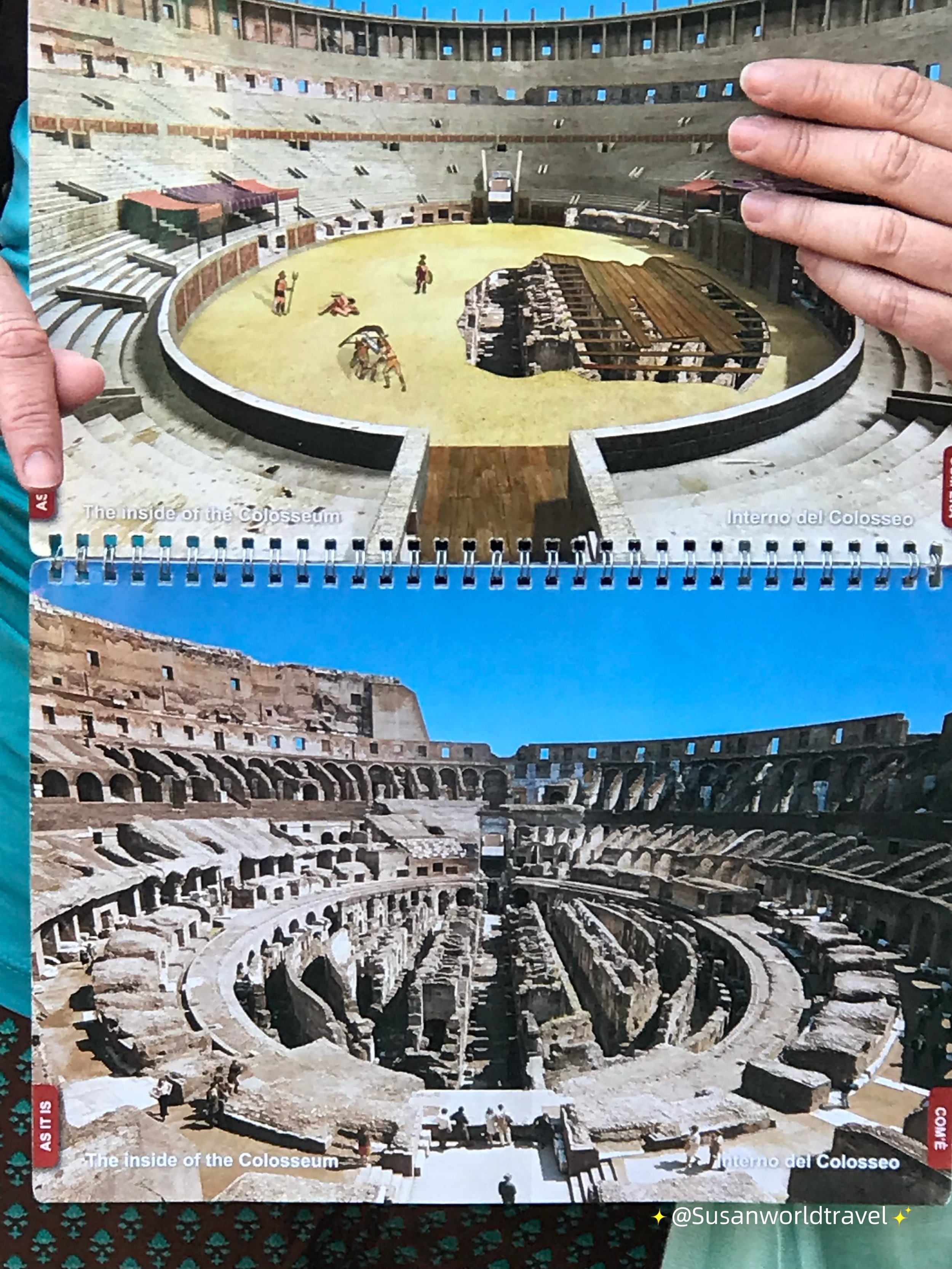
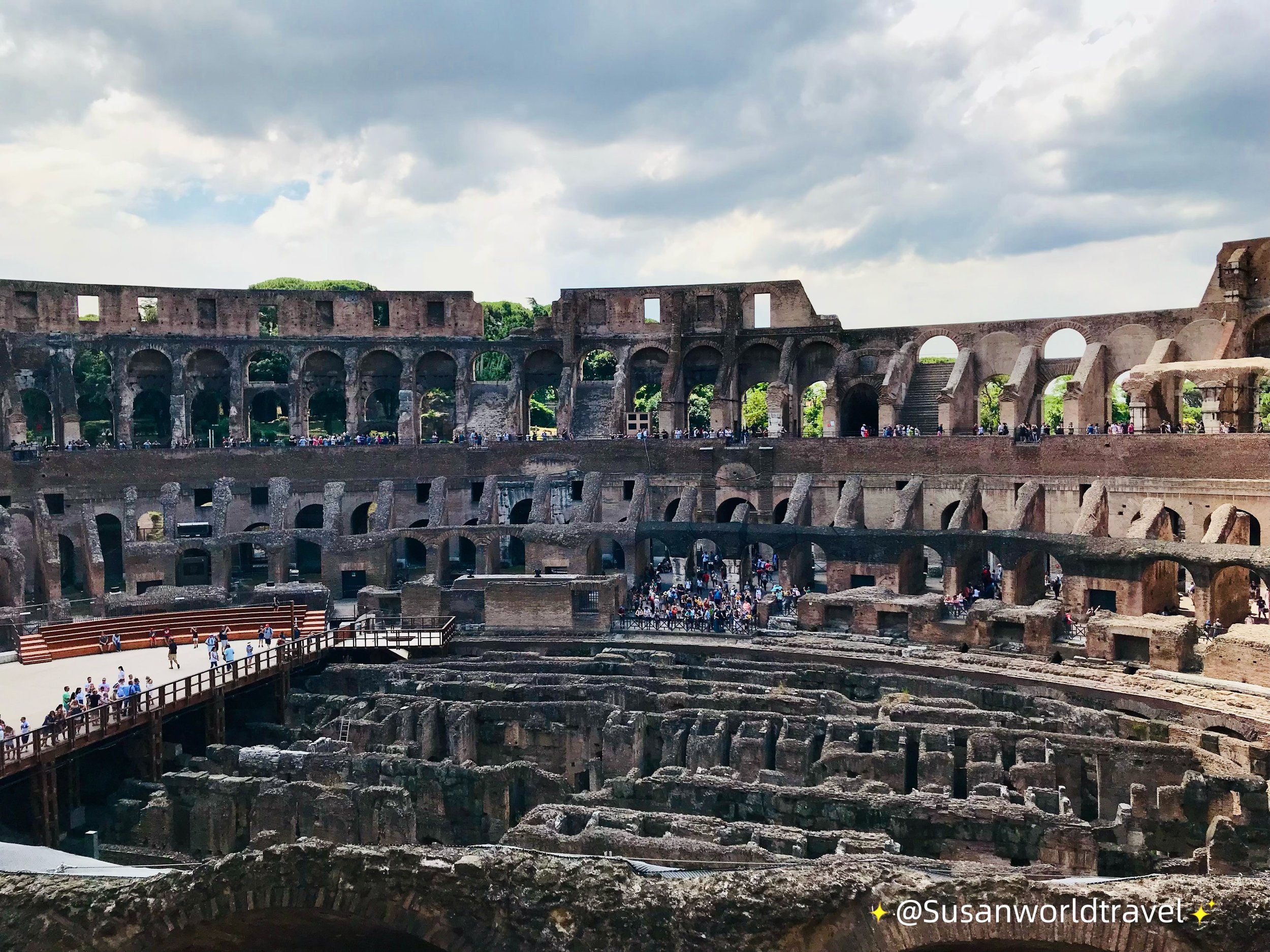
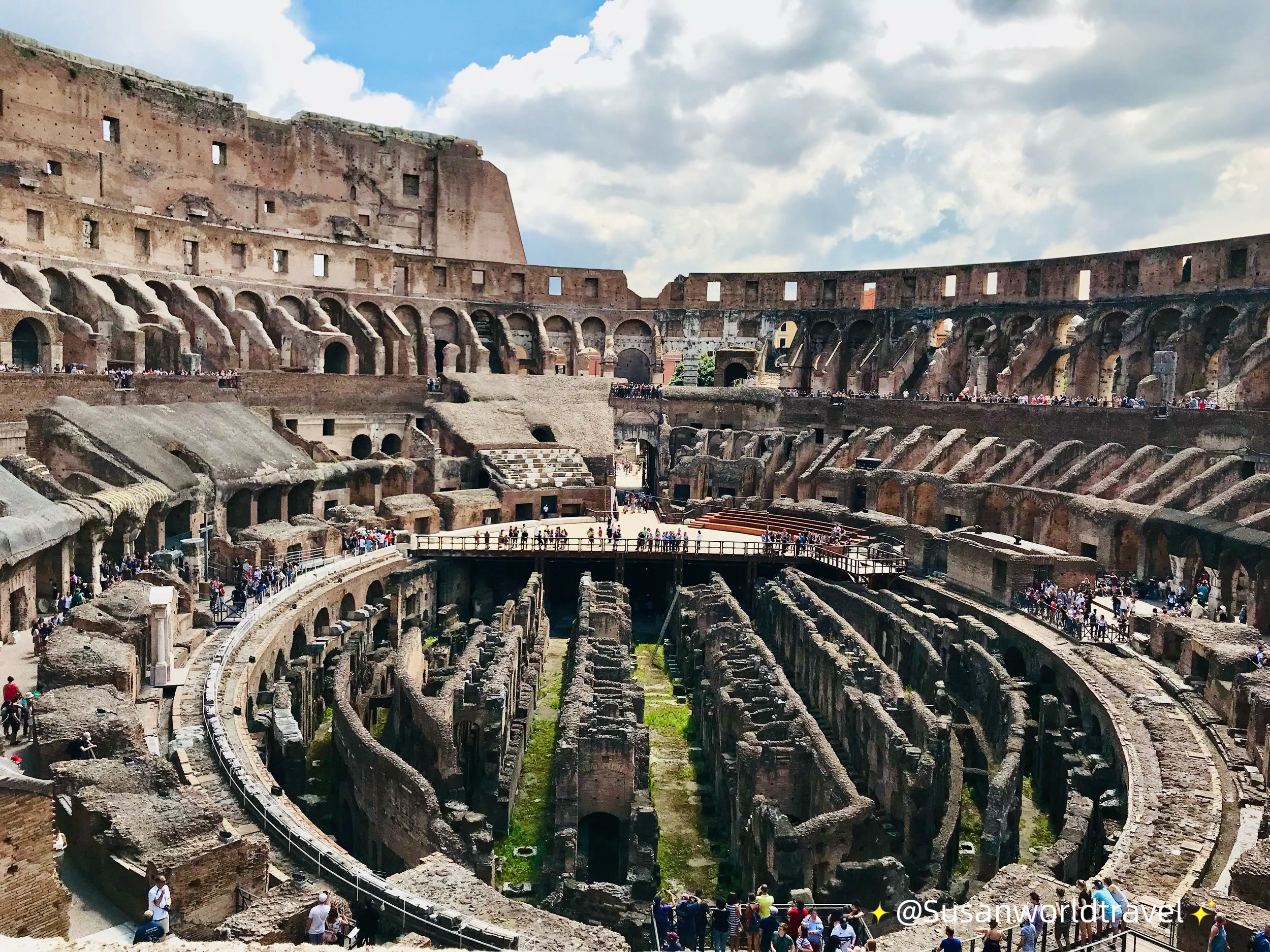
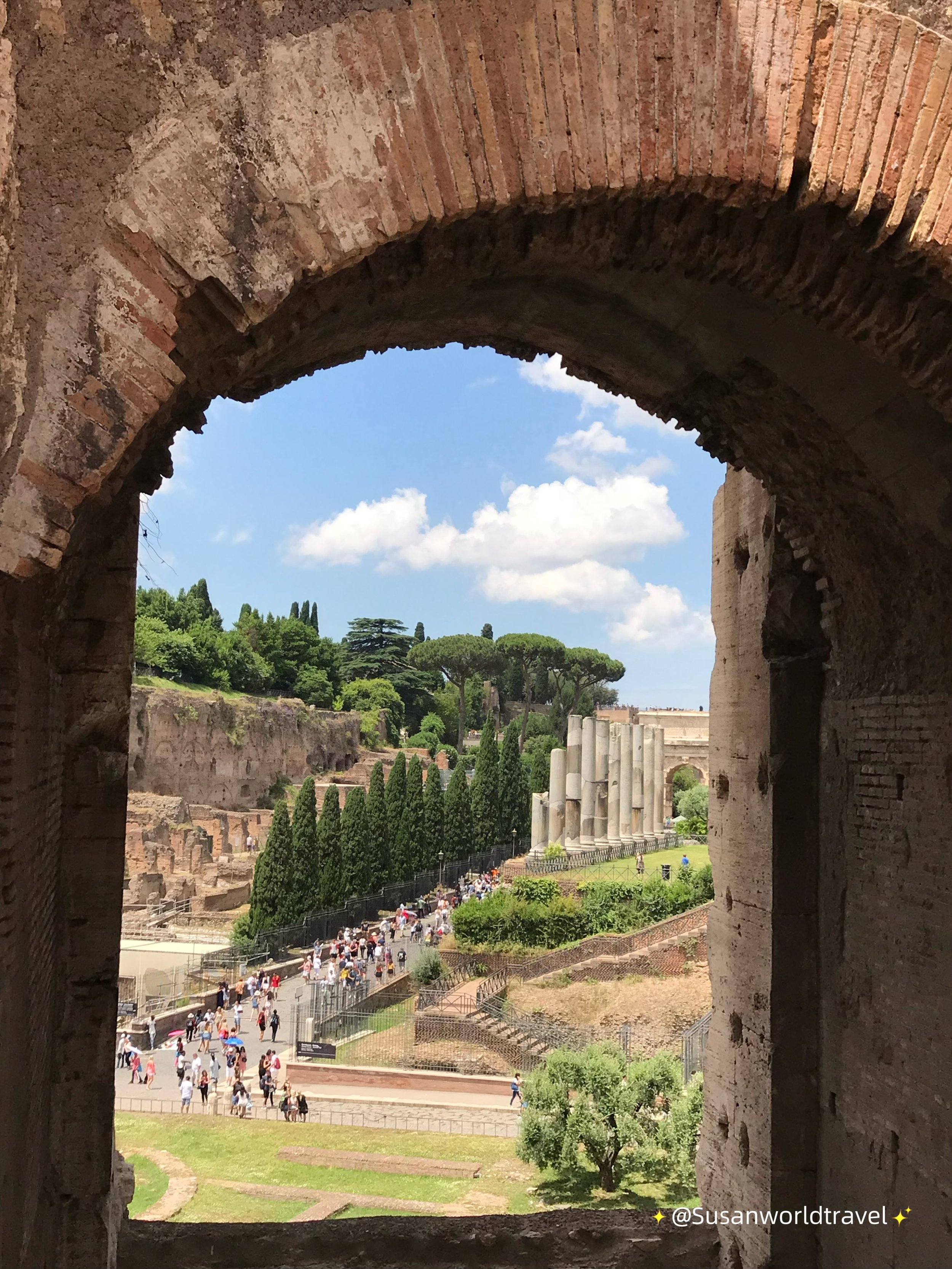
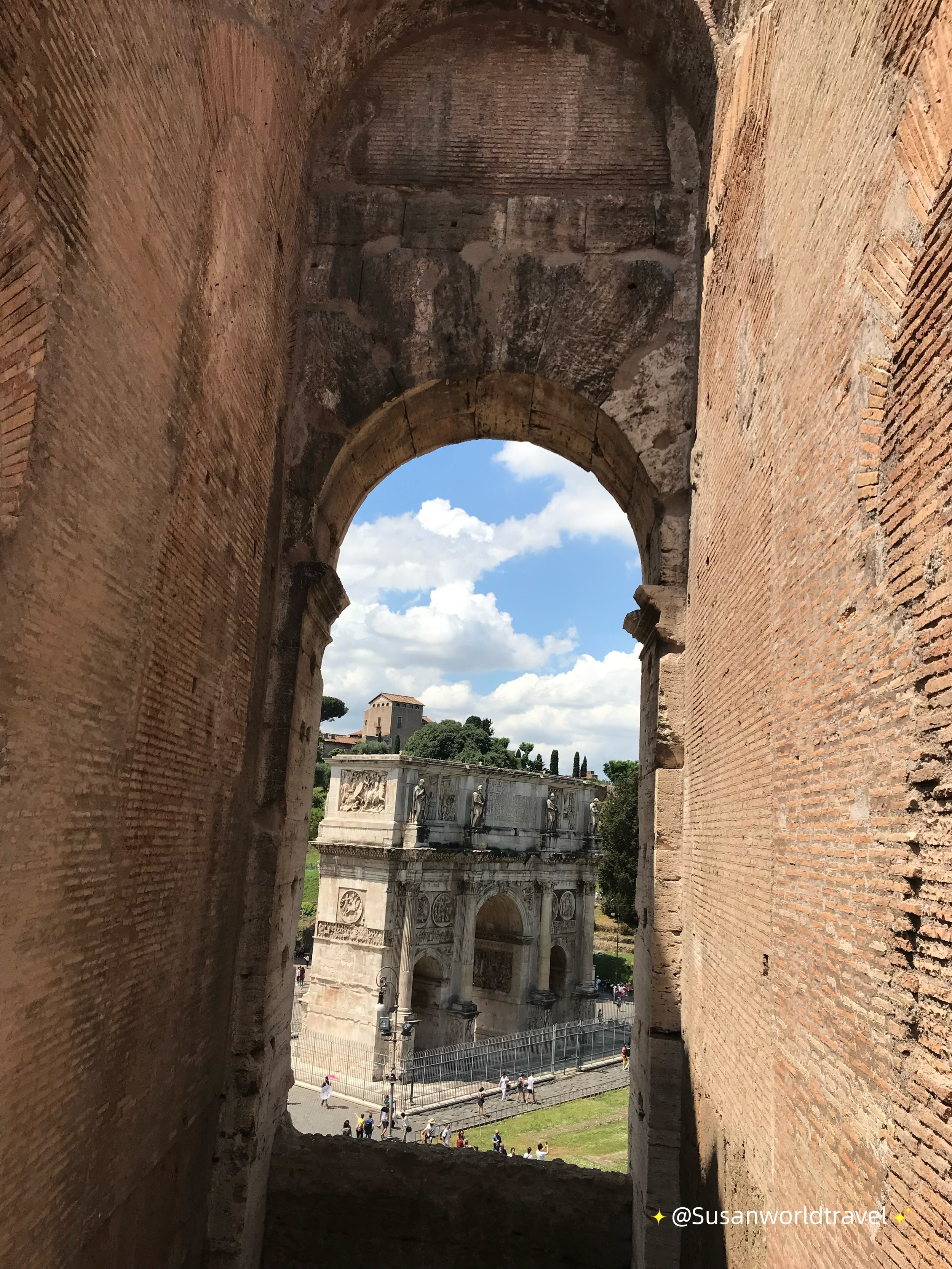
The Colosseum is one of Rome's most iconic landmarks and one of the greatest engineering feats of ancient Rome. Built between 70-80 AD under emperors Vespasian and Titus, it was originally known as the Flavian Amphitheatre. This massive structure could hold up to 50,000 spectators, who gathered to watch gladiator fights, animal hunts, mock naval battles, and public executions. The Colosseum’s tiered seating was designed to accommodate different social classes, from the elite to the general public.
The amphitheater’s impressive design includes a complex system of corridors and elevators that allowed for smooth movement of both performers and animals. Although it has been damaged by earthquakes and looting over the centuries, the Colosseum remains a symbol of Roman grandeur and brutality. Today, it’s one of the most visited attractions in the world, giving visitors a glimpse into the spectacle and drama of ancient Roman entertainment.

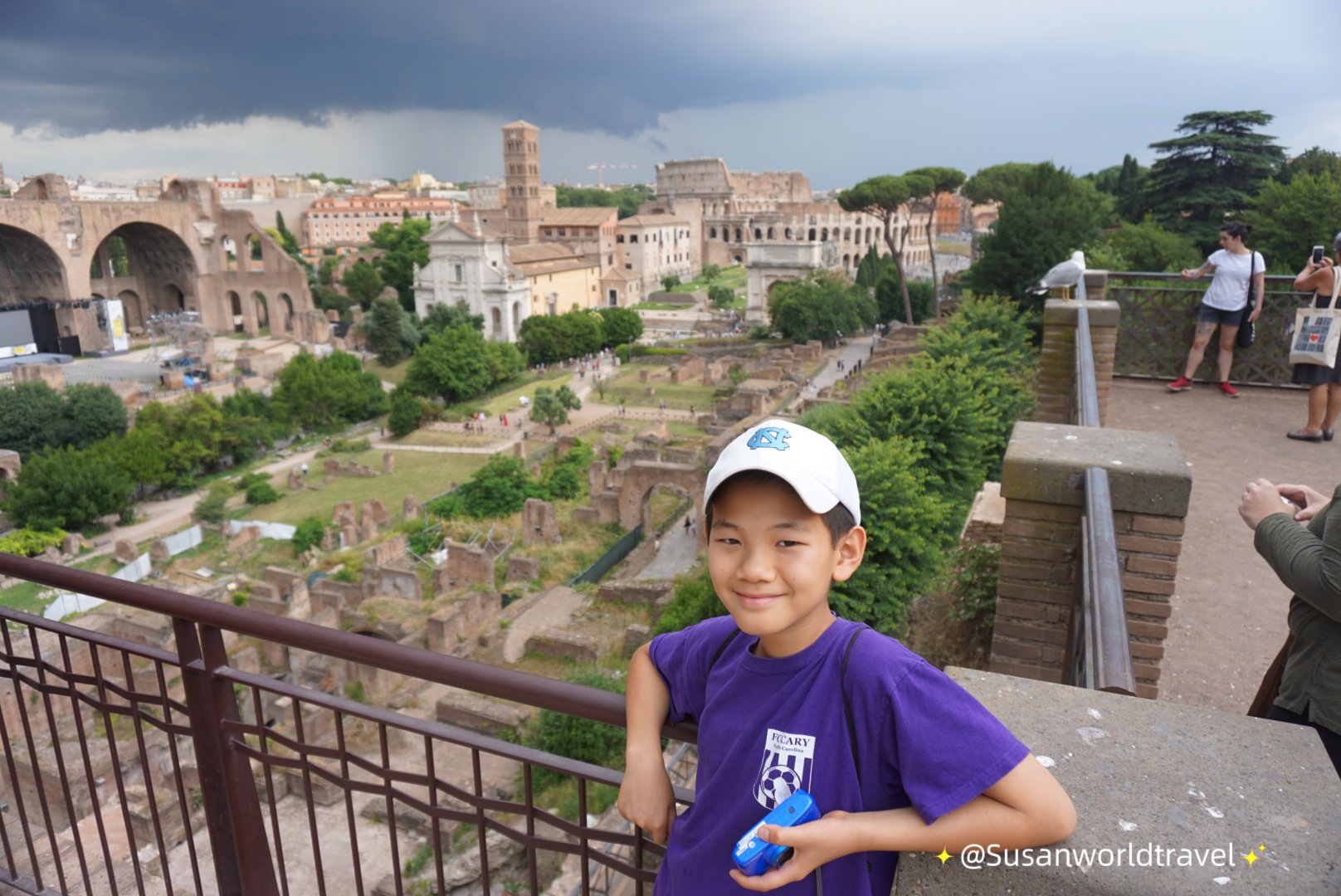
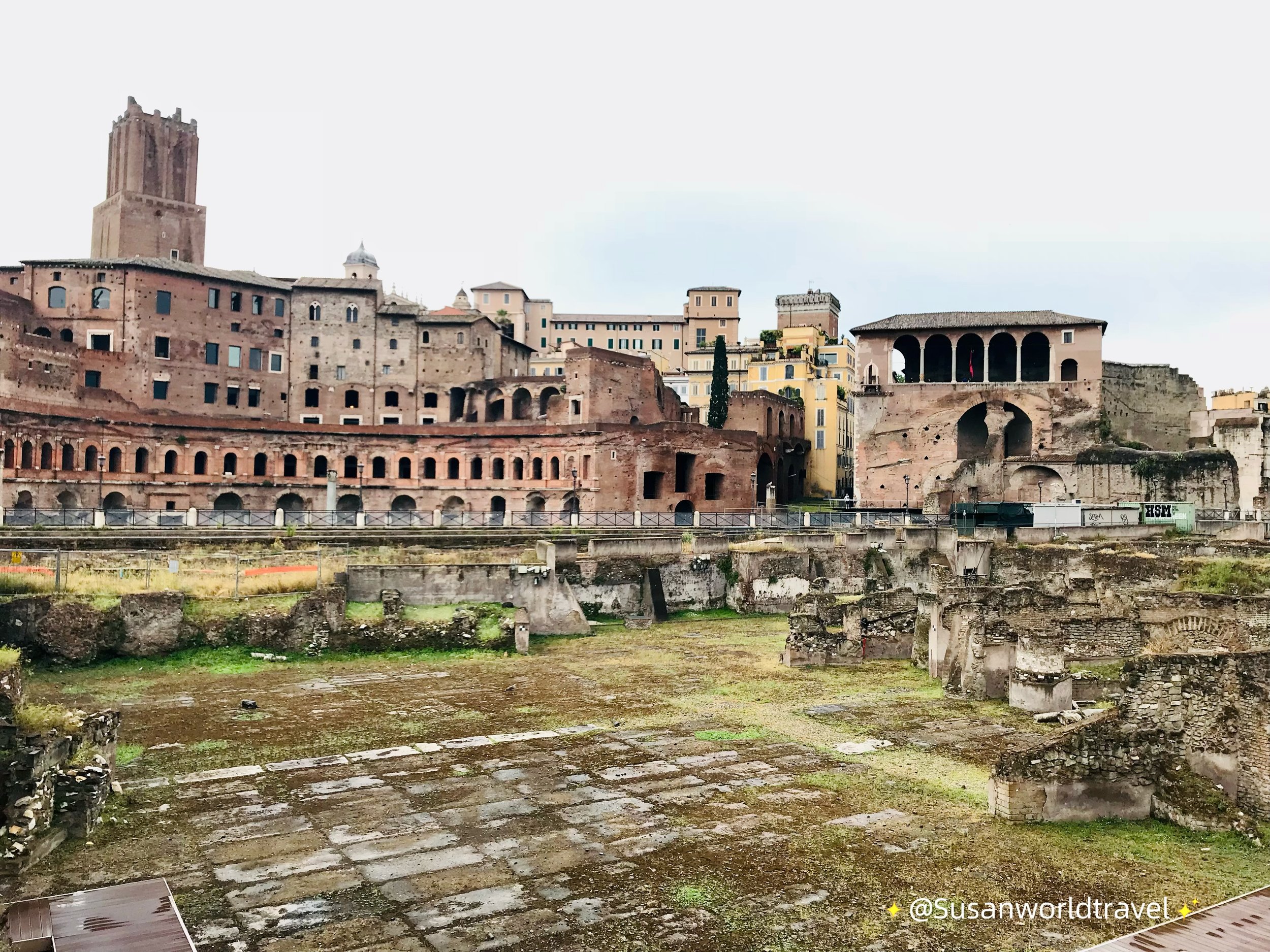
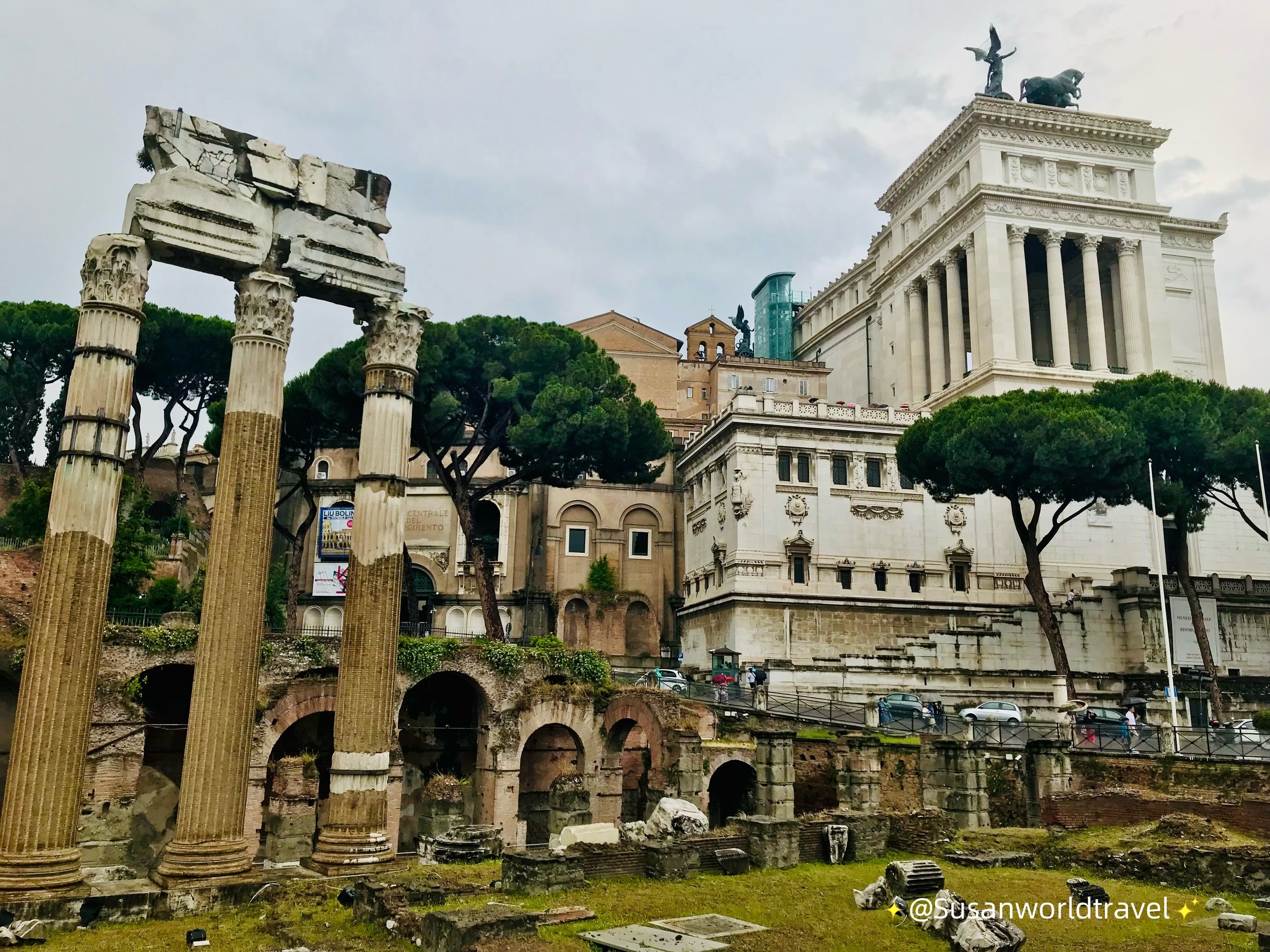

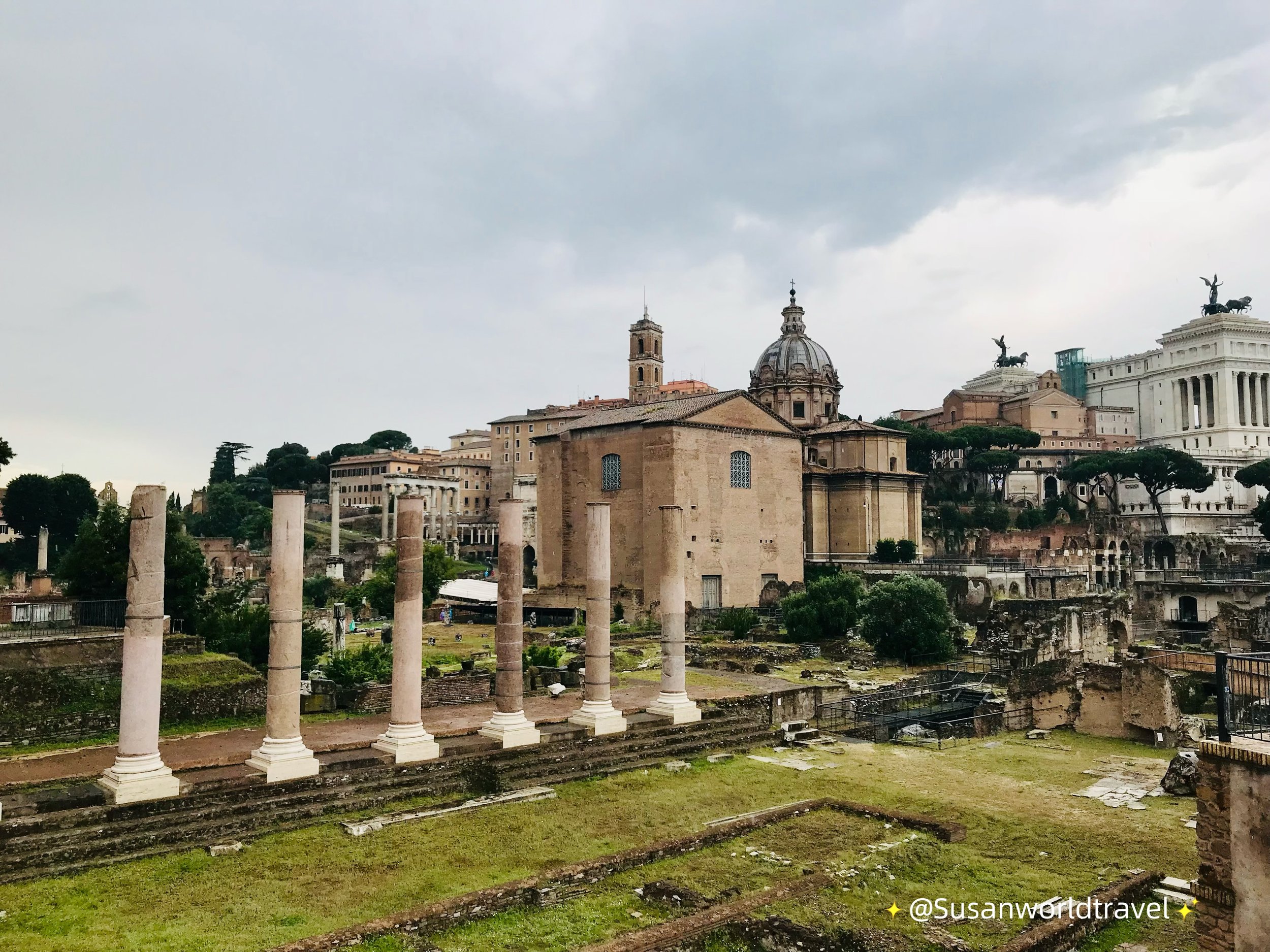
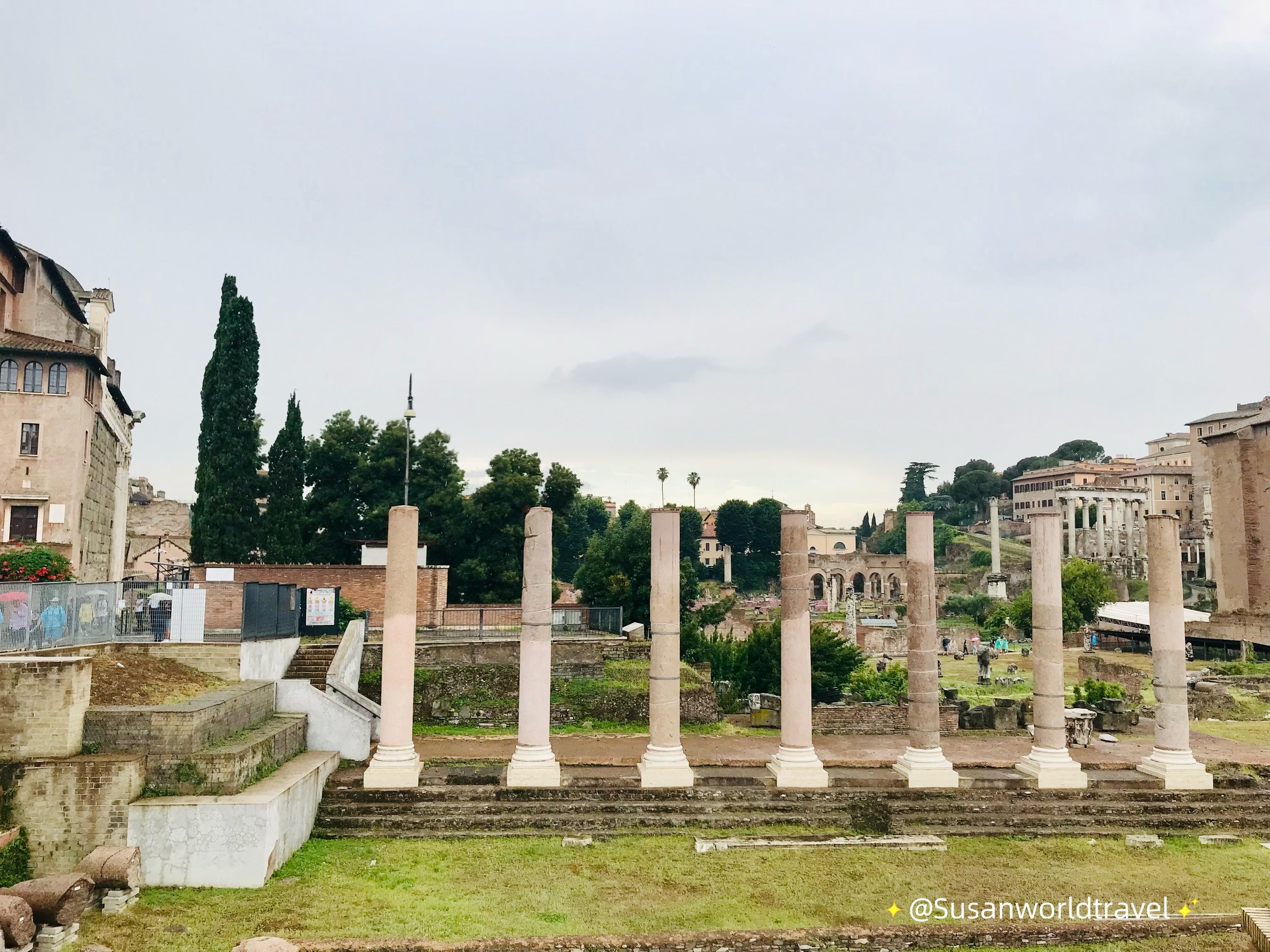
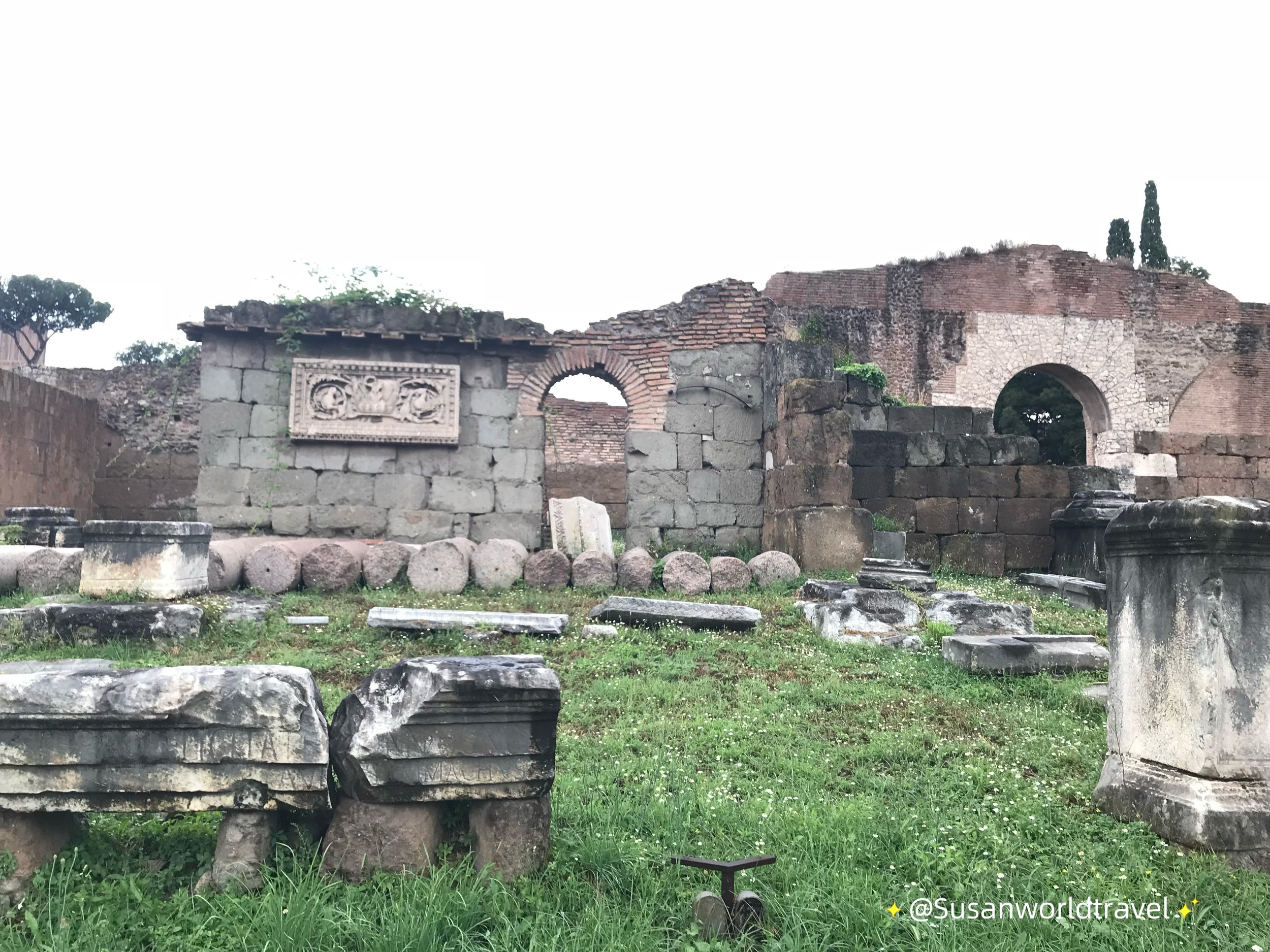

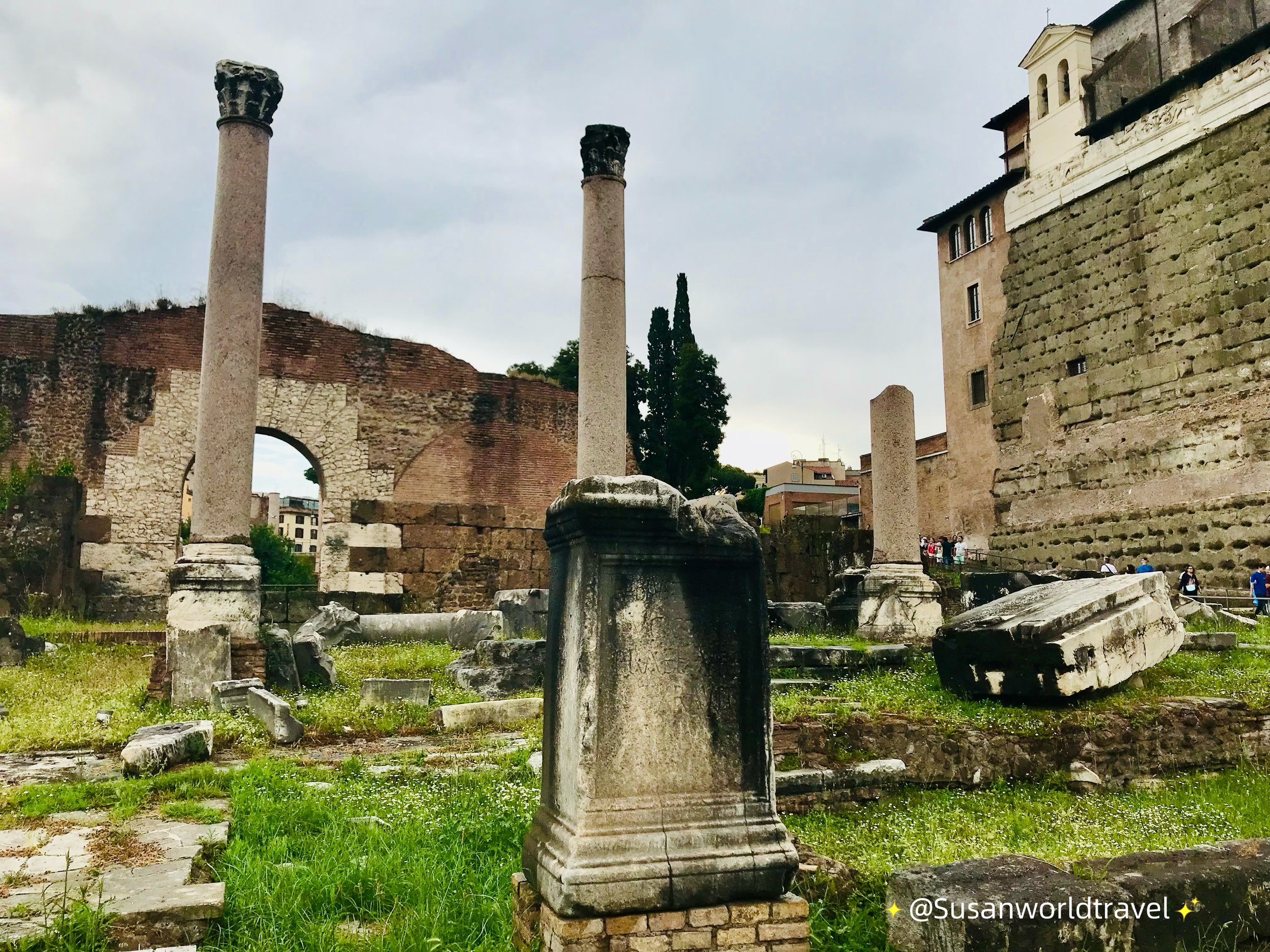

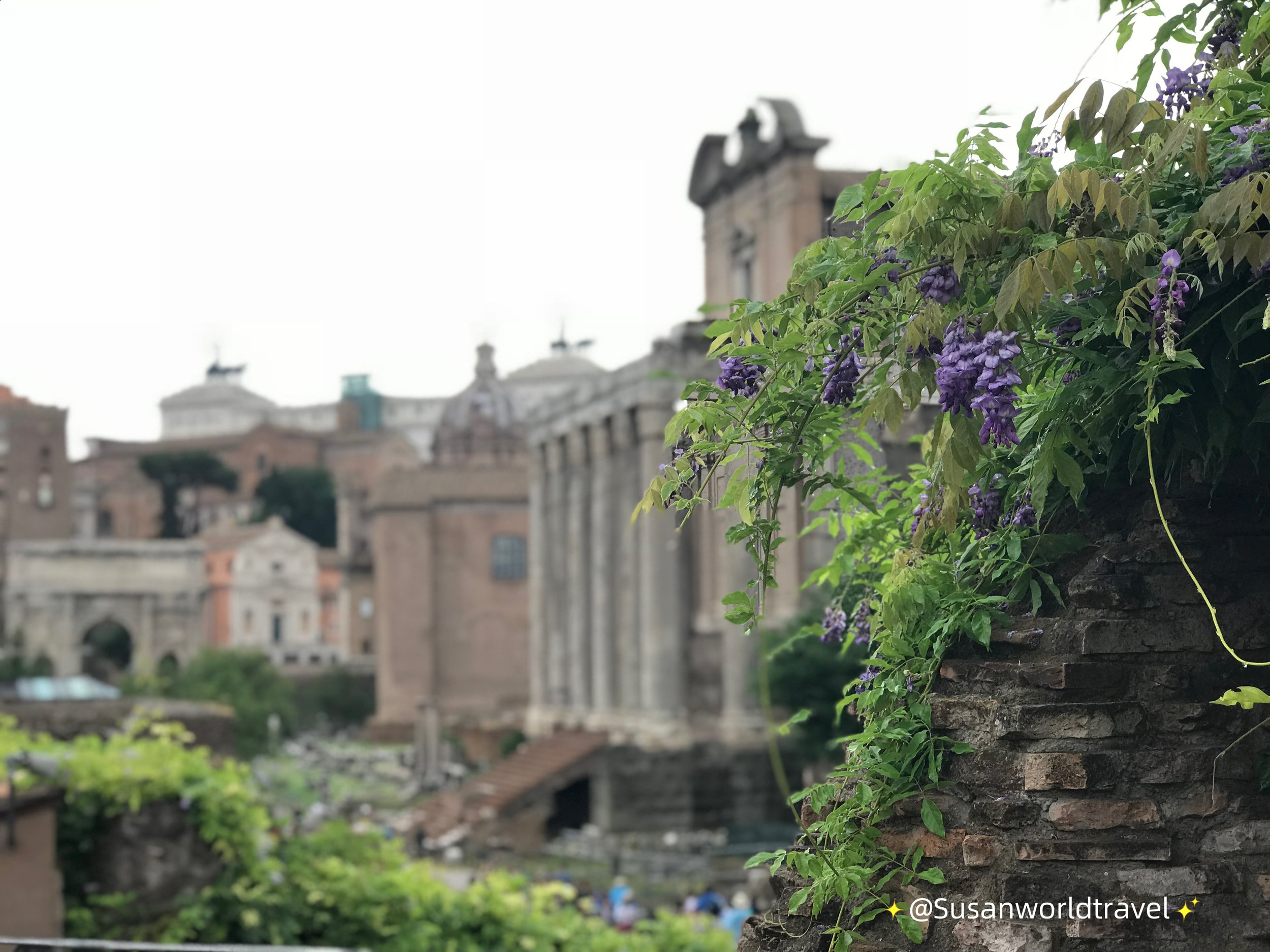
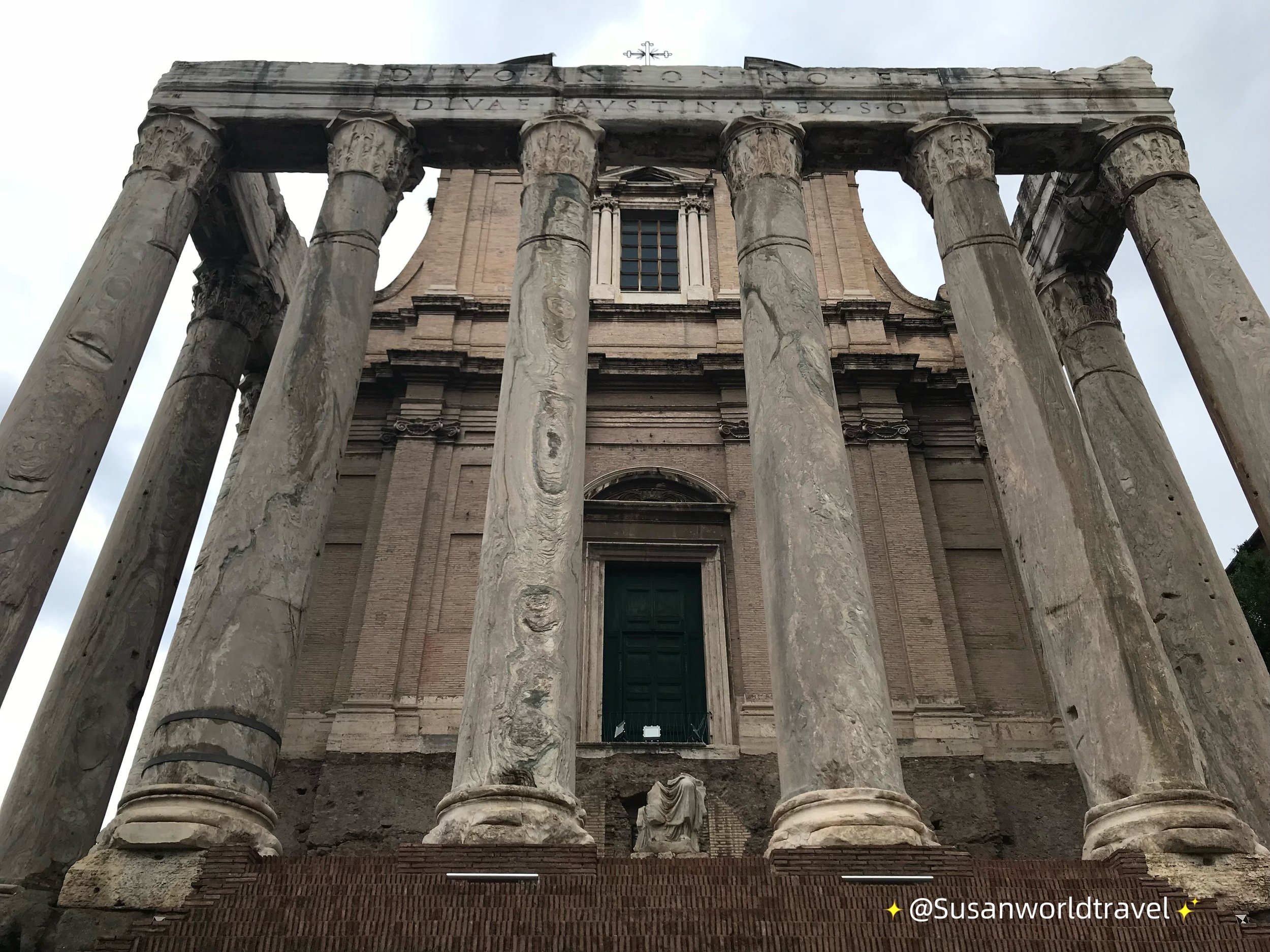
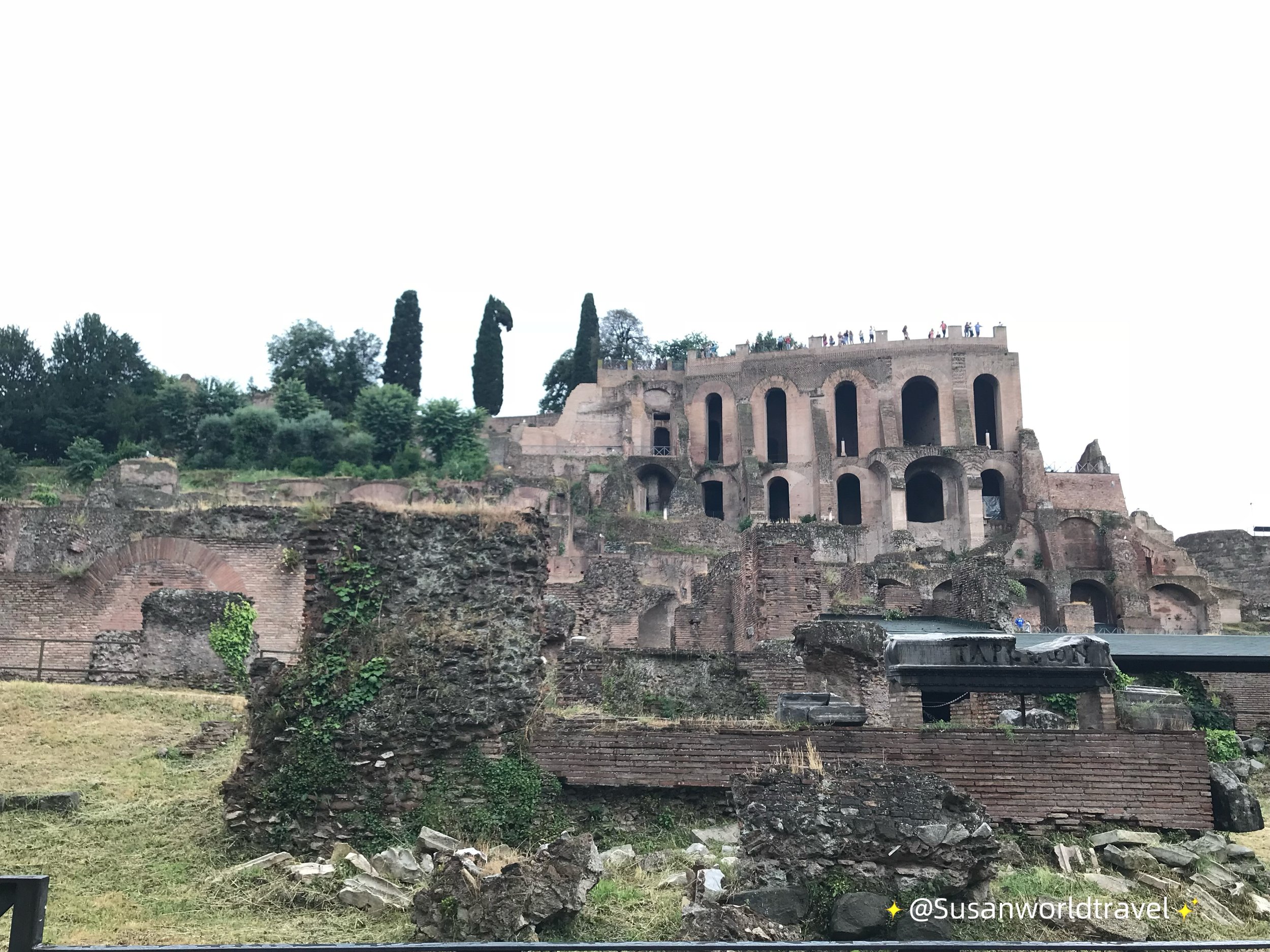
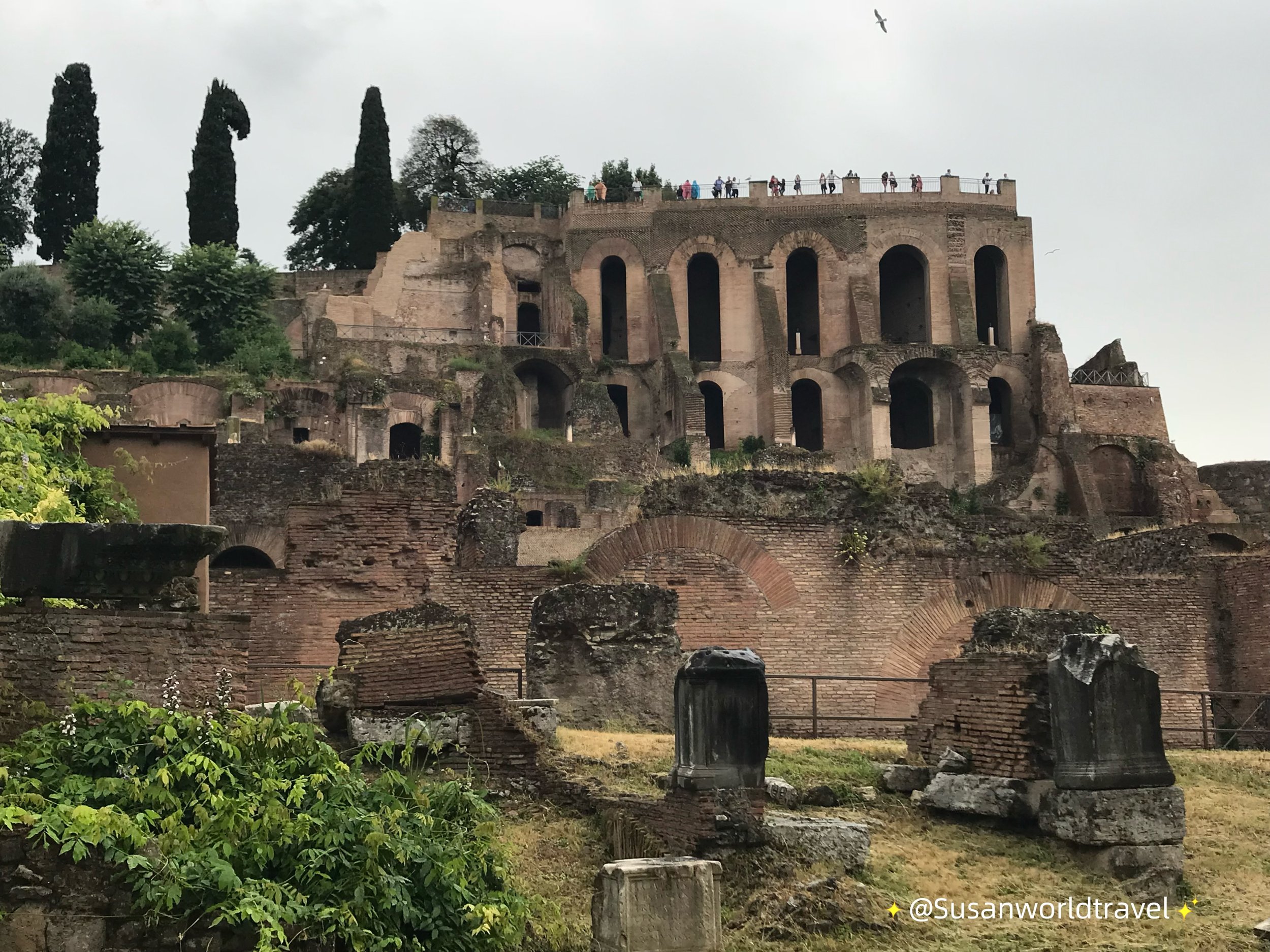
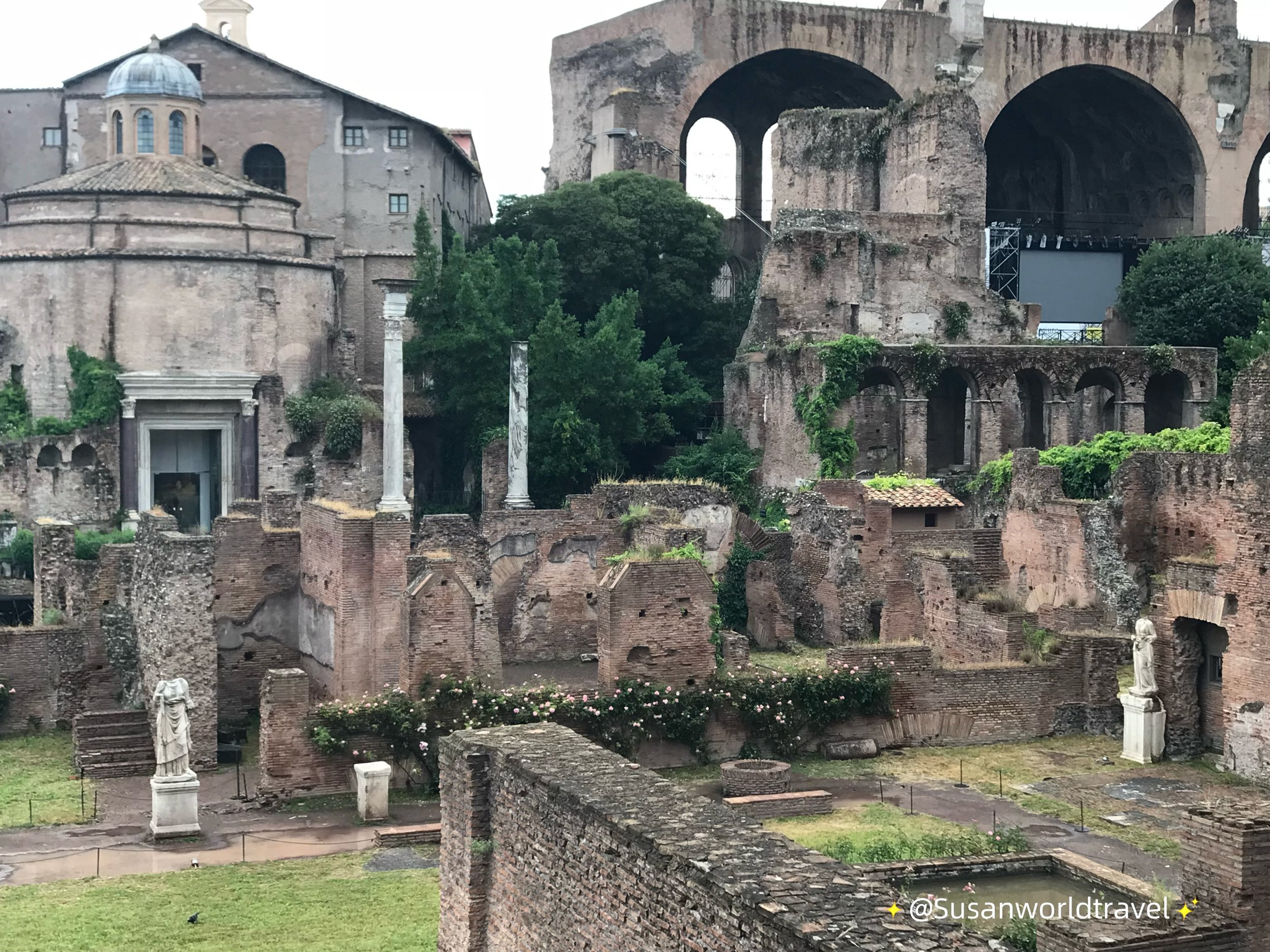

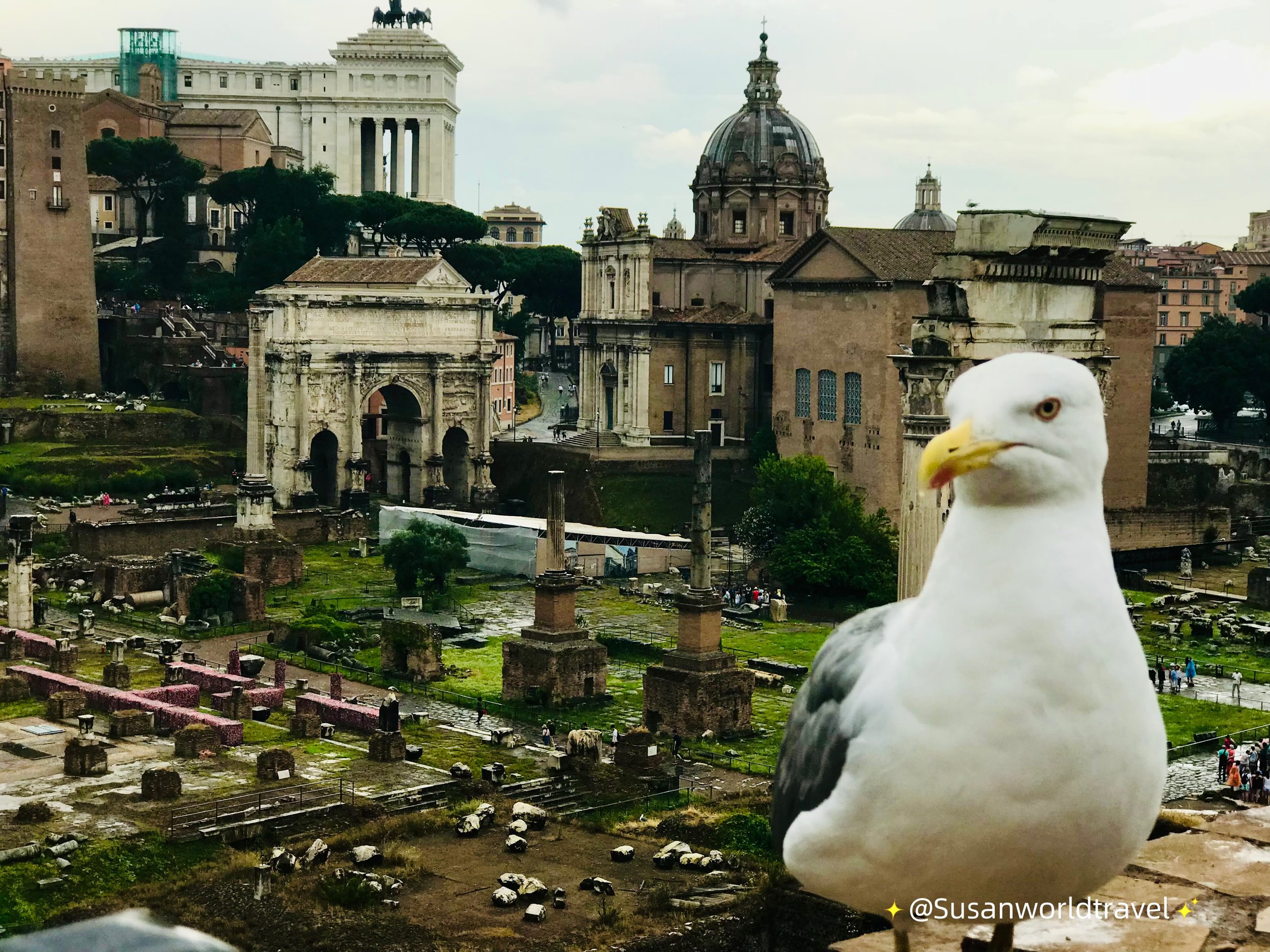
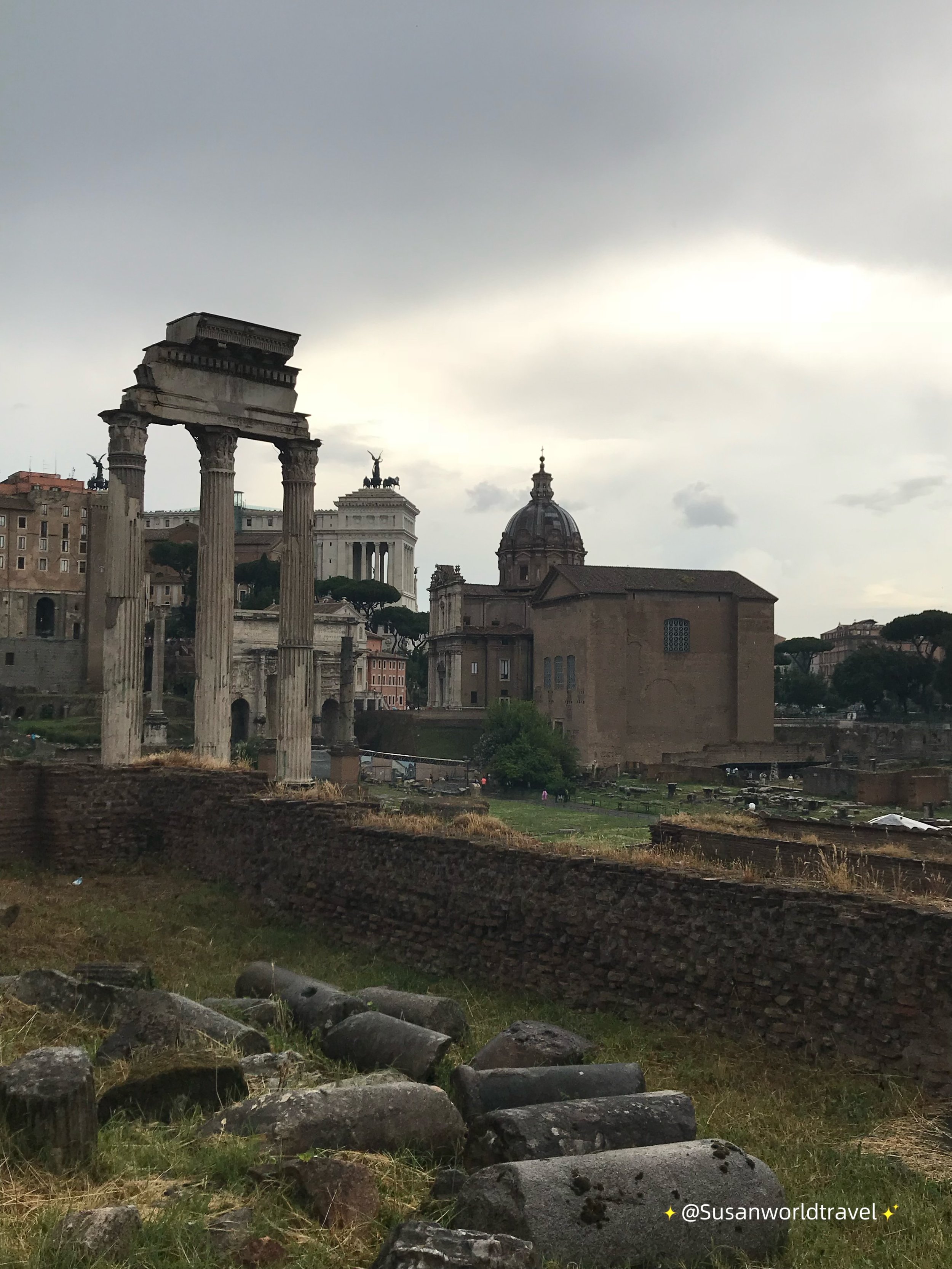
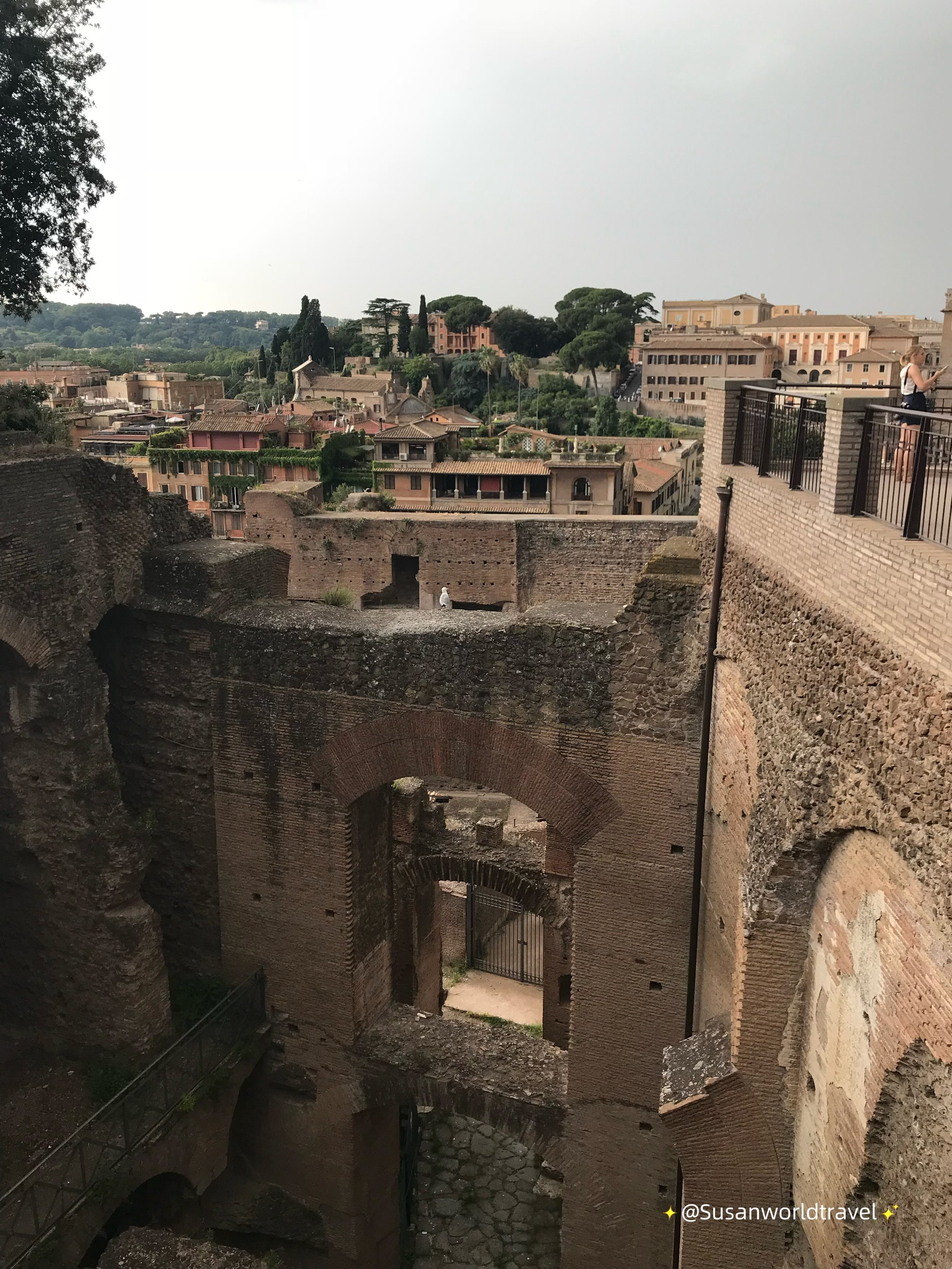
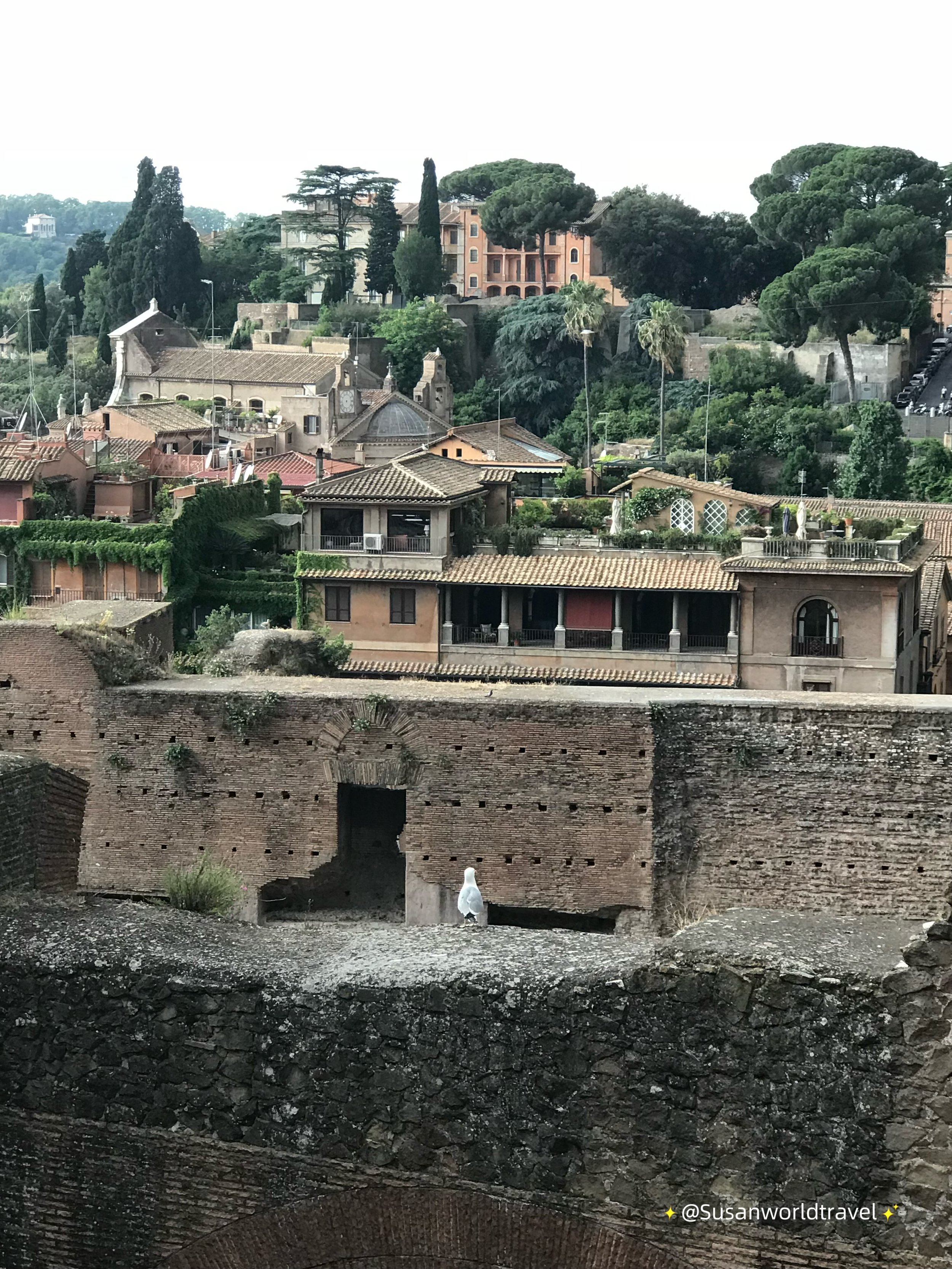
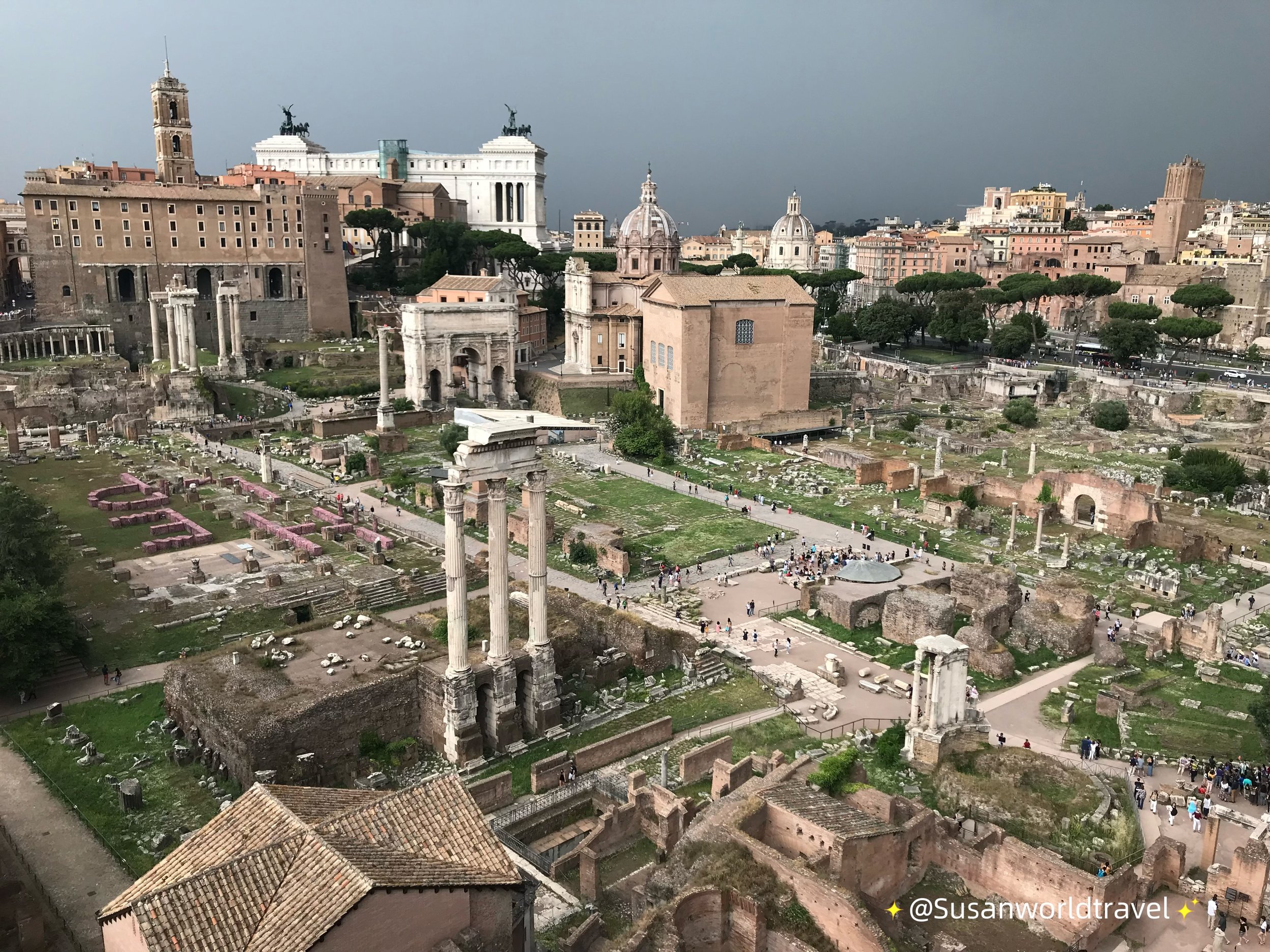
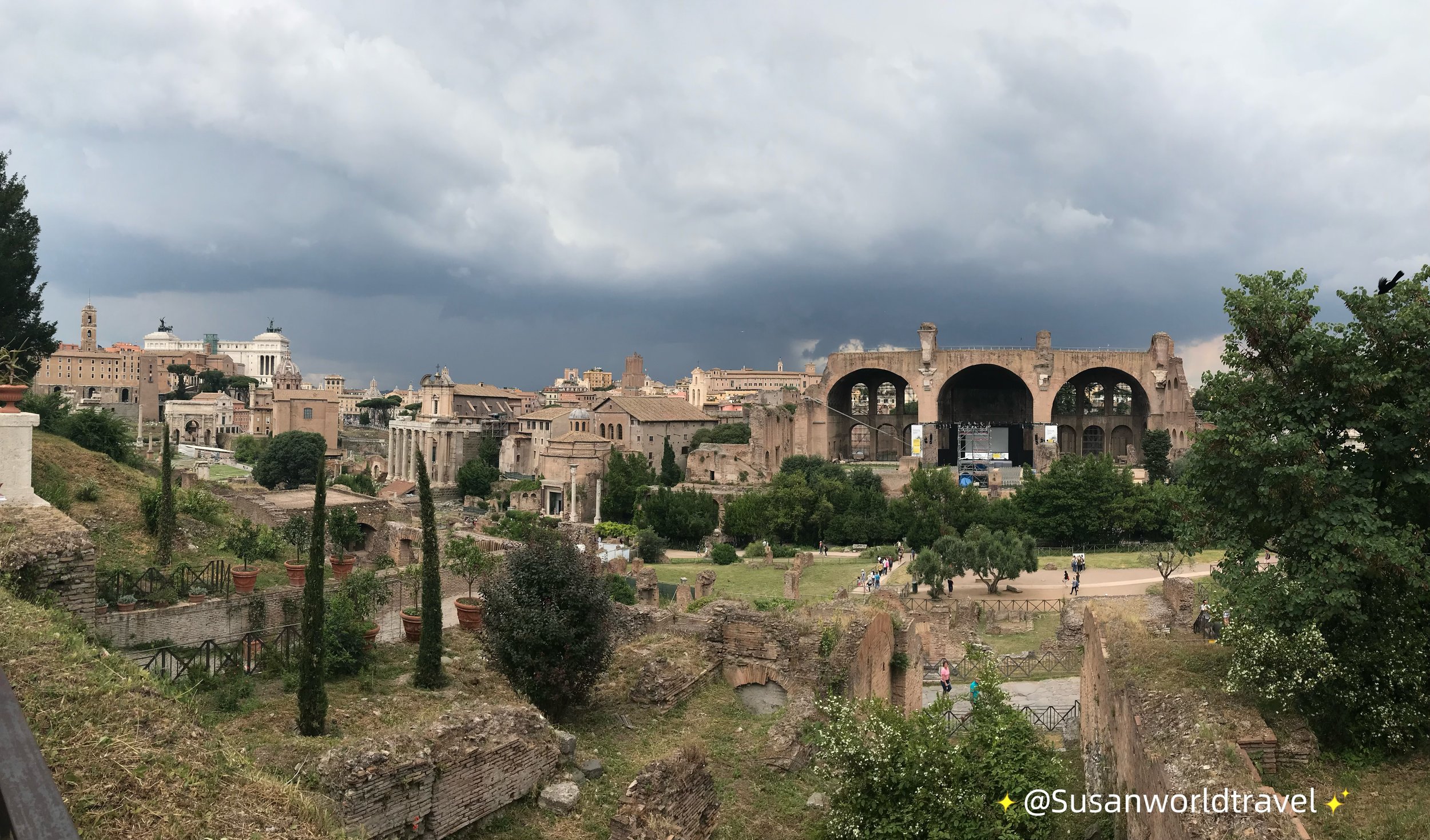
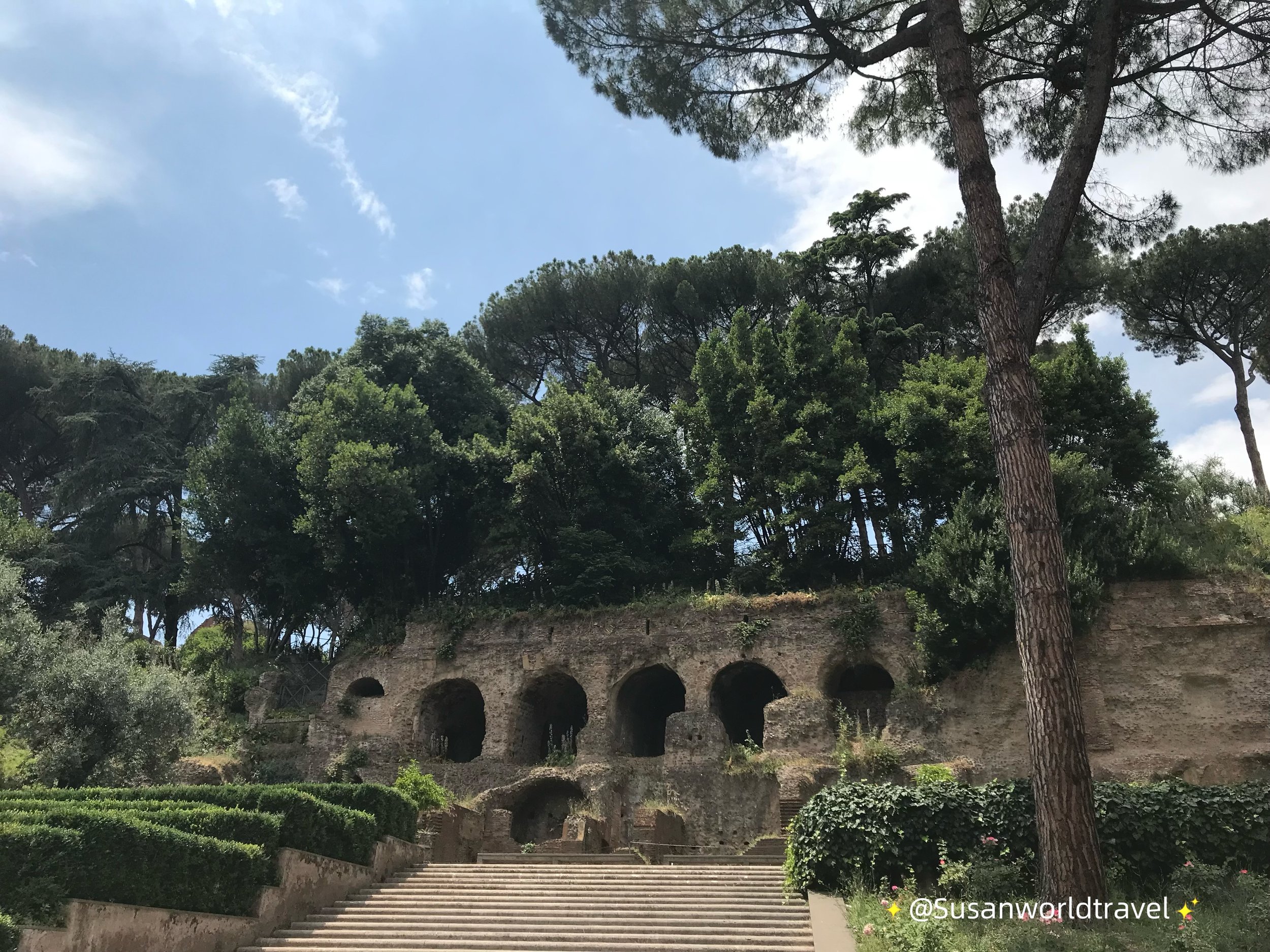
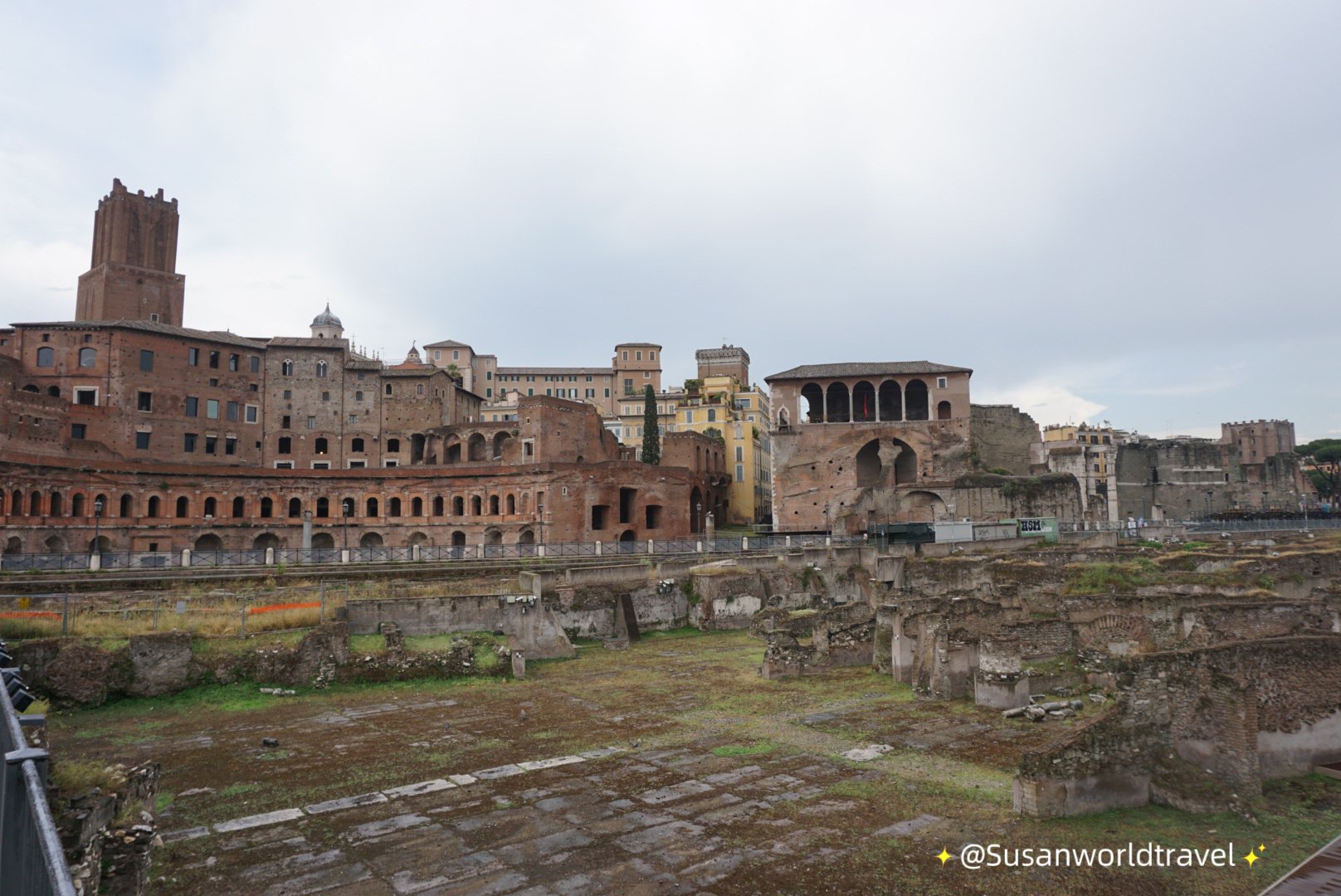
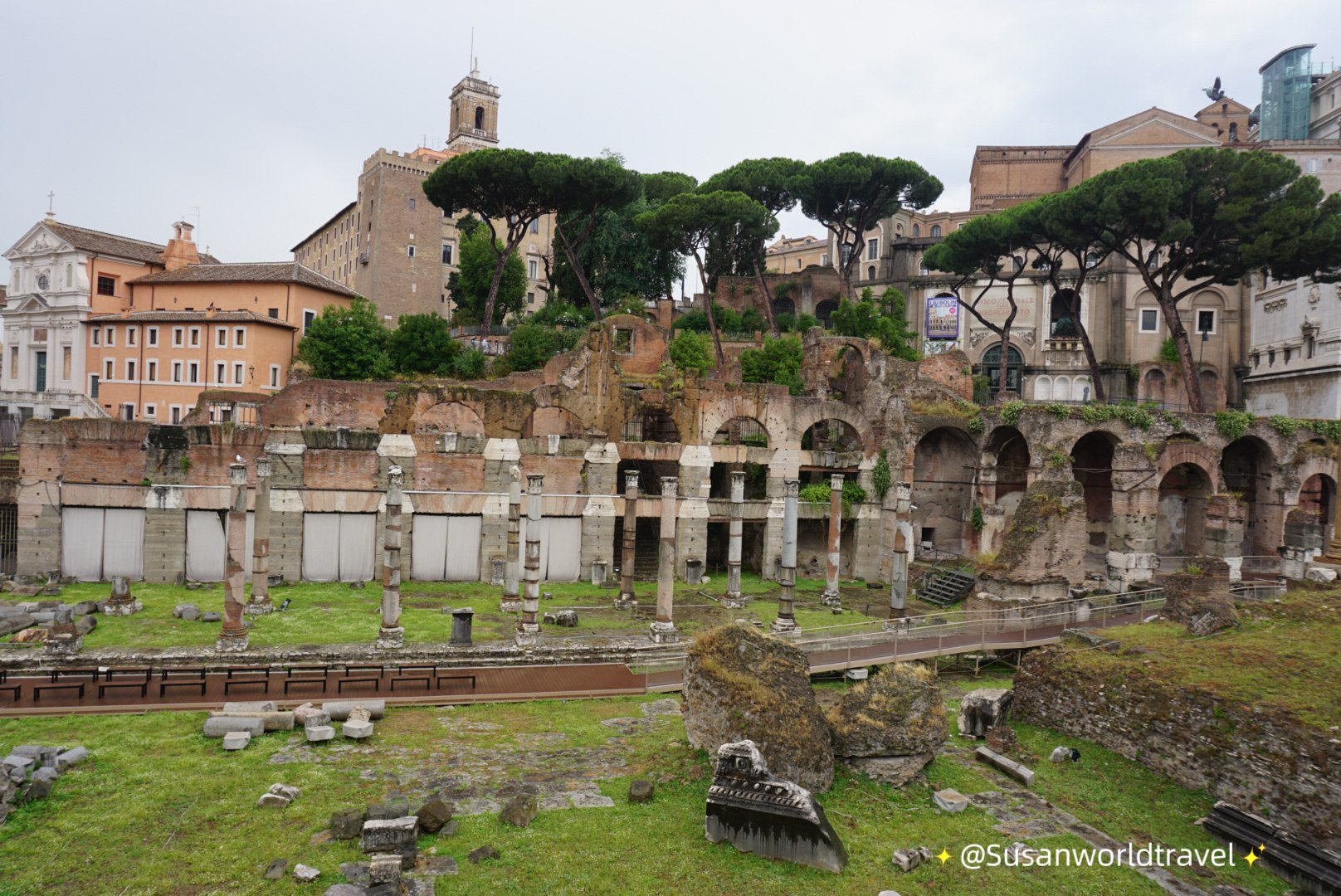
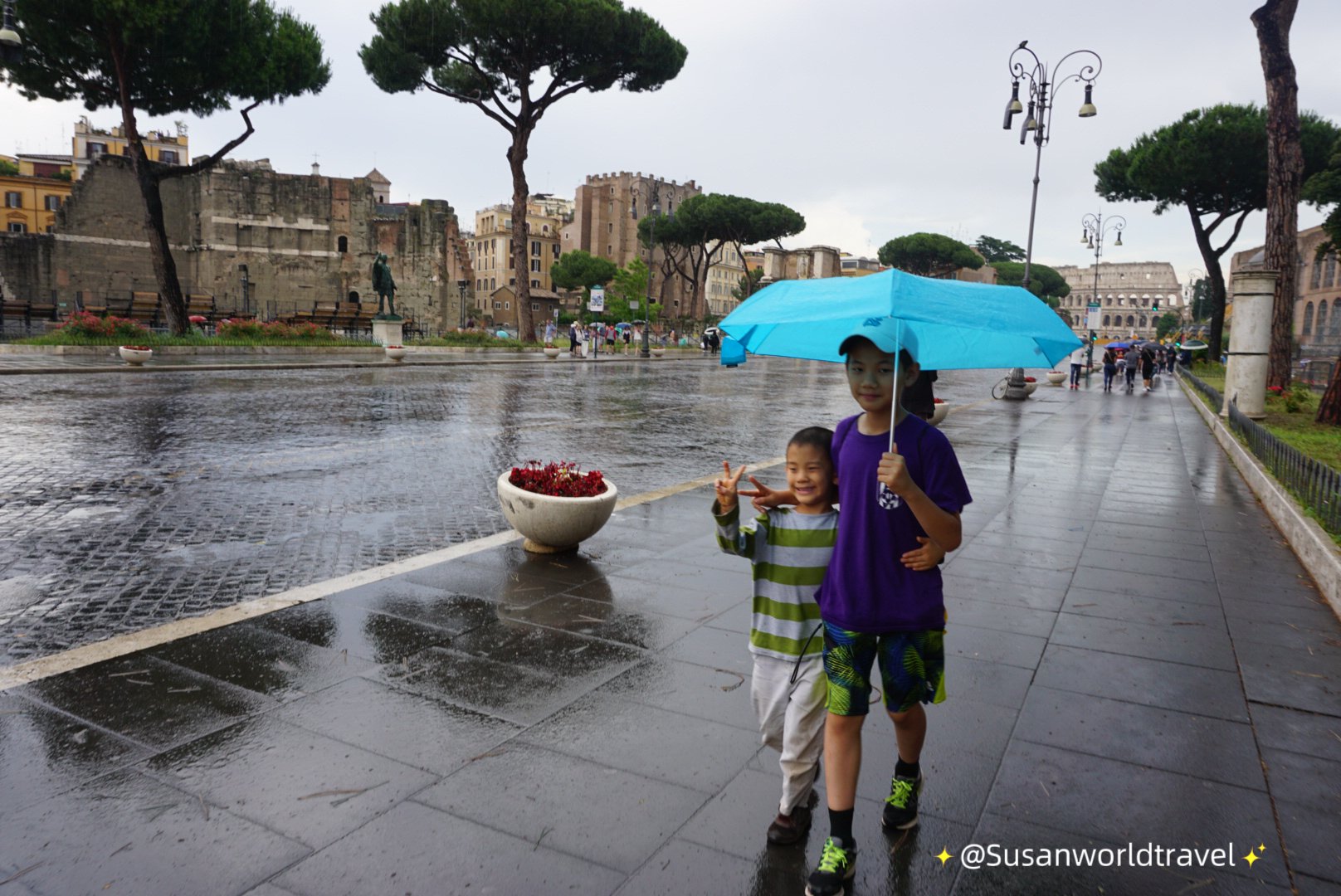
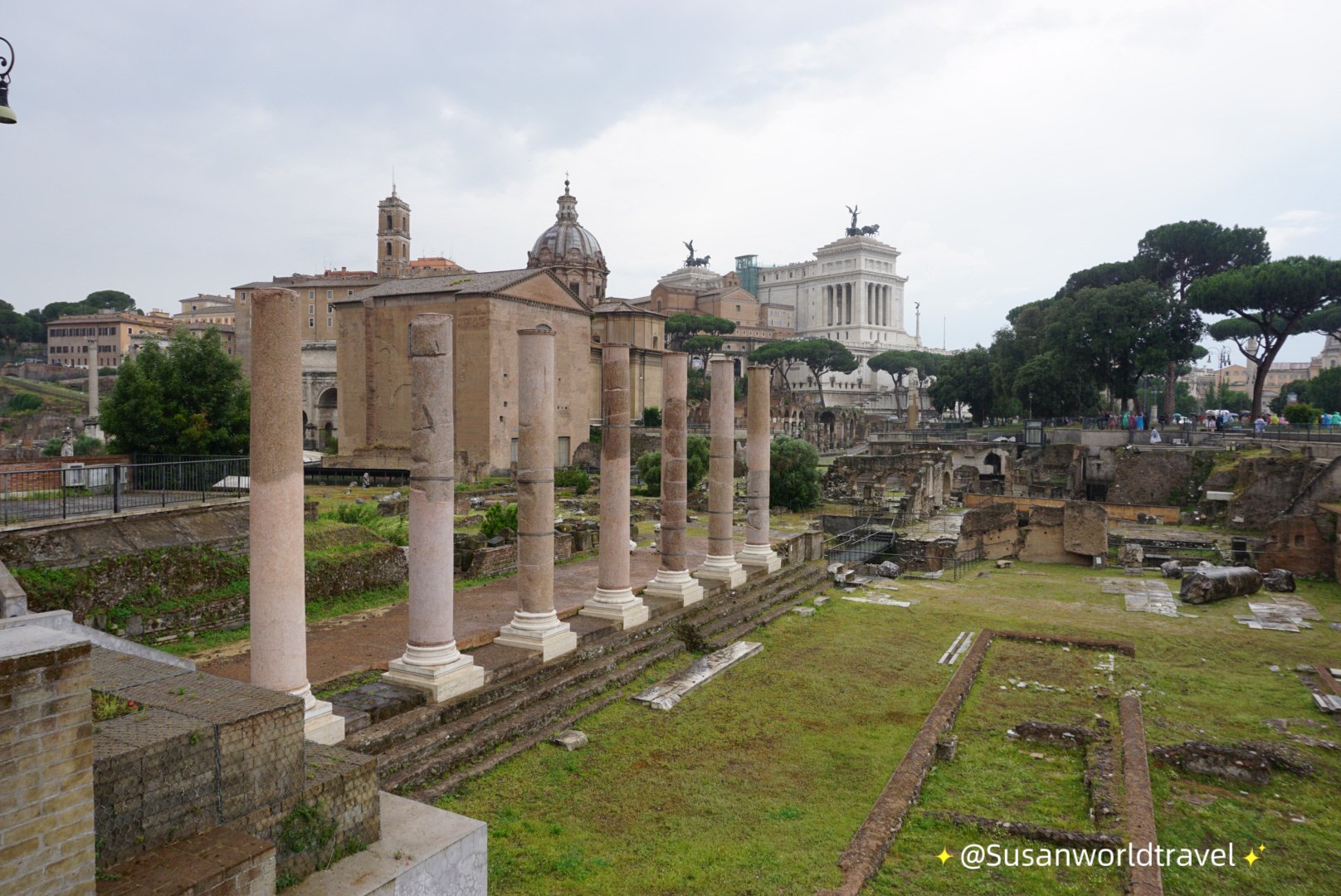
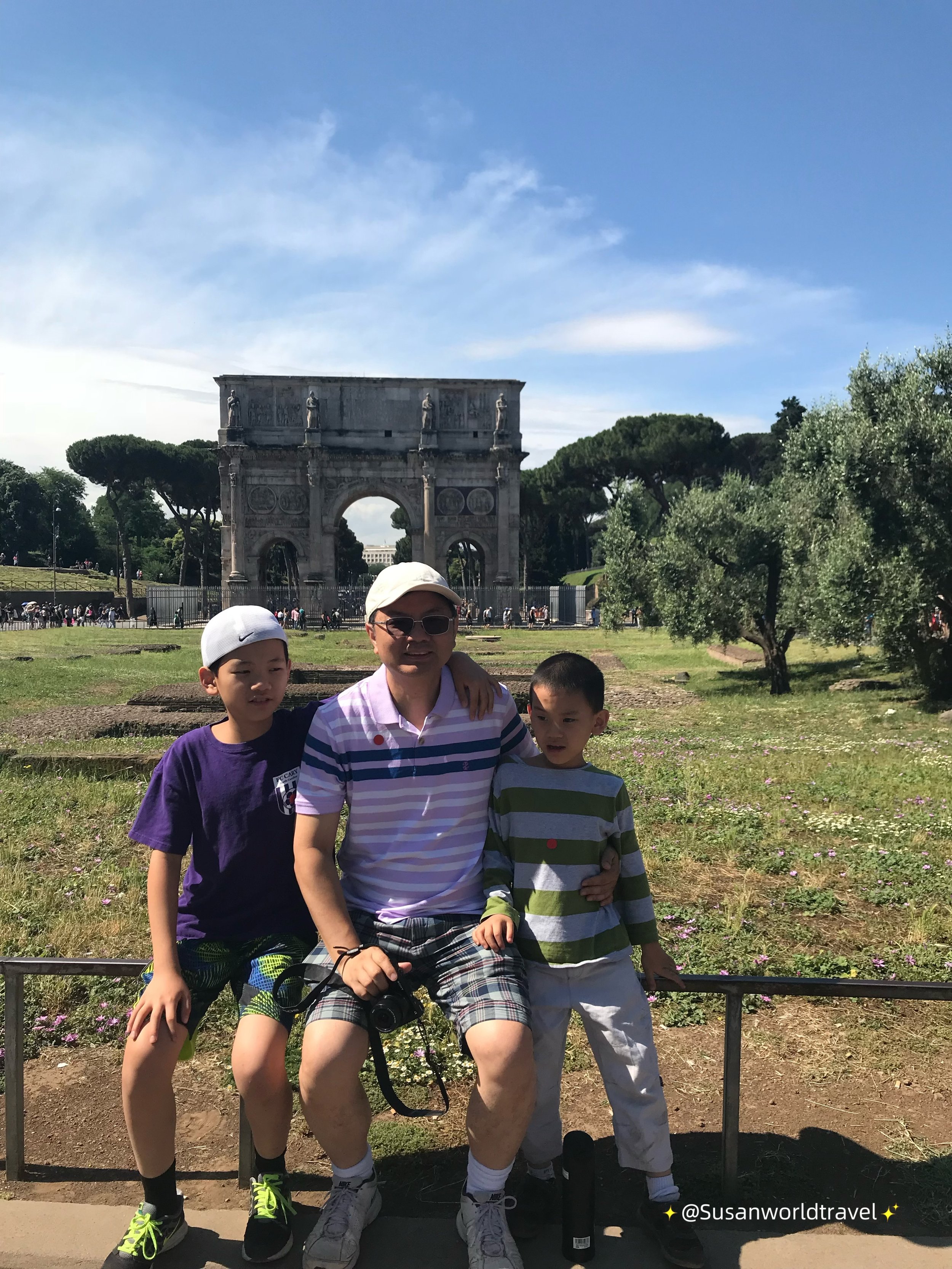

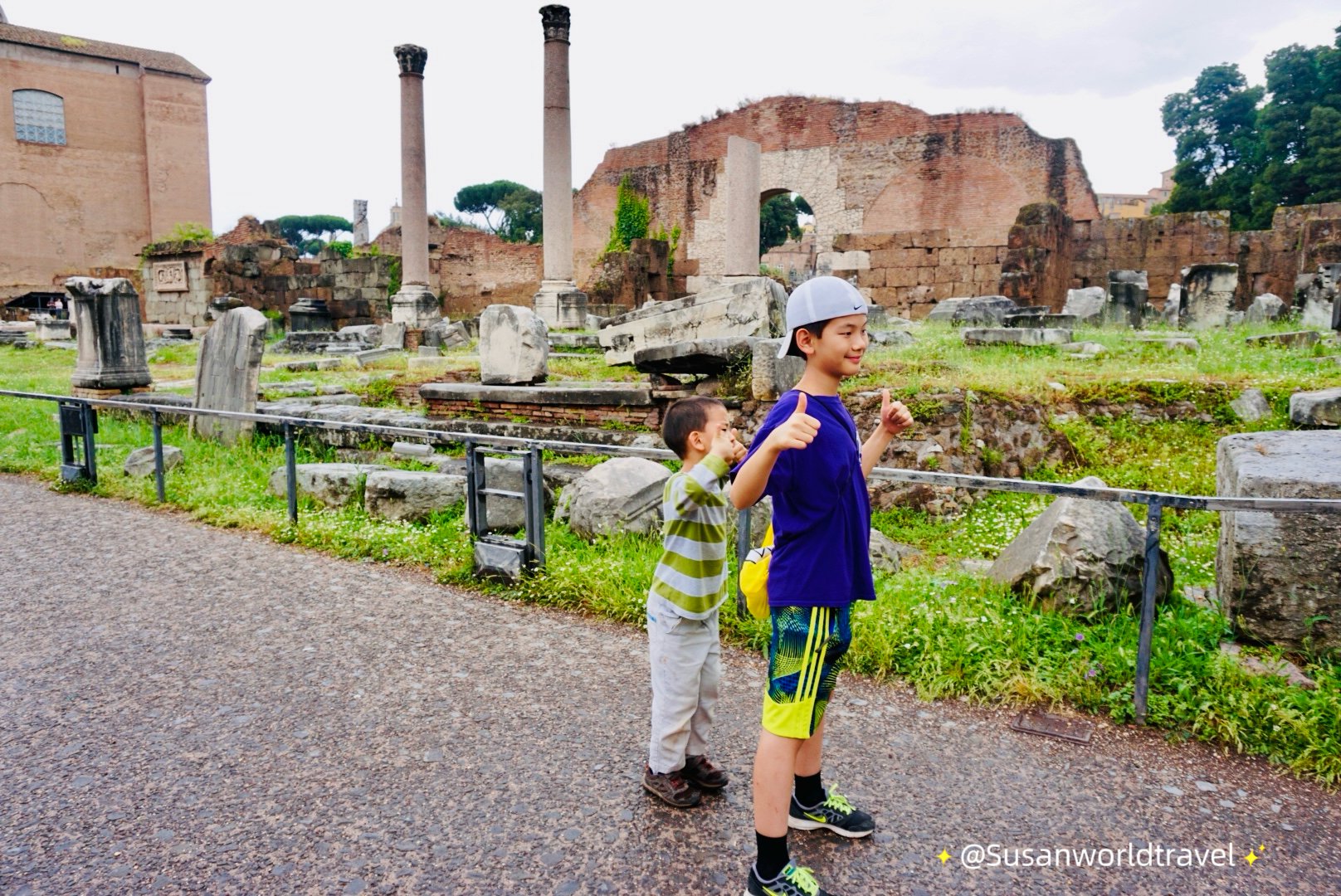
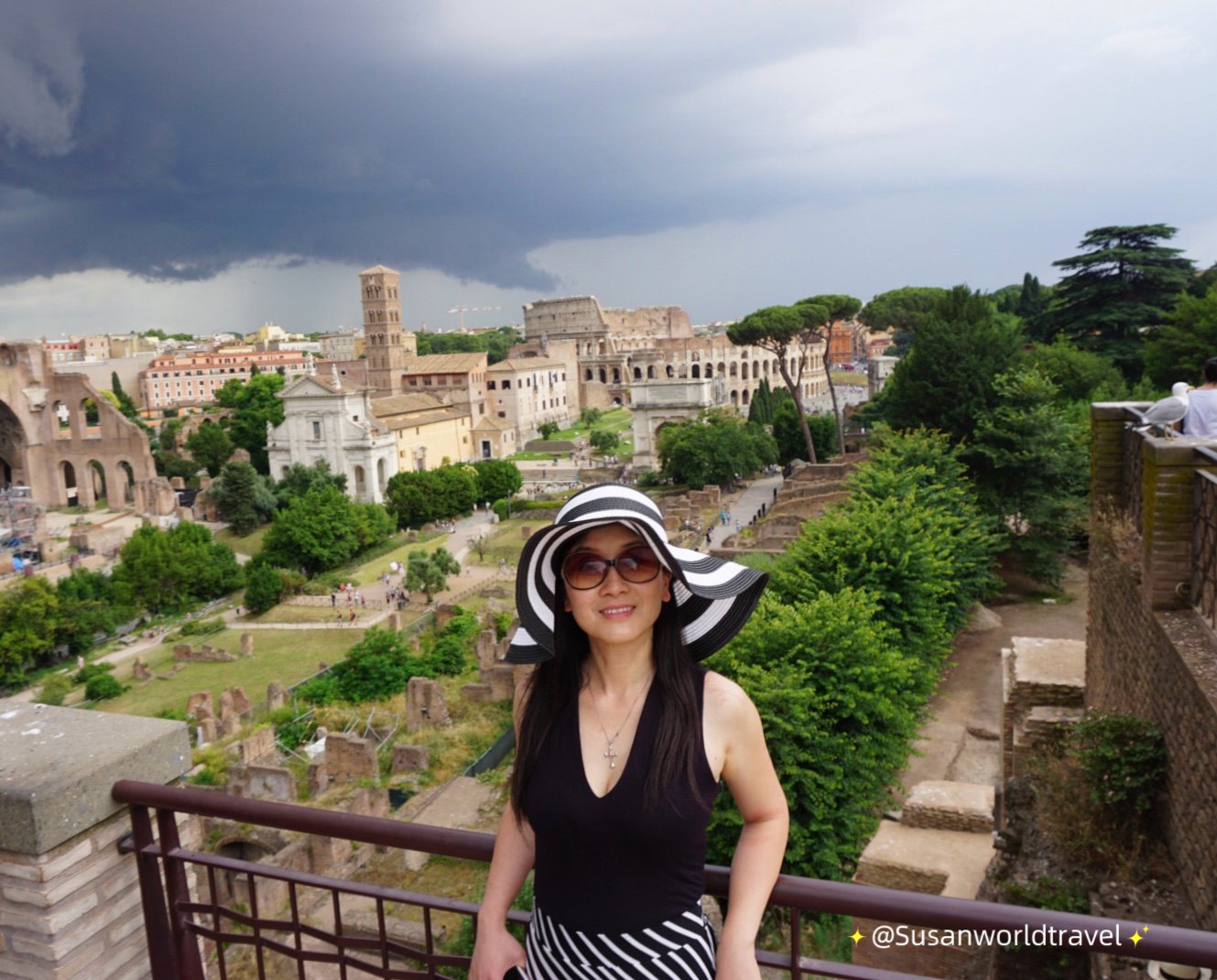
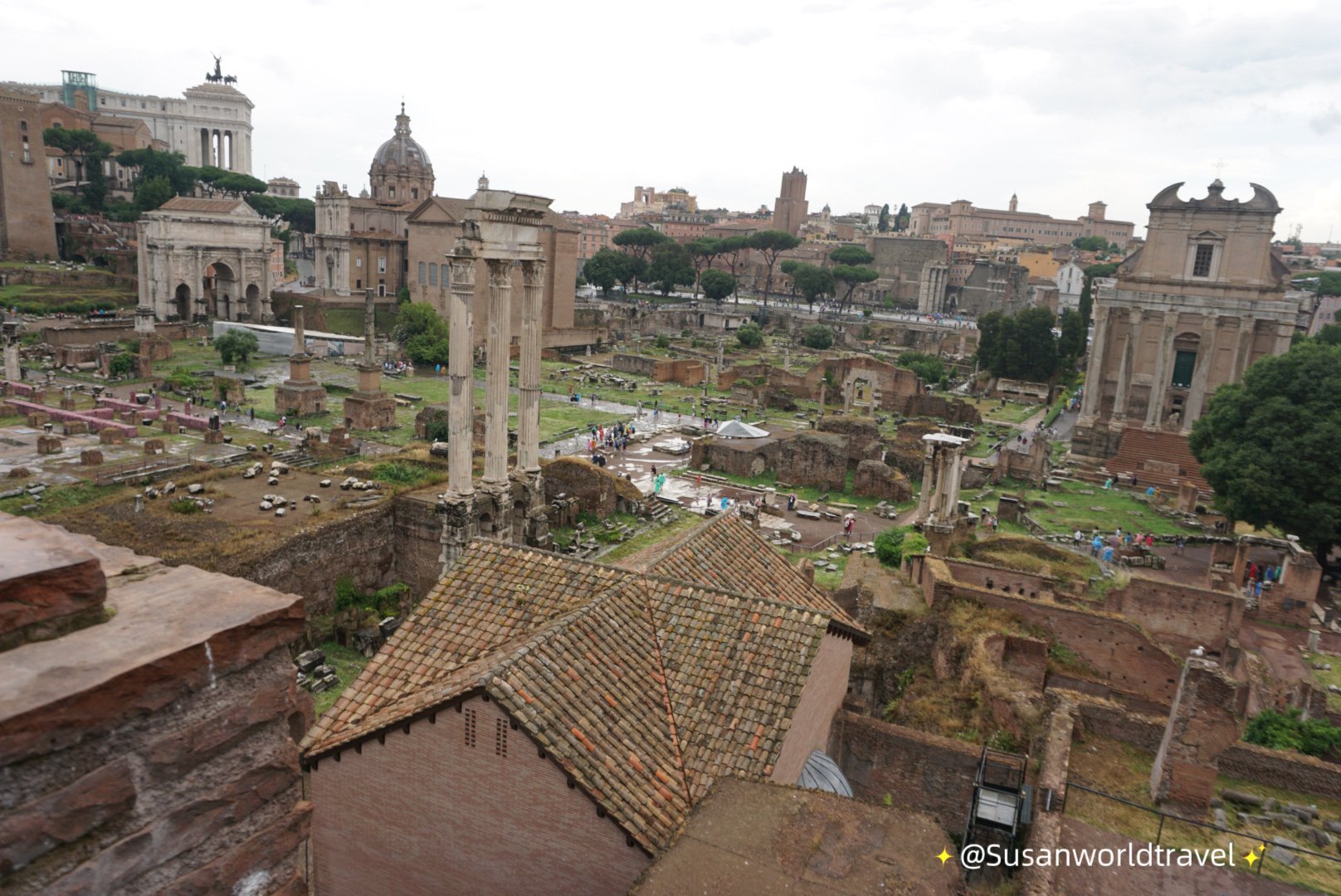
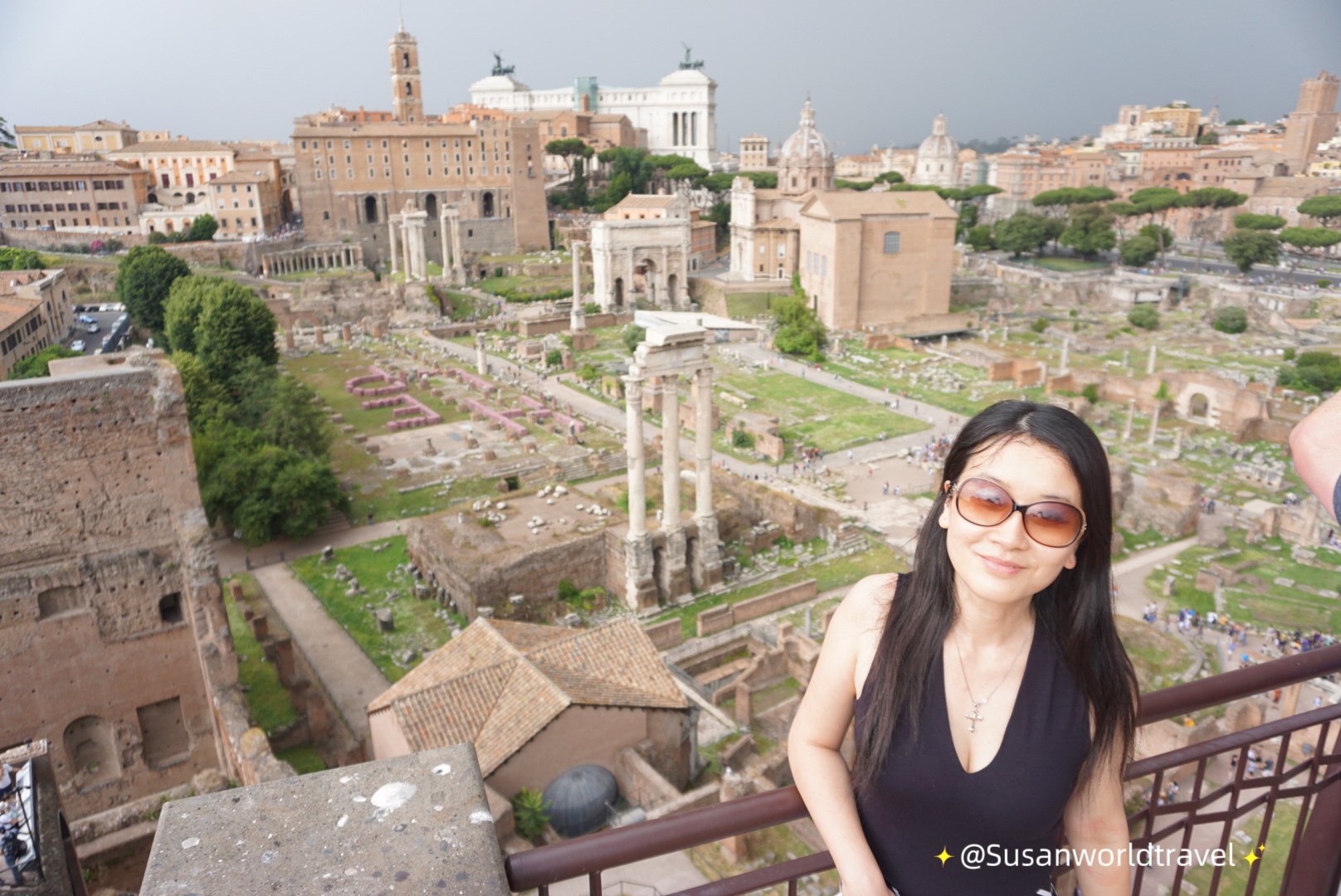
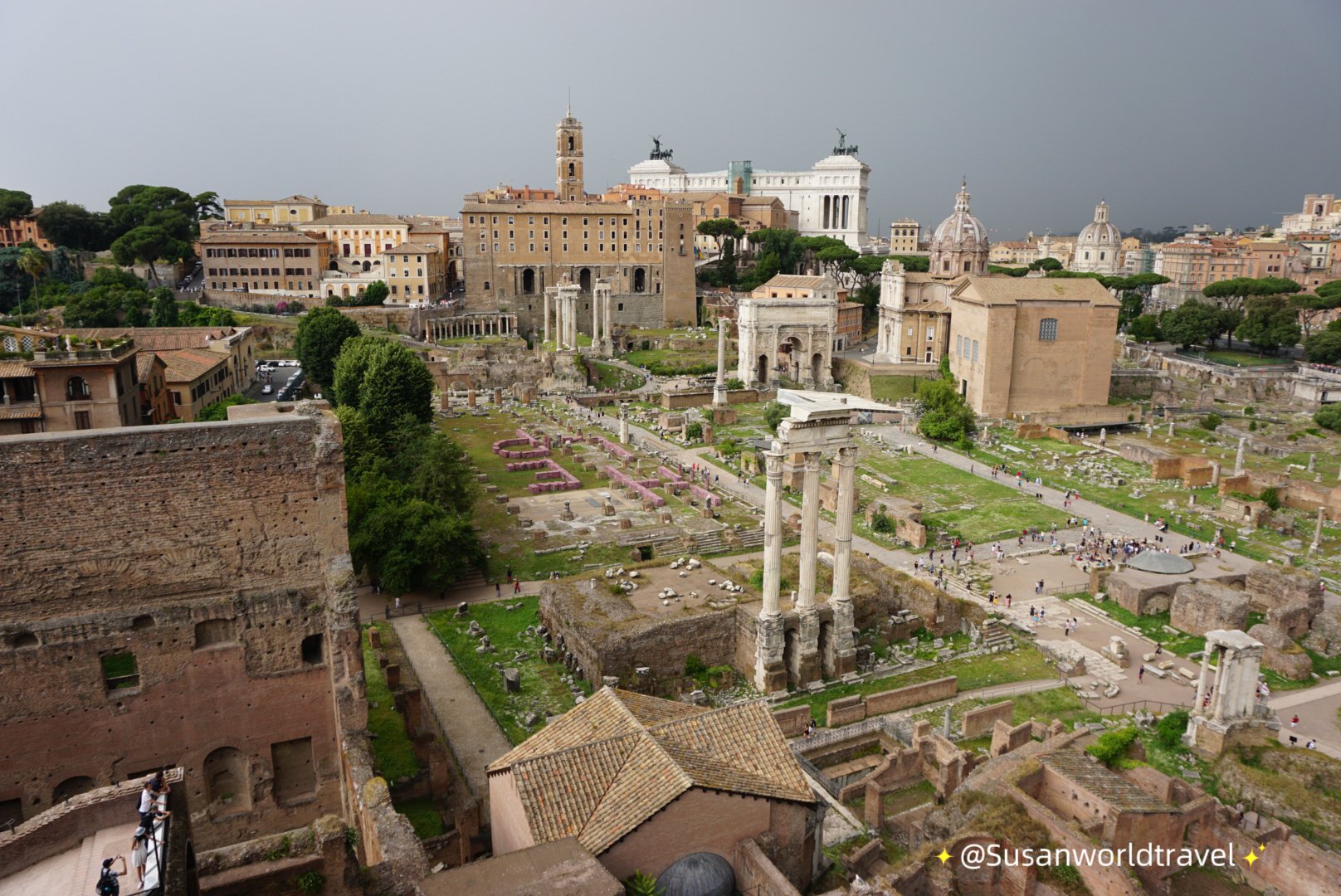
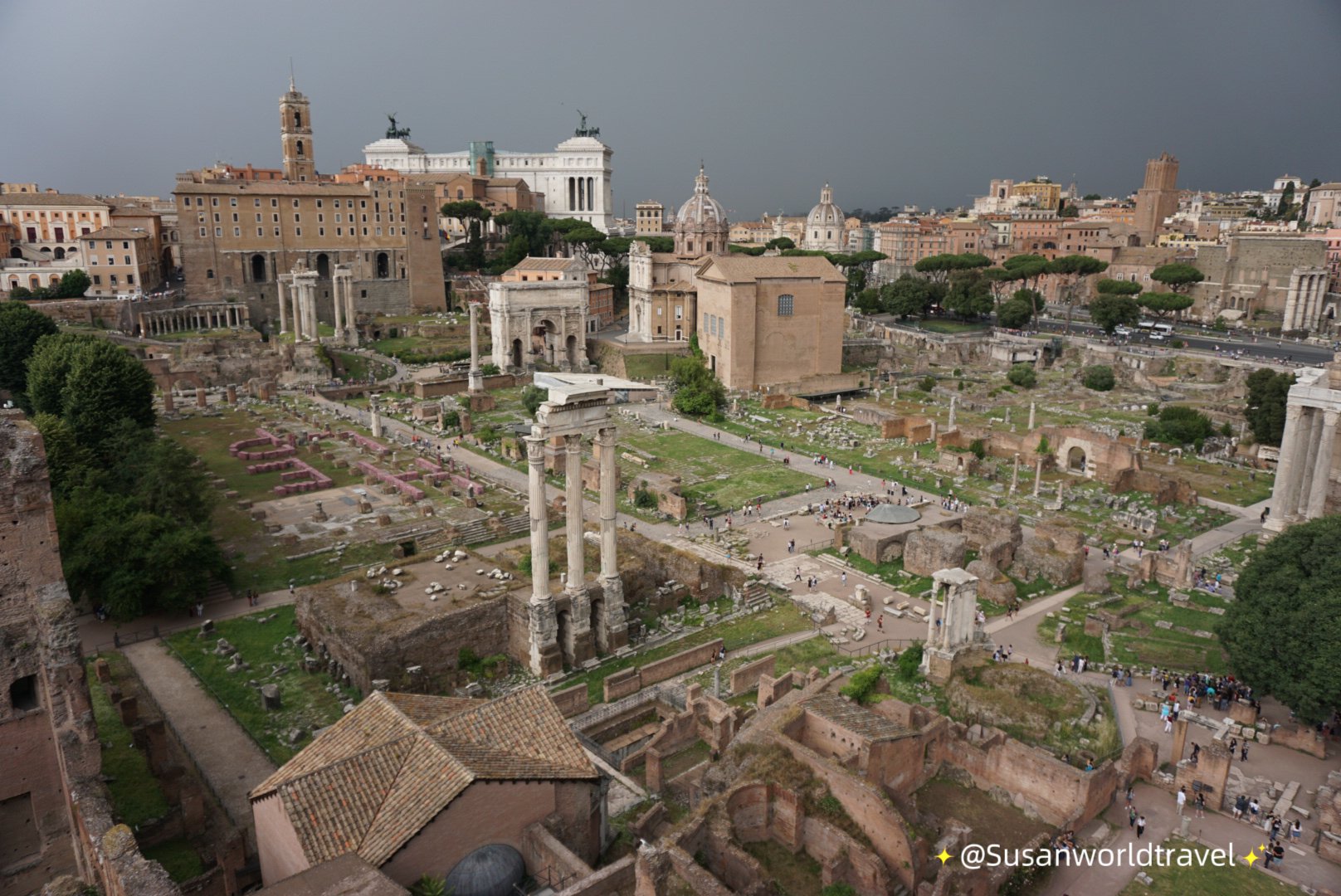
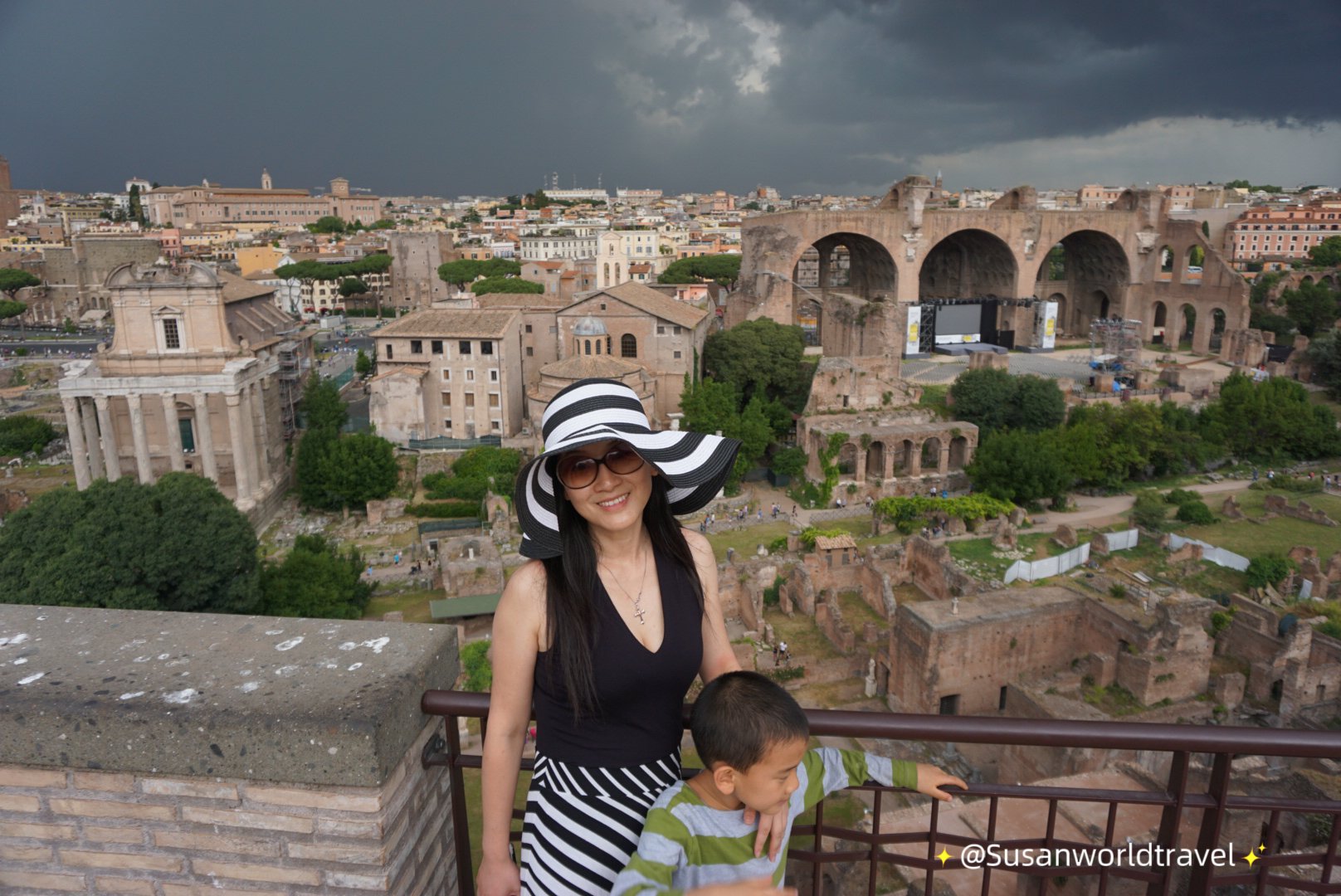
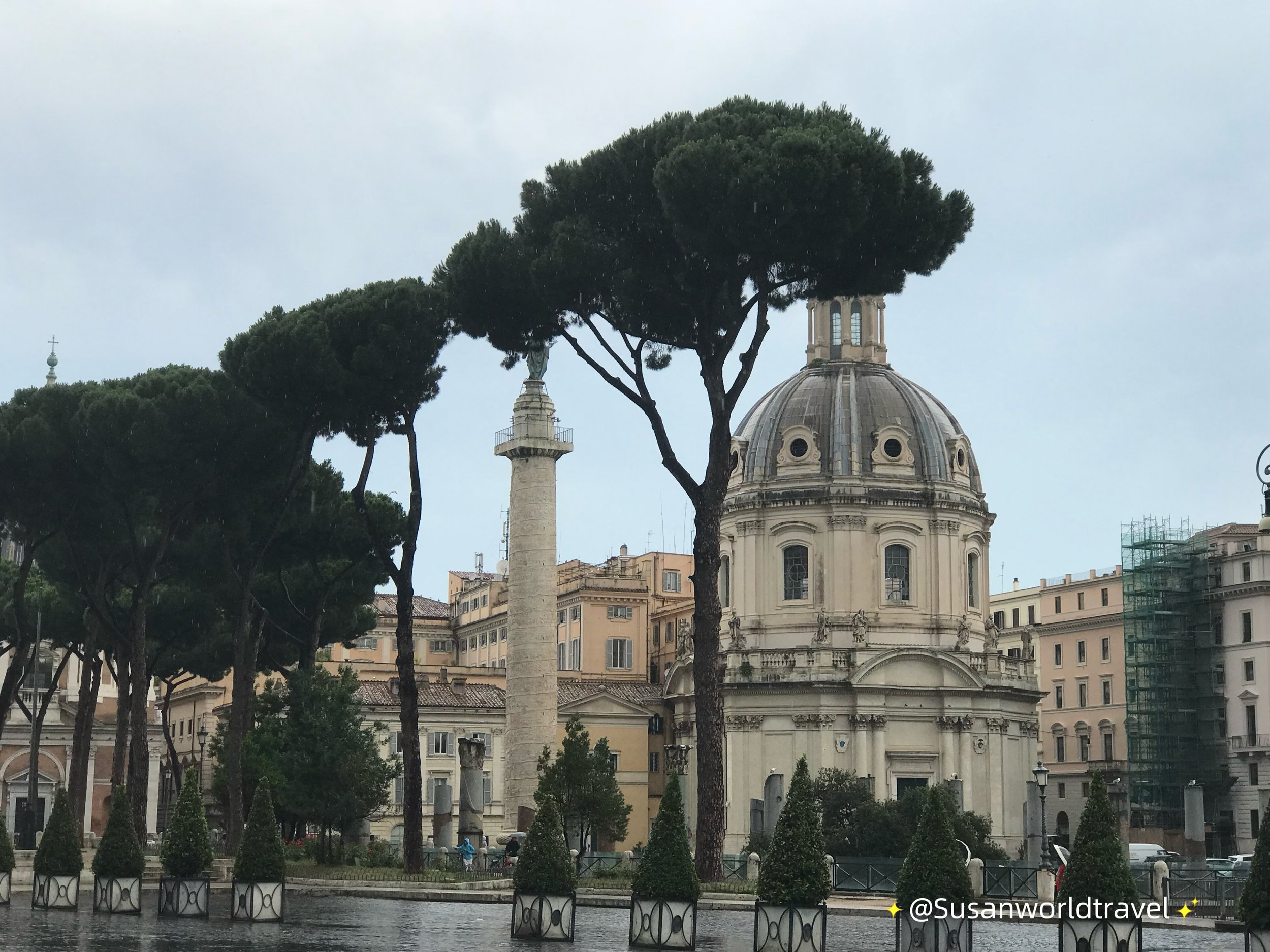
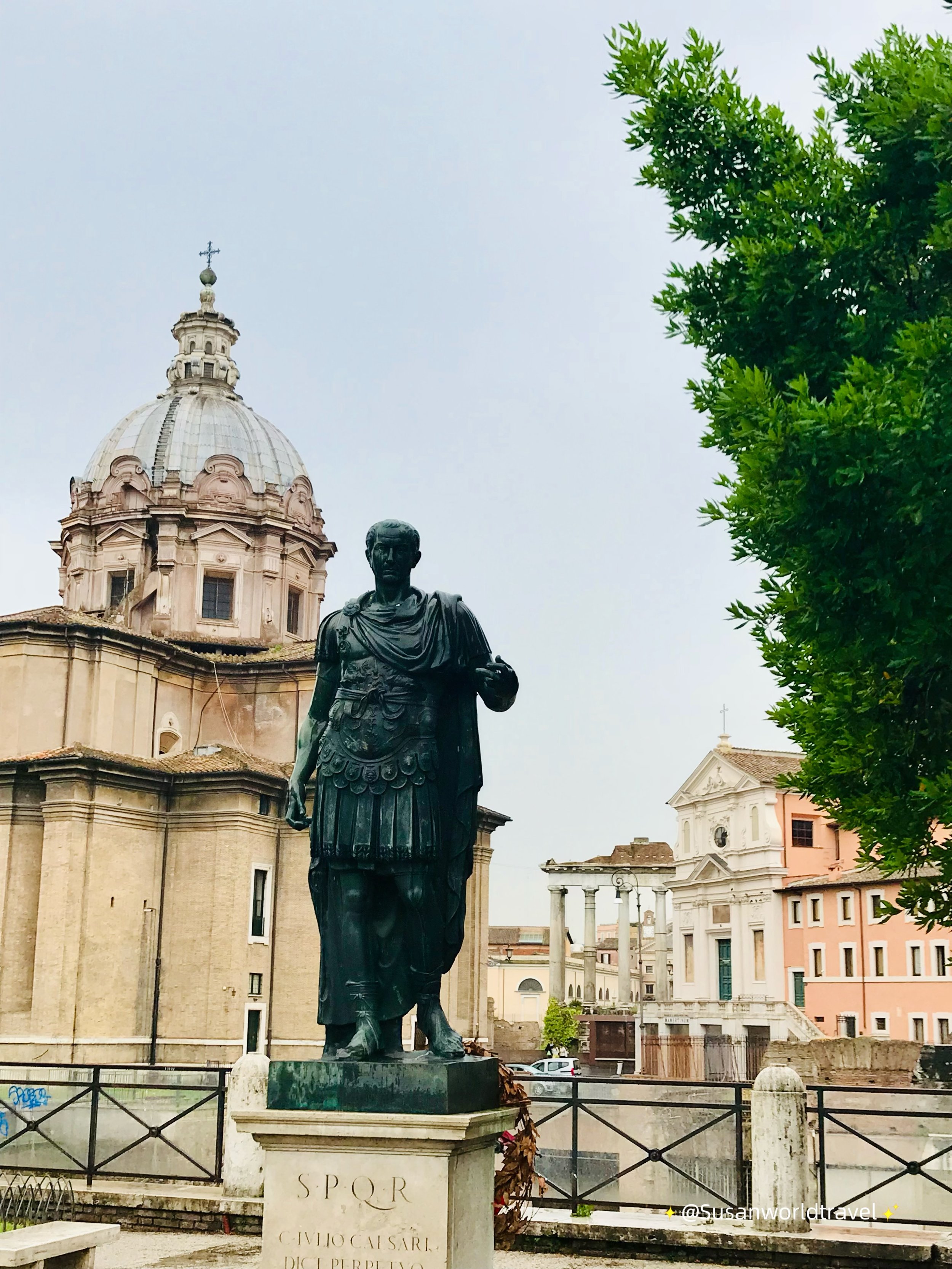
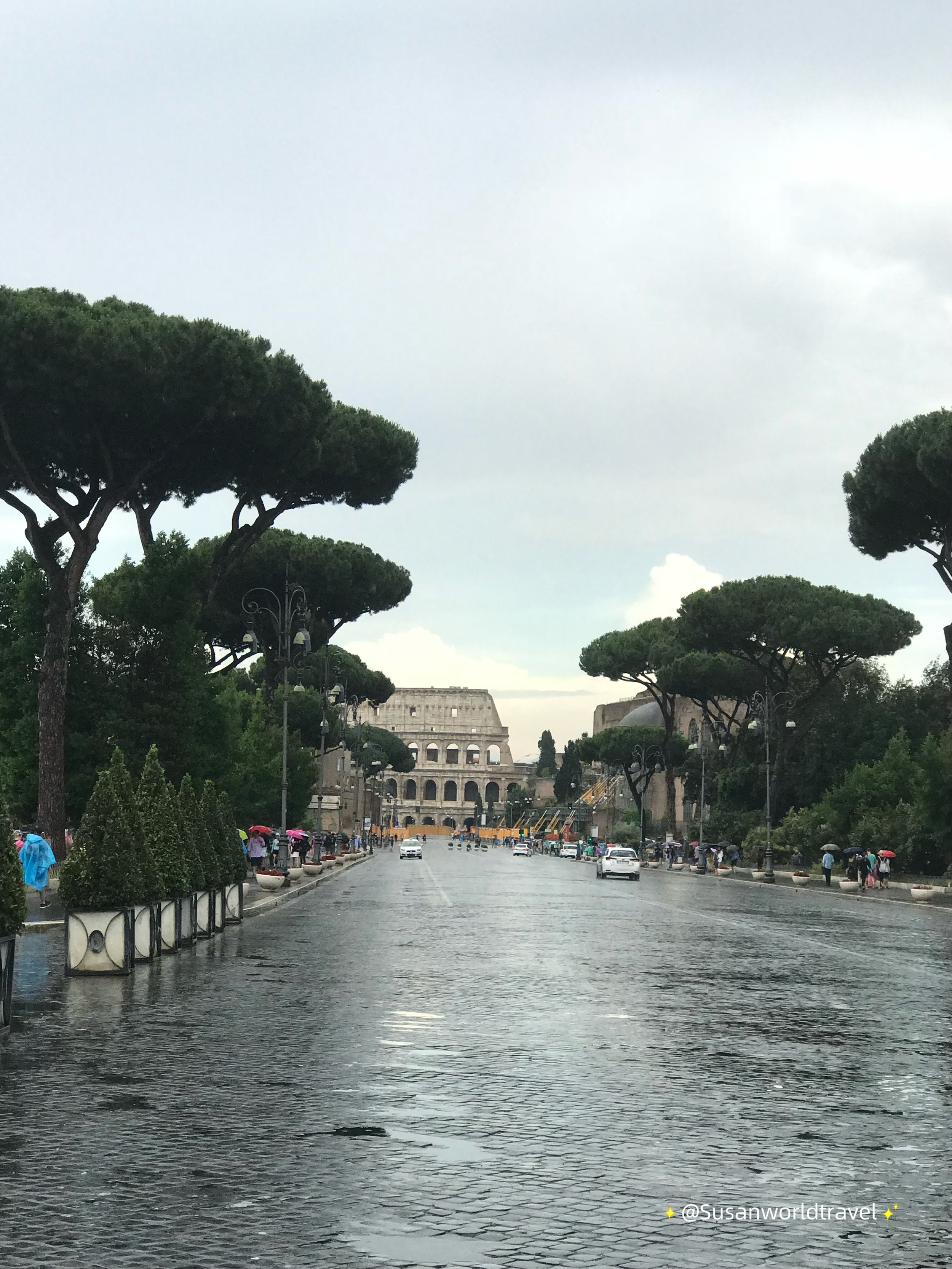
The Roman Forum is just a short 10-minute walk from the Colosseum, making it easy for us to explore both landmarks in one trip. After visiting the Colosseum, we walked out through the Arch of Constantine and followed Via dei Fori Imperiali, a road lined with ancient ruins. Along the way, we passed the impressive Temple of Venus and Roma and the Basilica of Maxentius and Constantine.
Once we reached the Forum, we were surrounded by the remnants of ancient Roman life — government buildings, temples, and the Senate. It was incredible to see where so much of Rome's political and religious activity took place. The close proximity of the Colosseum and the Roman Forum made it easy for us to dive deep into the history of Rome, with each site adding its own layer to our understanding of the ancient world.
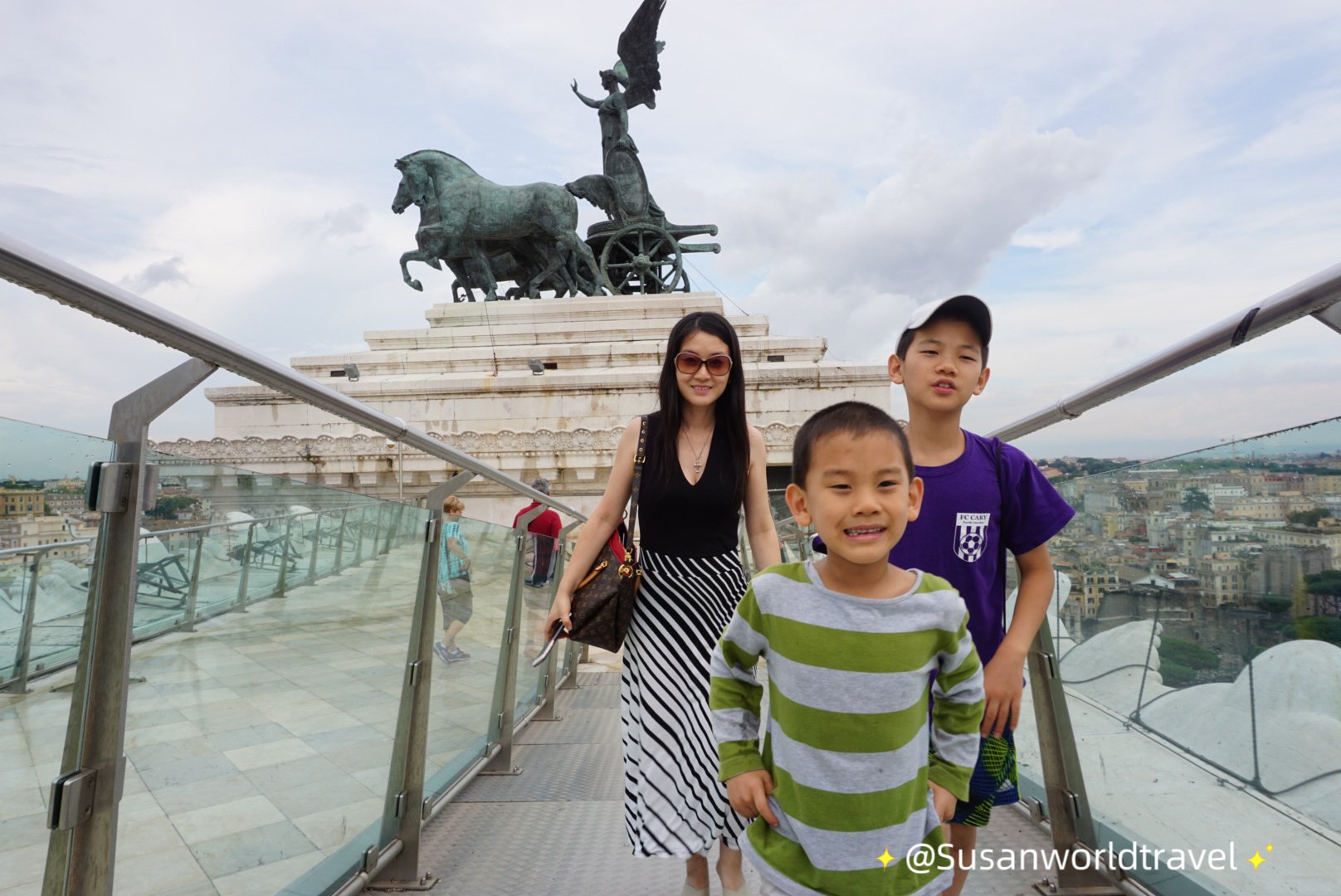
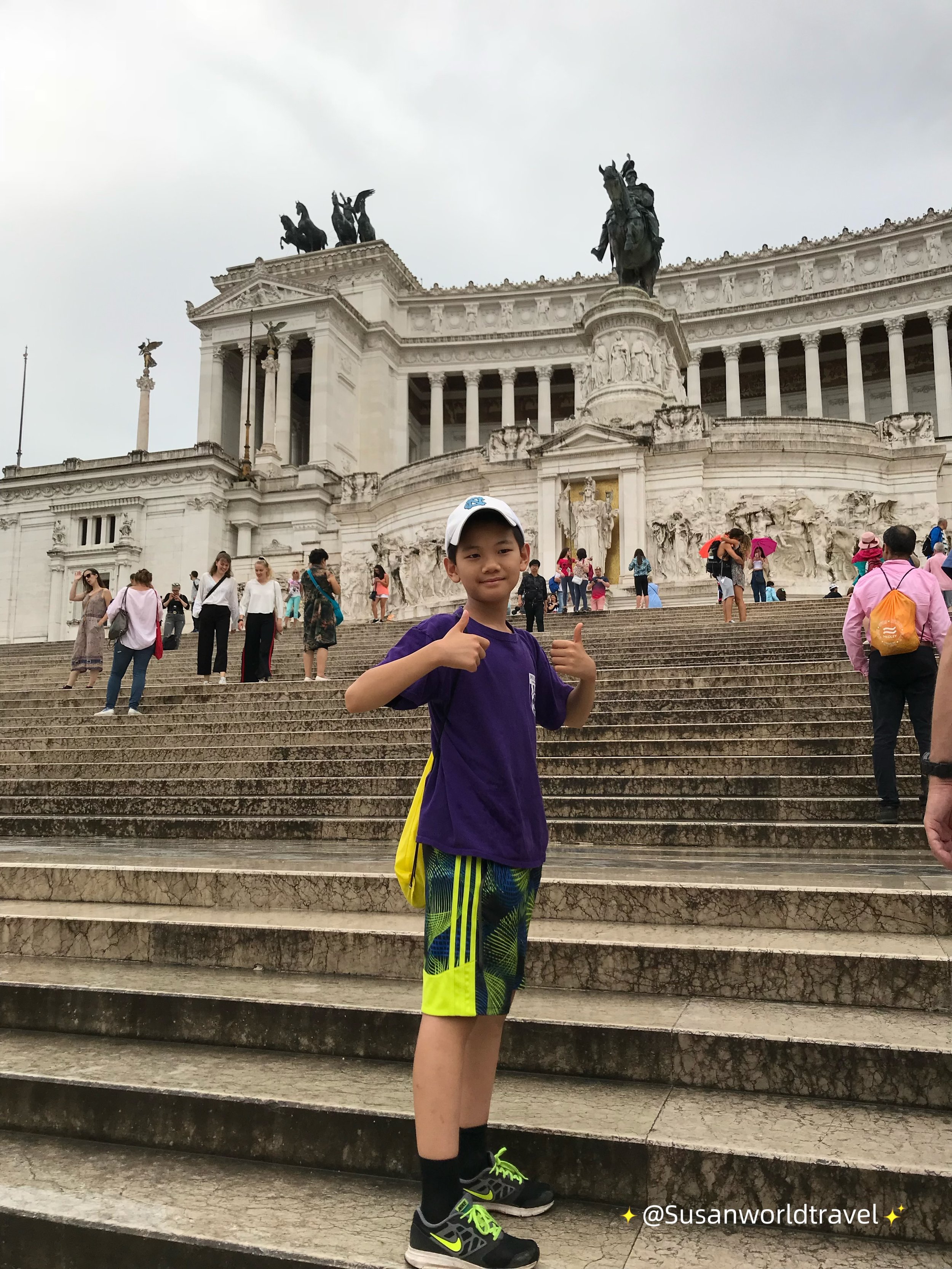
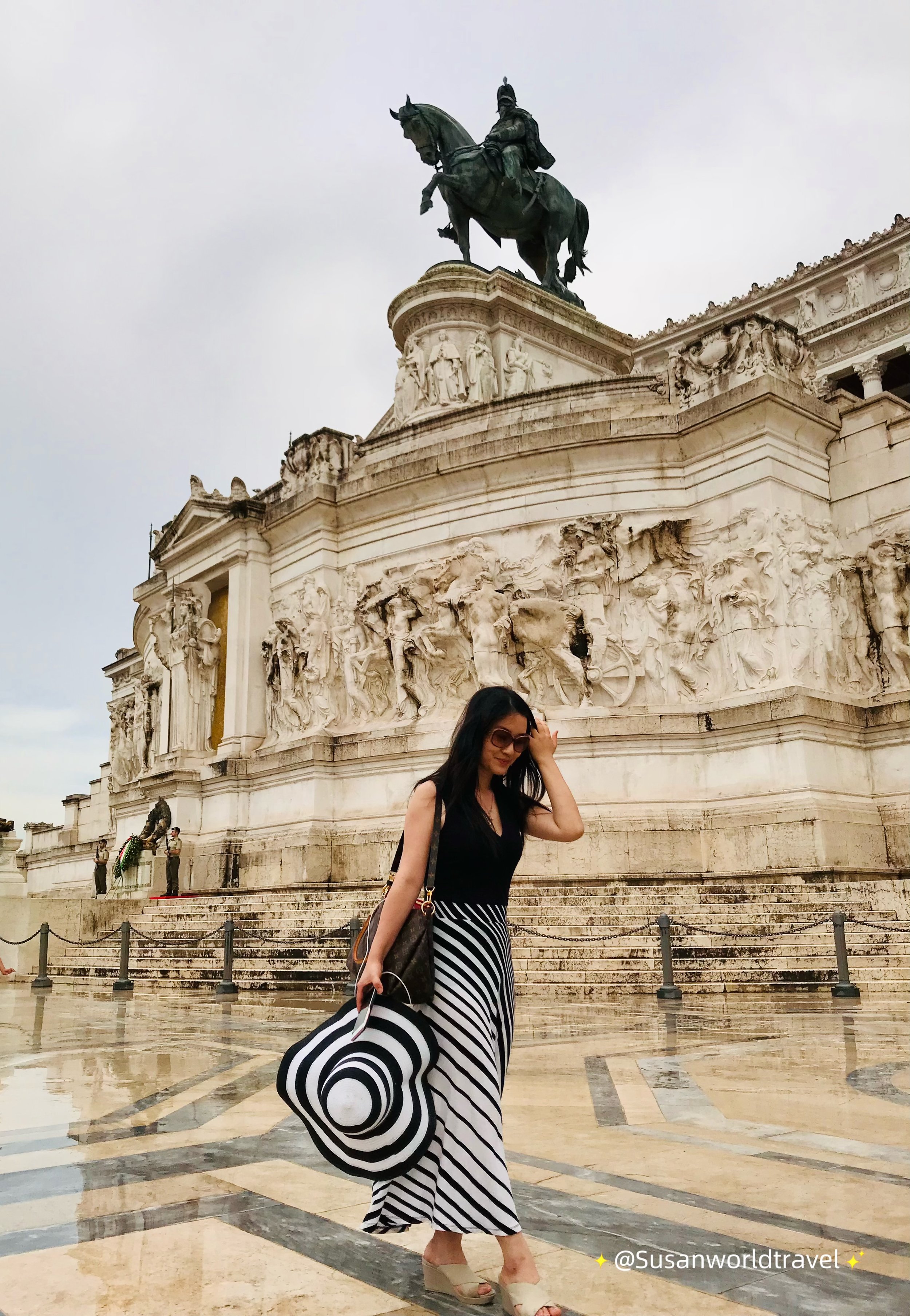
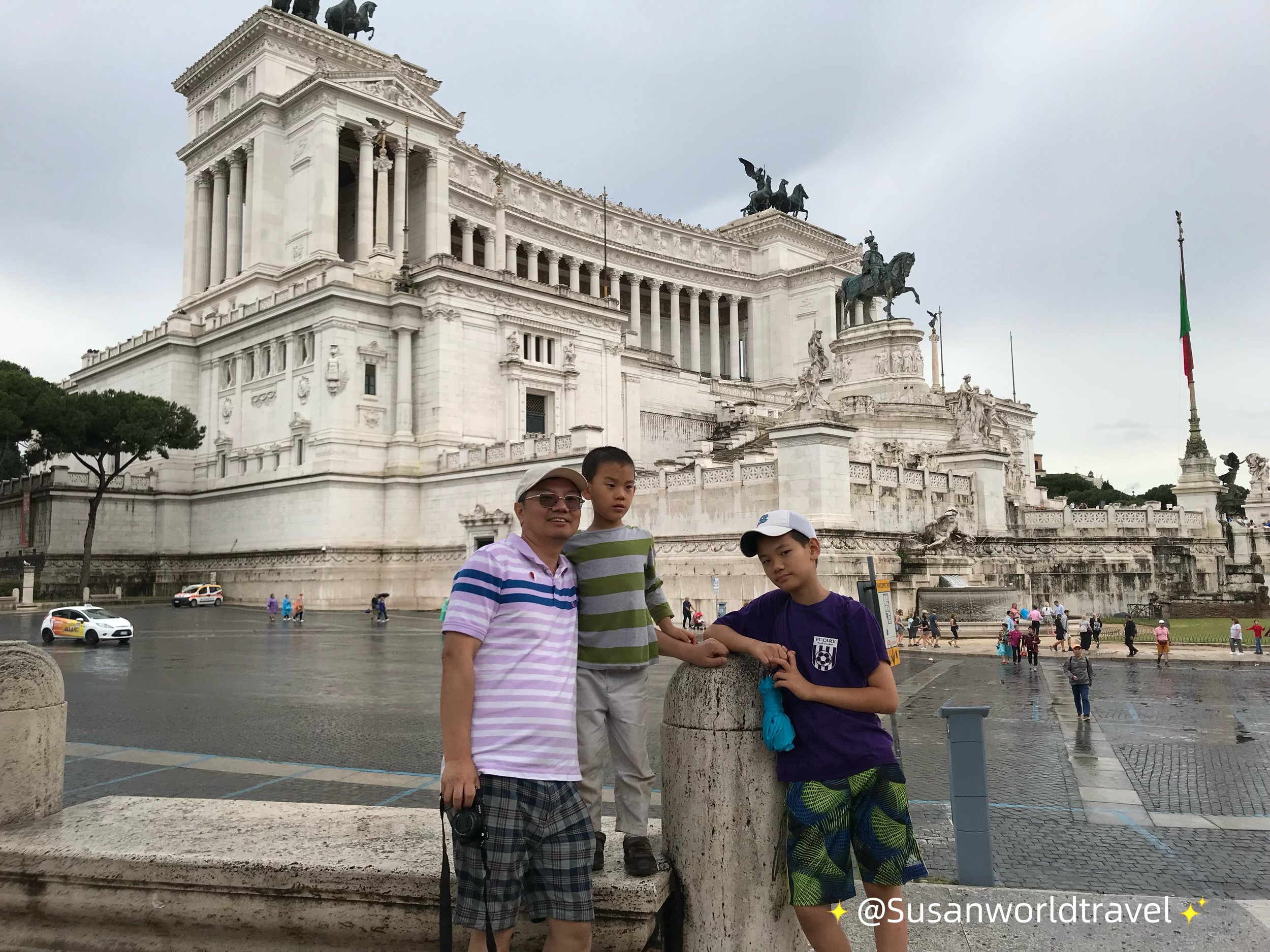
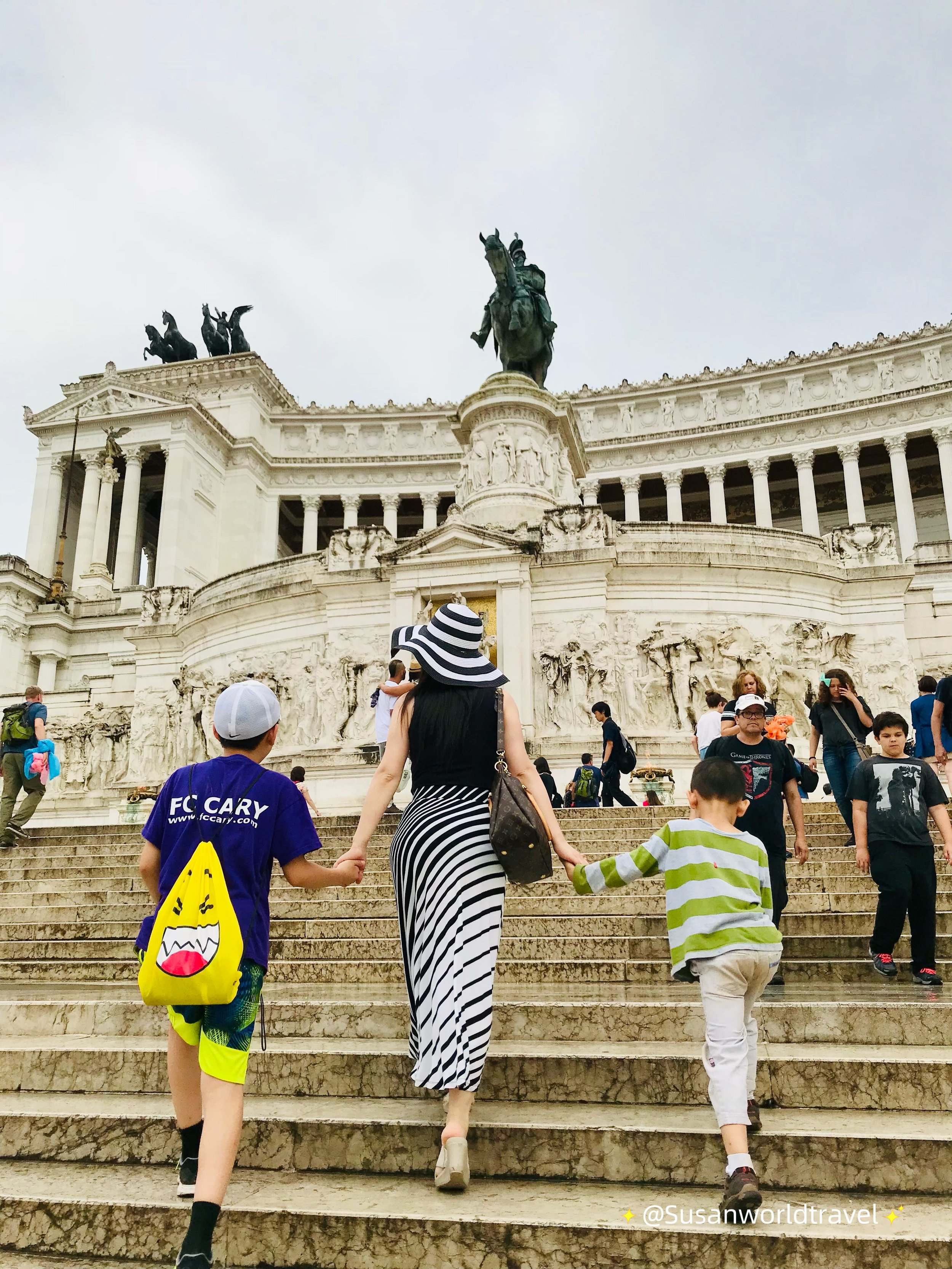

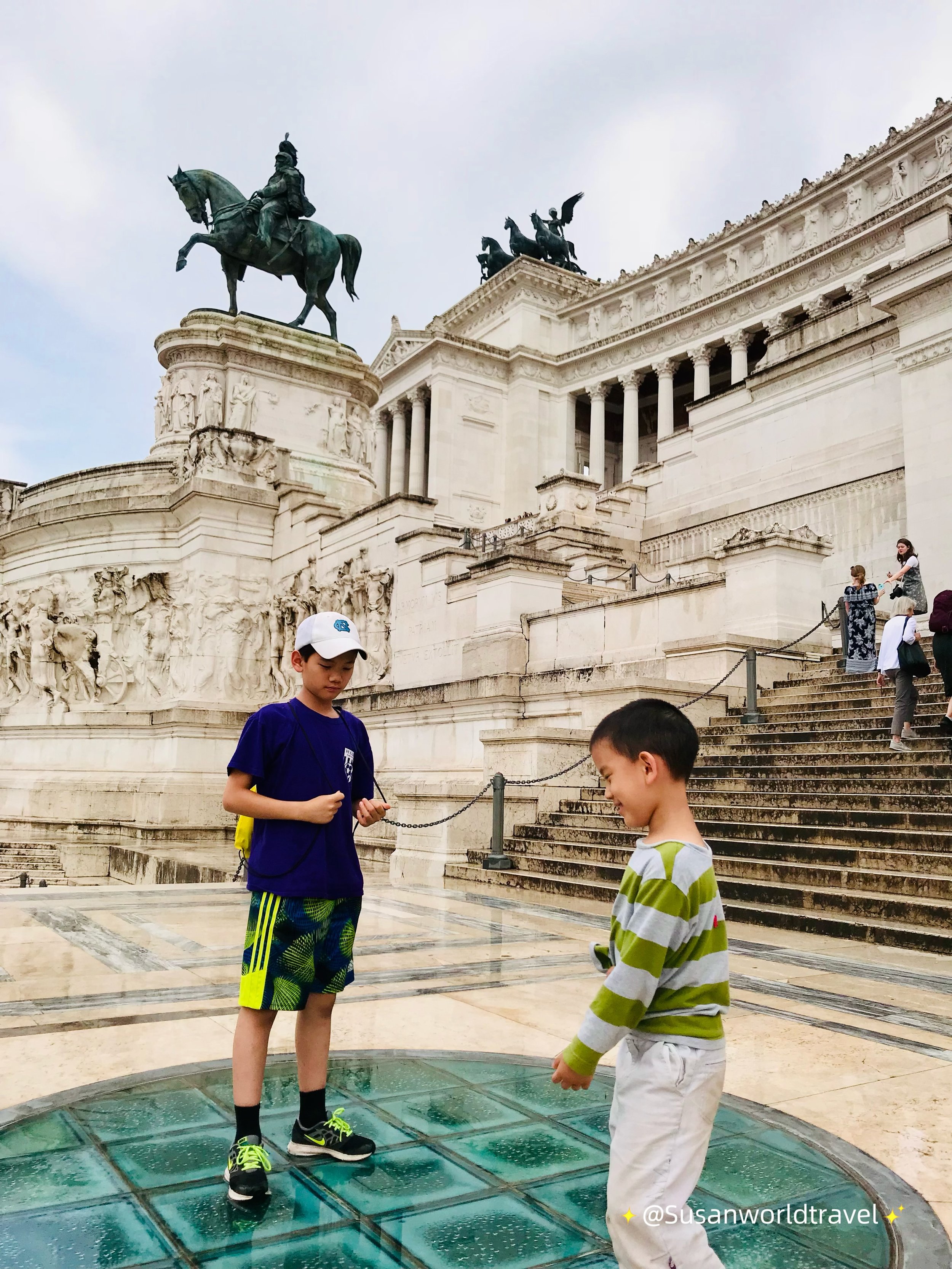

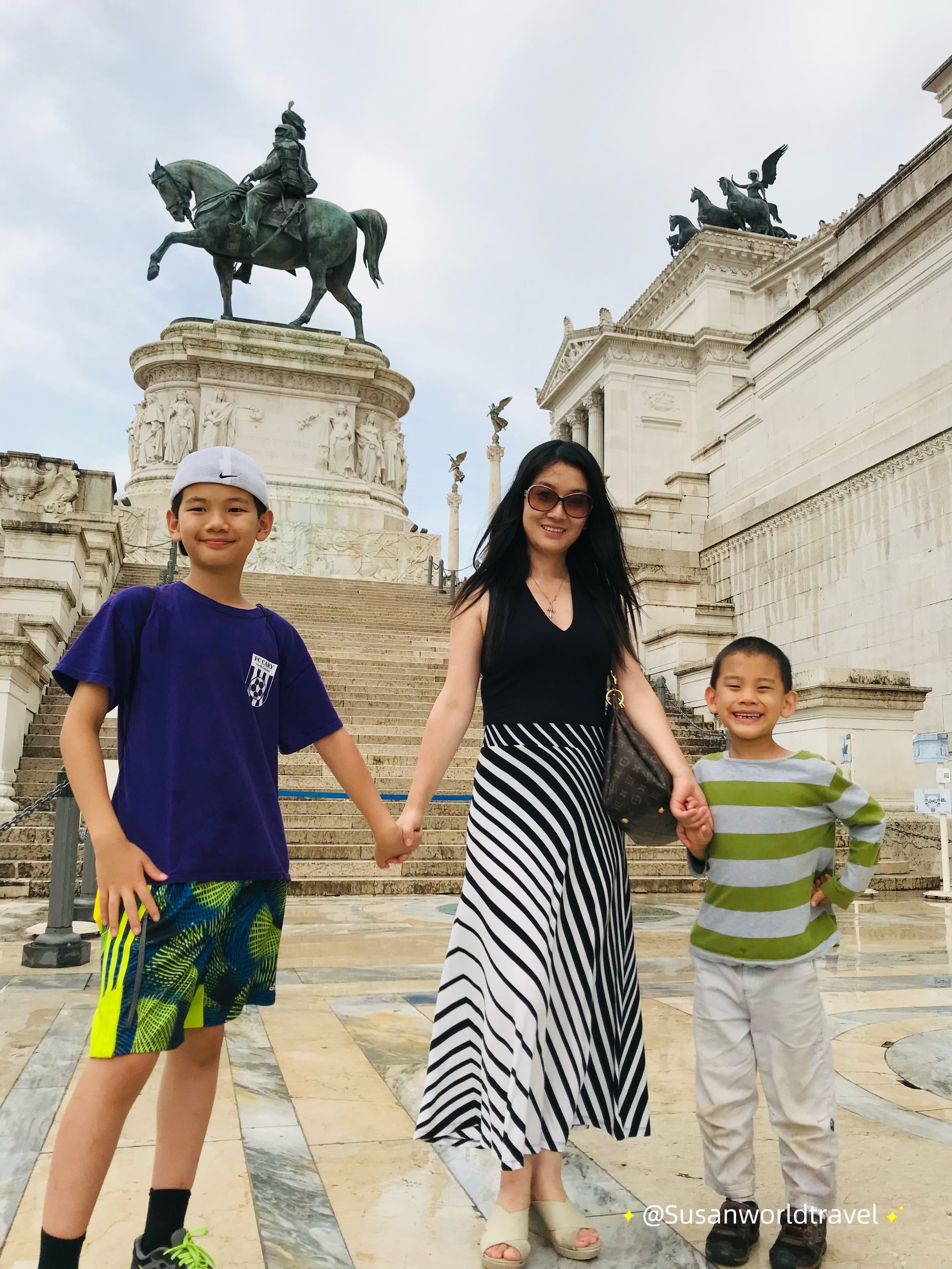
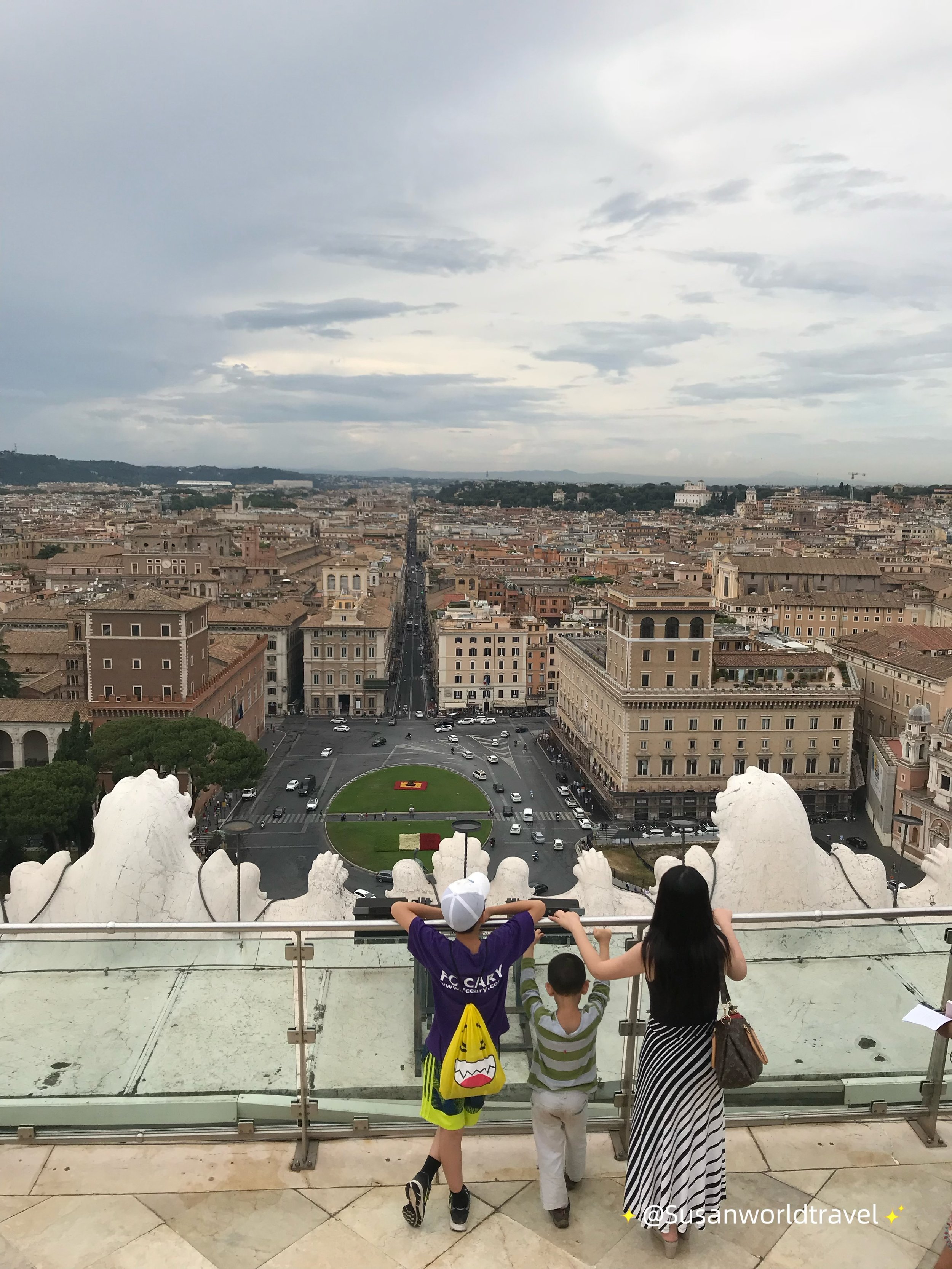
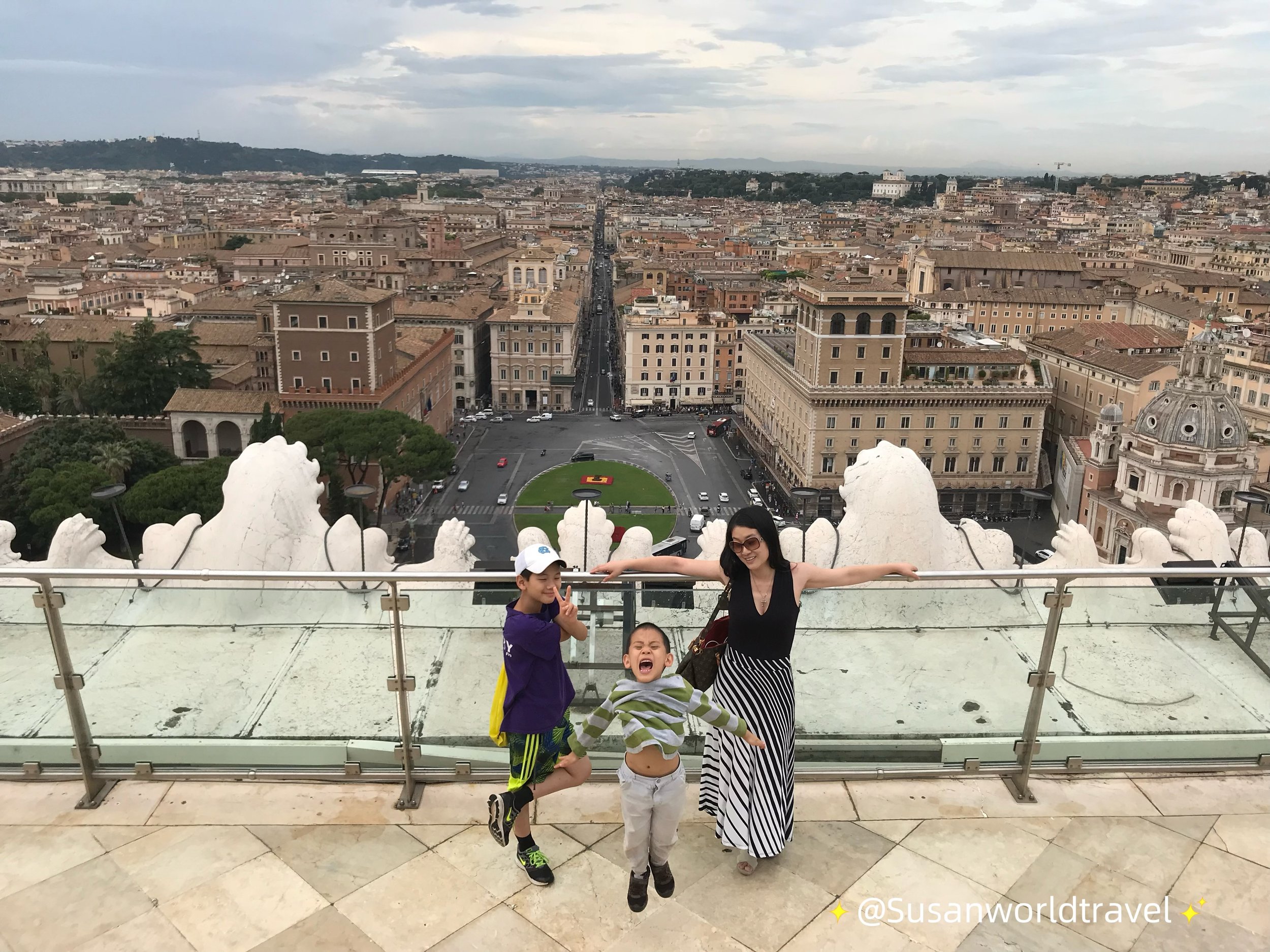
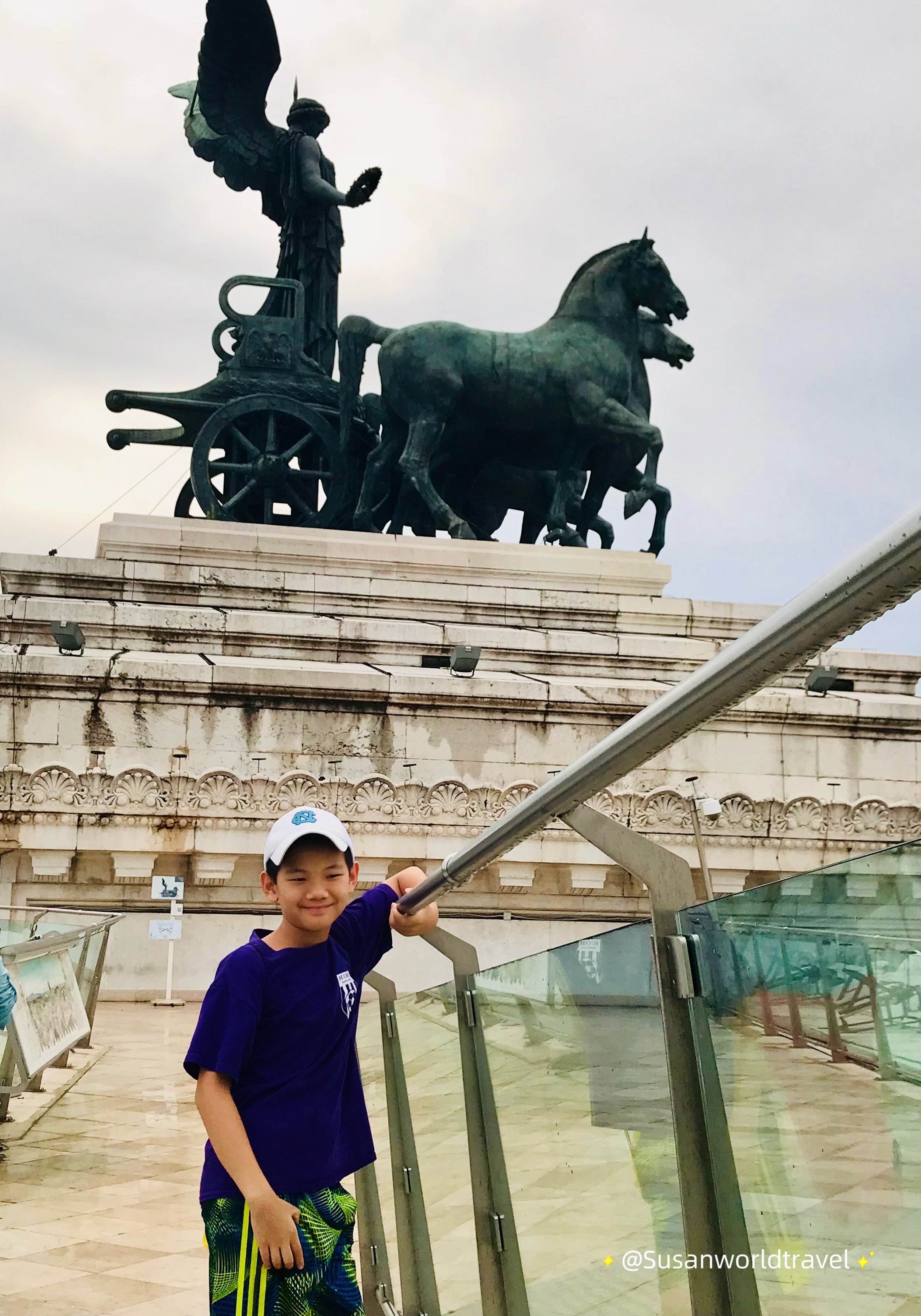
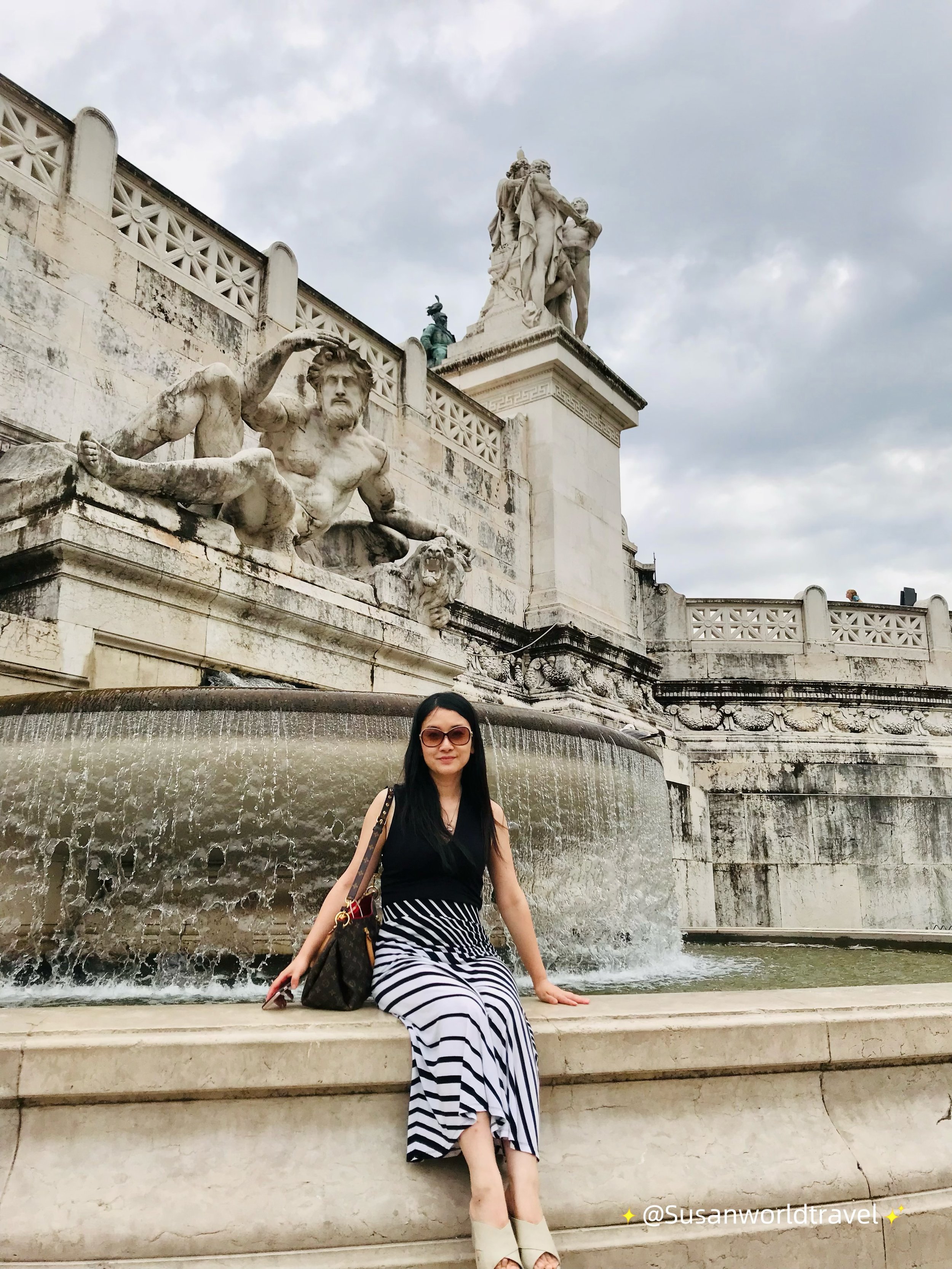
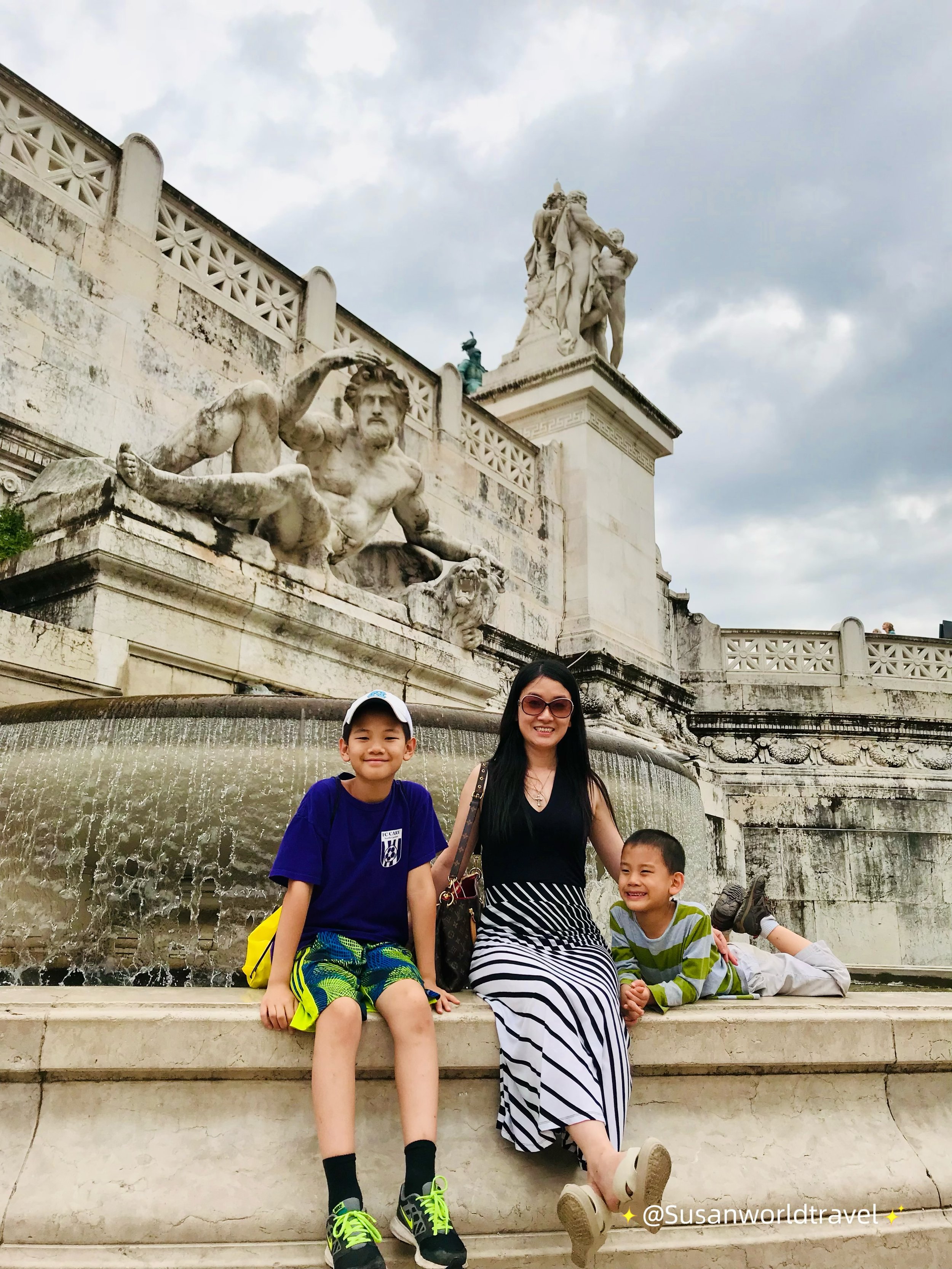
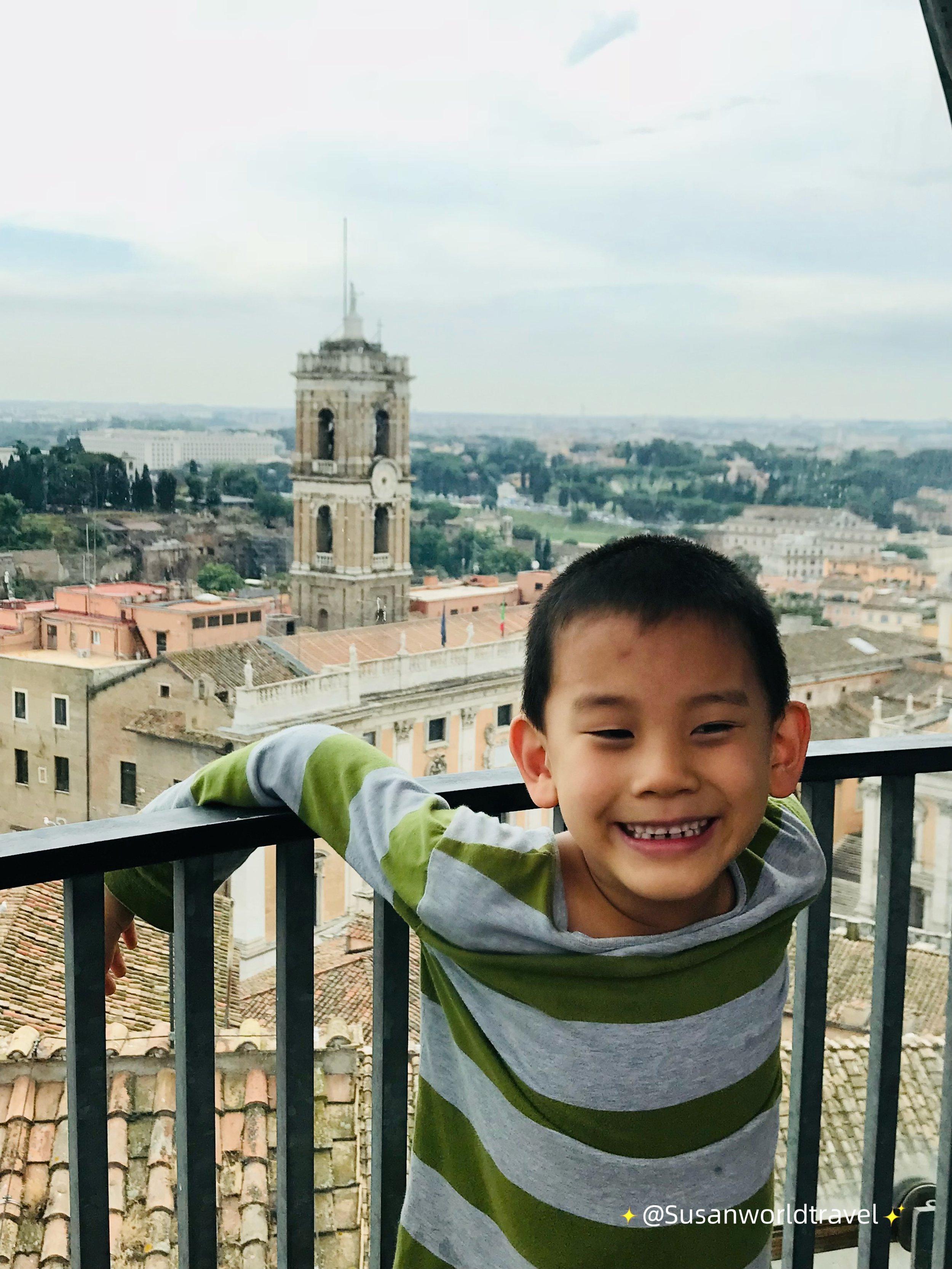
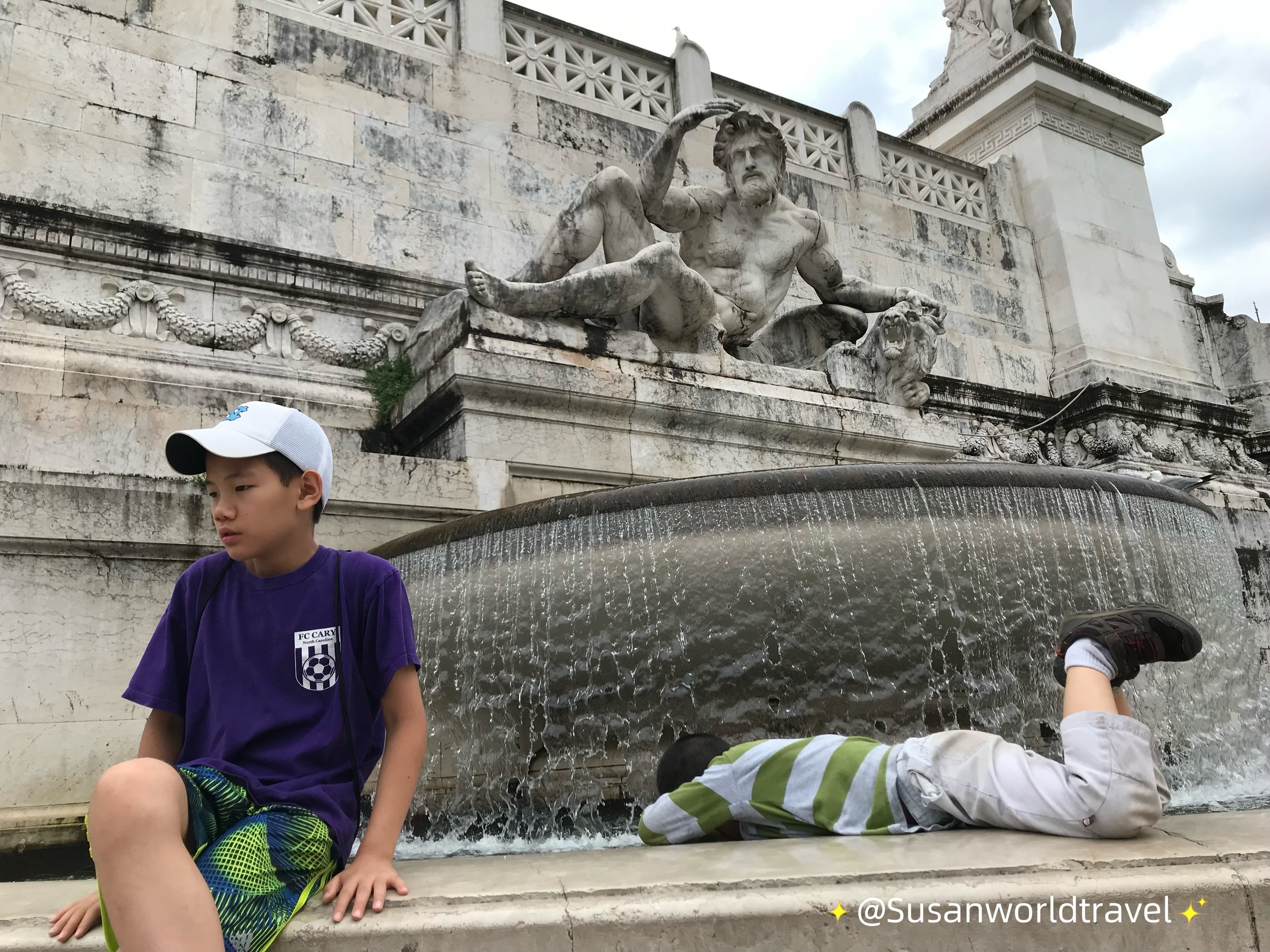
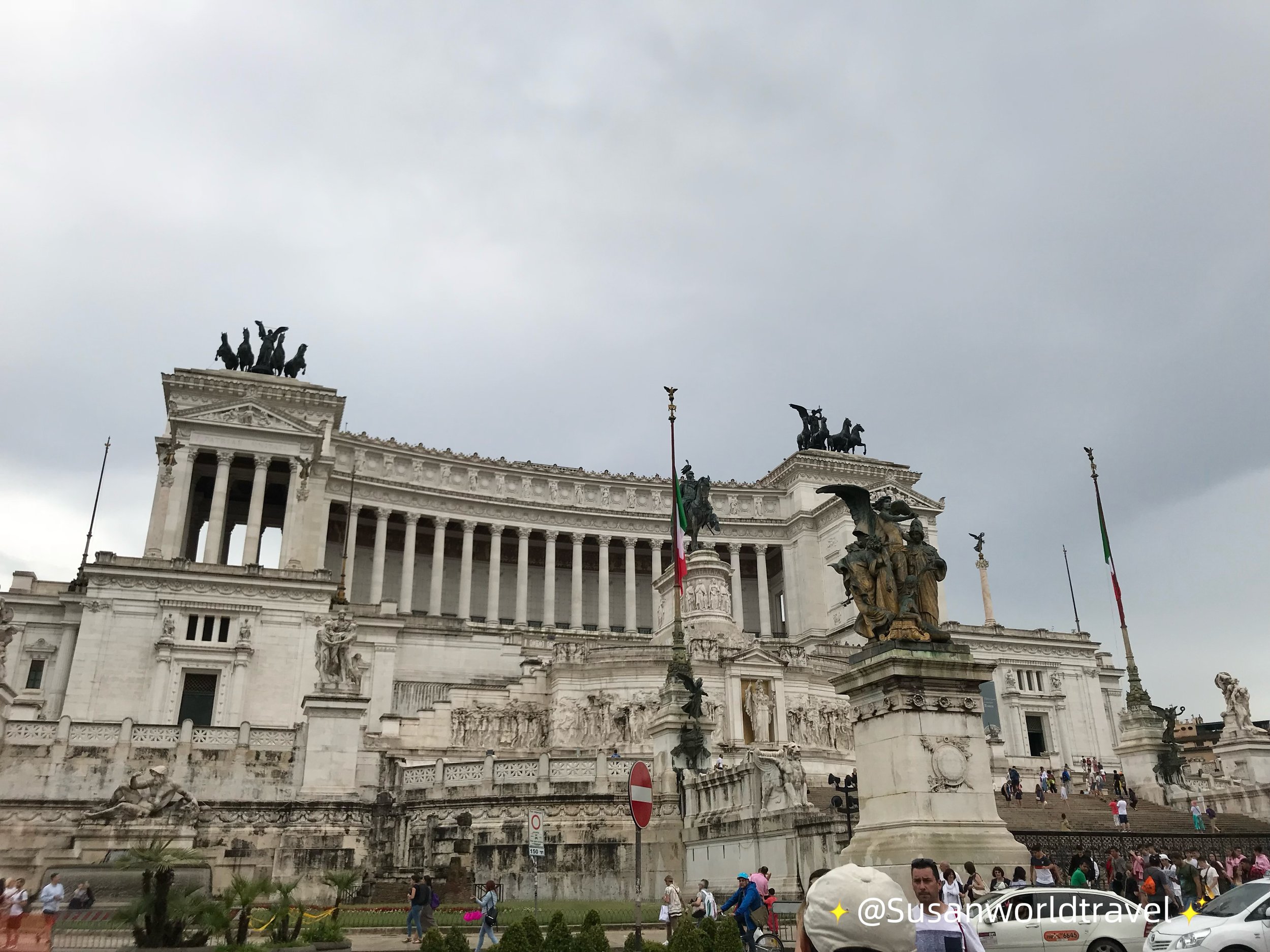

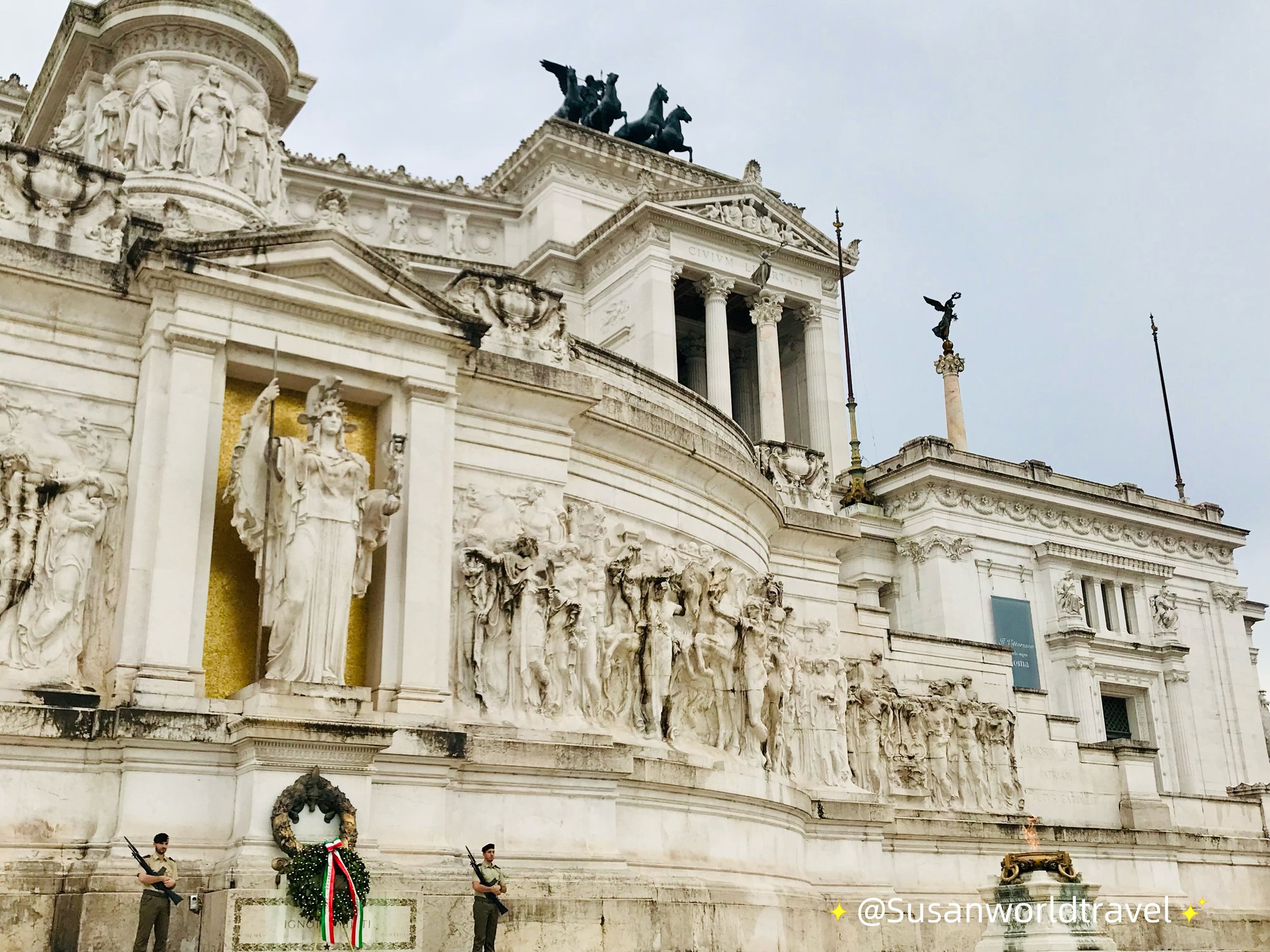
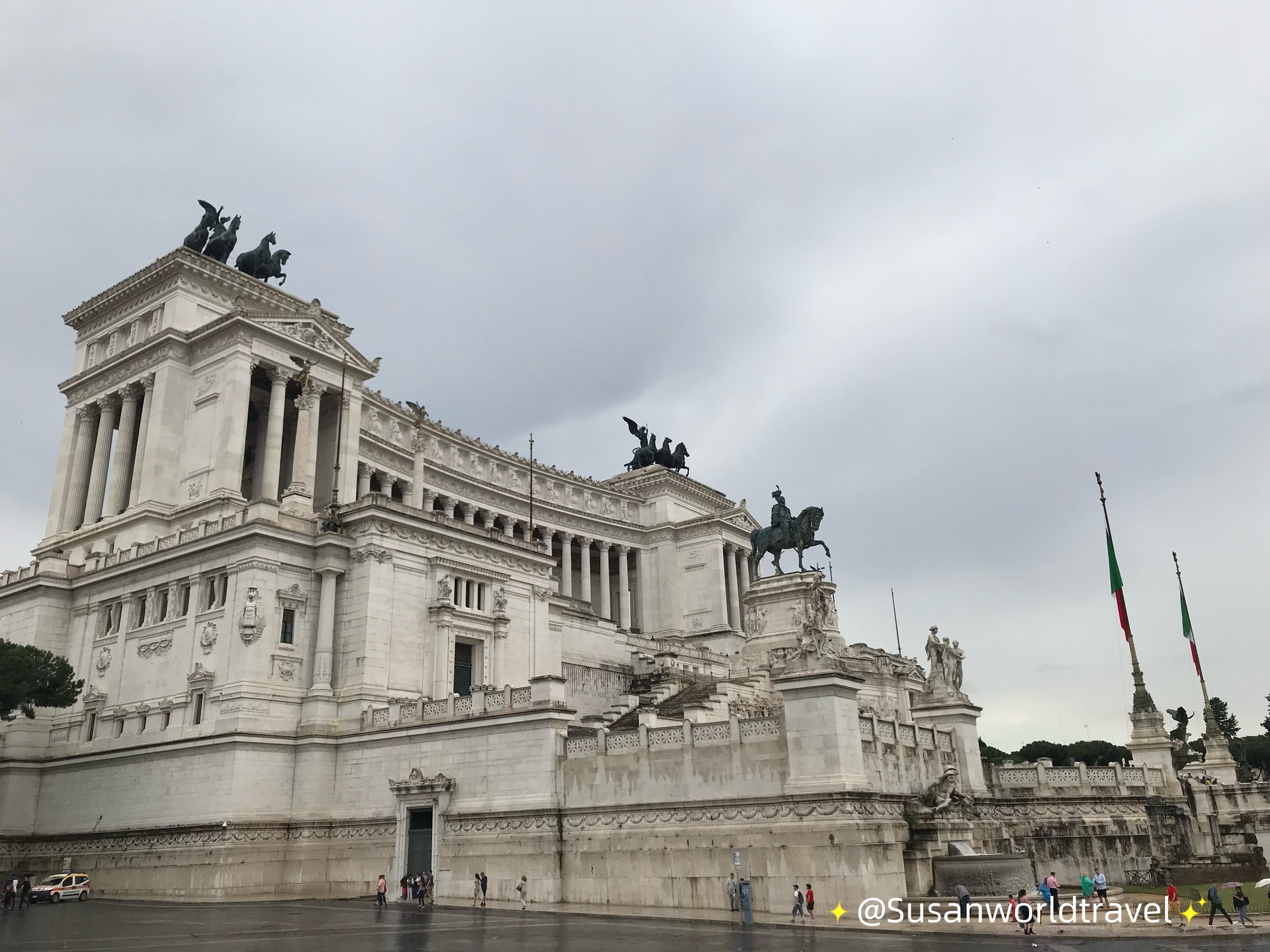
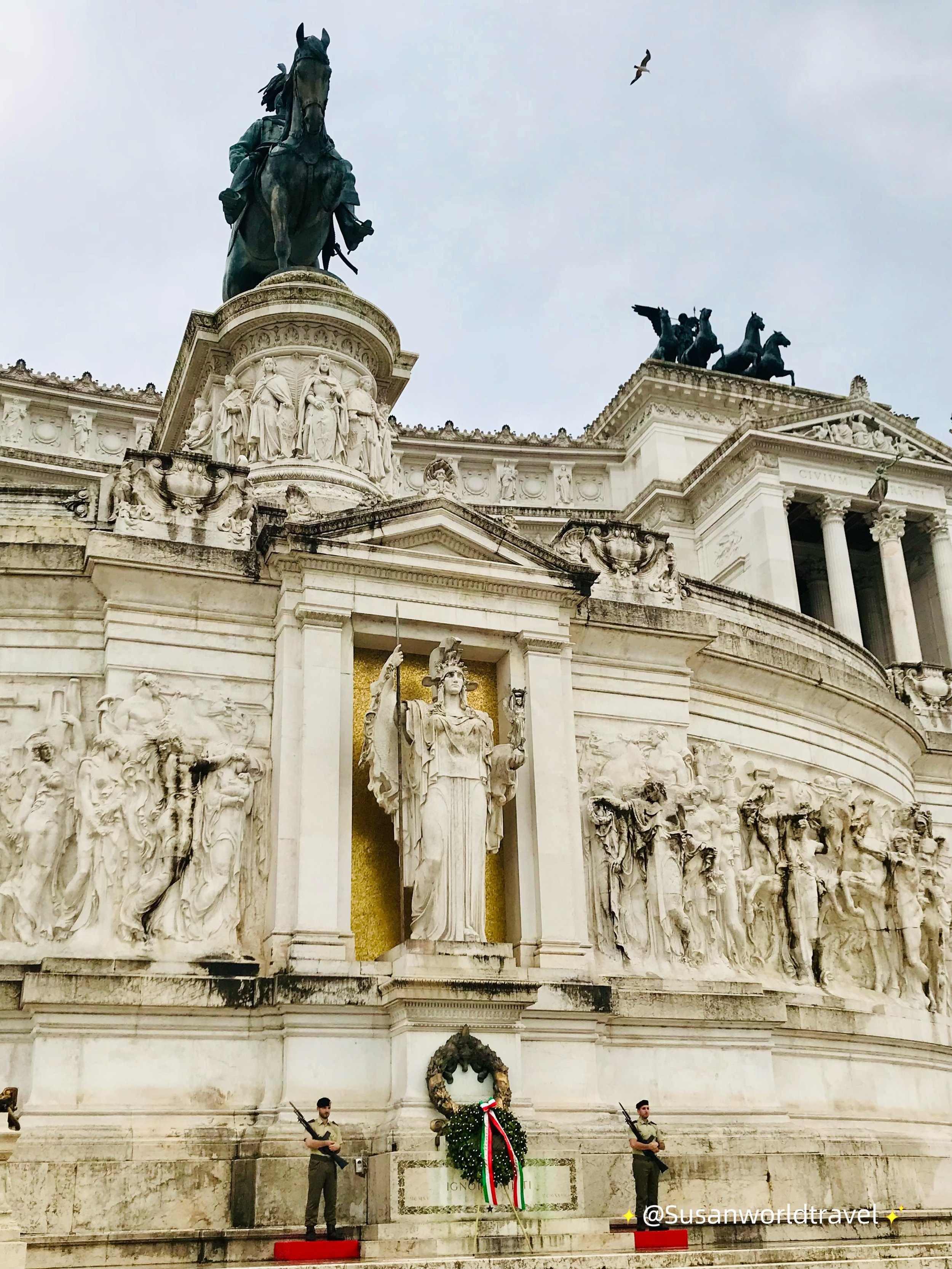
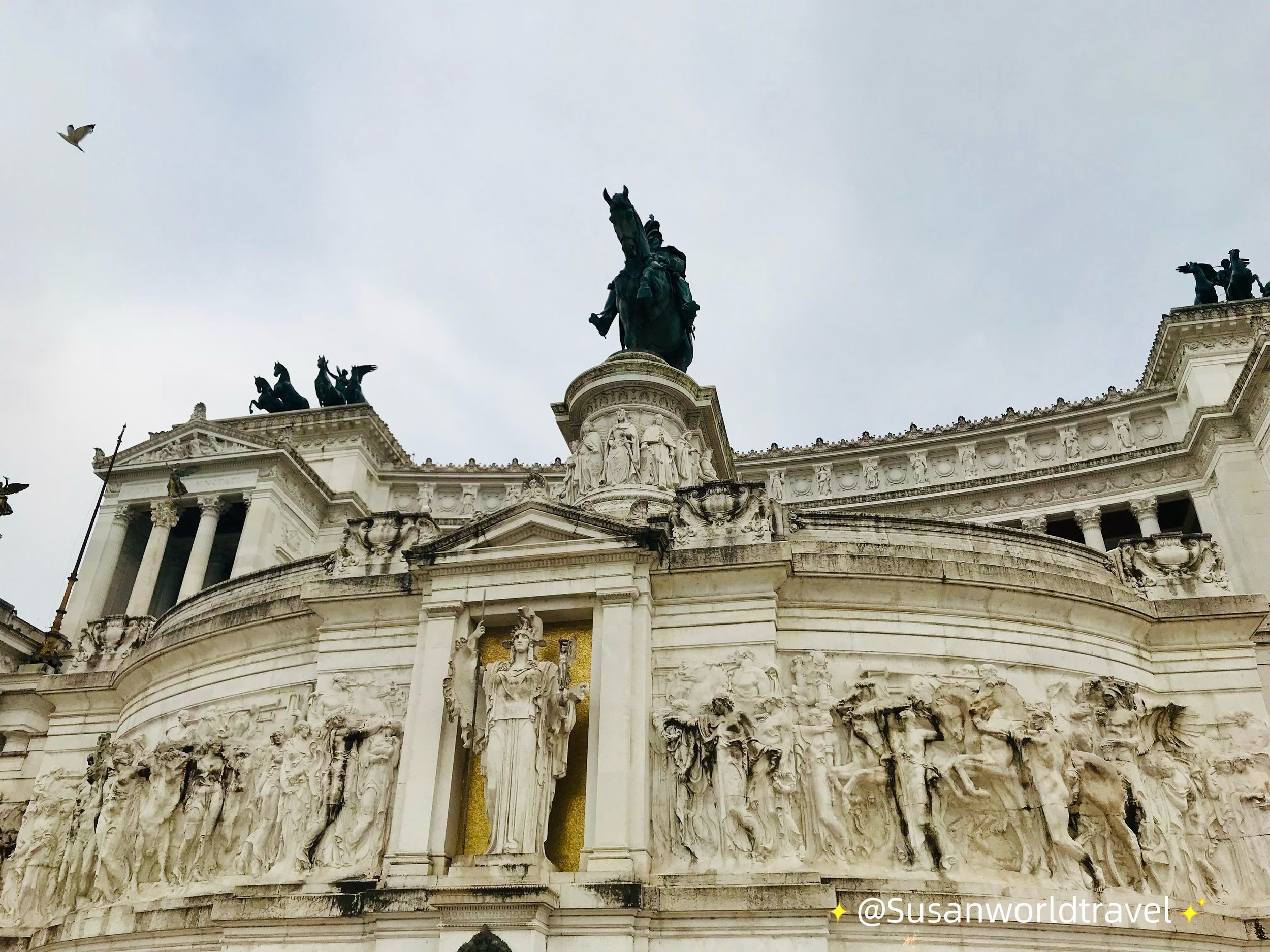
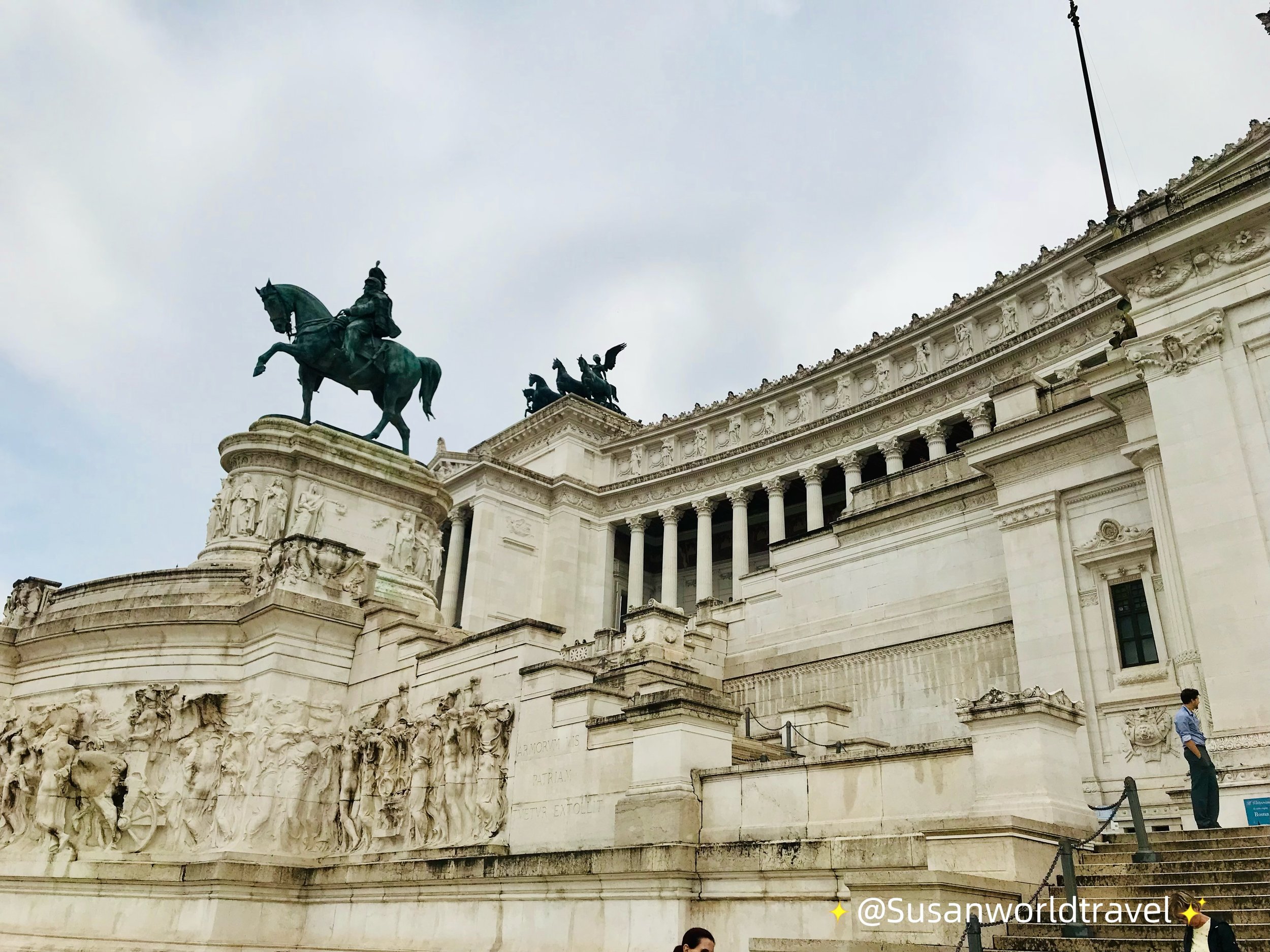


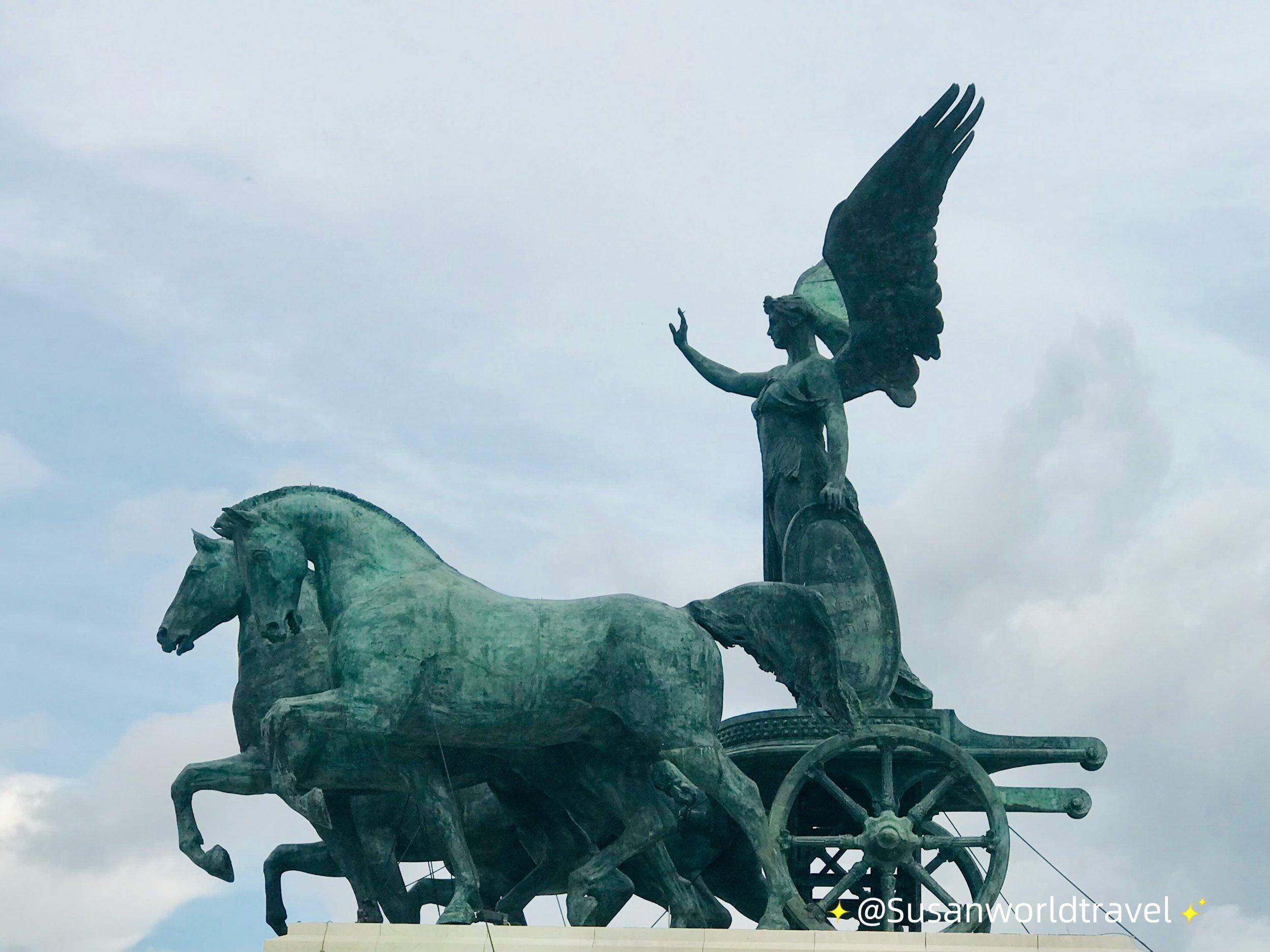
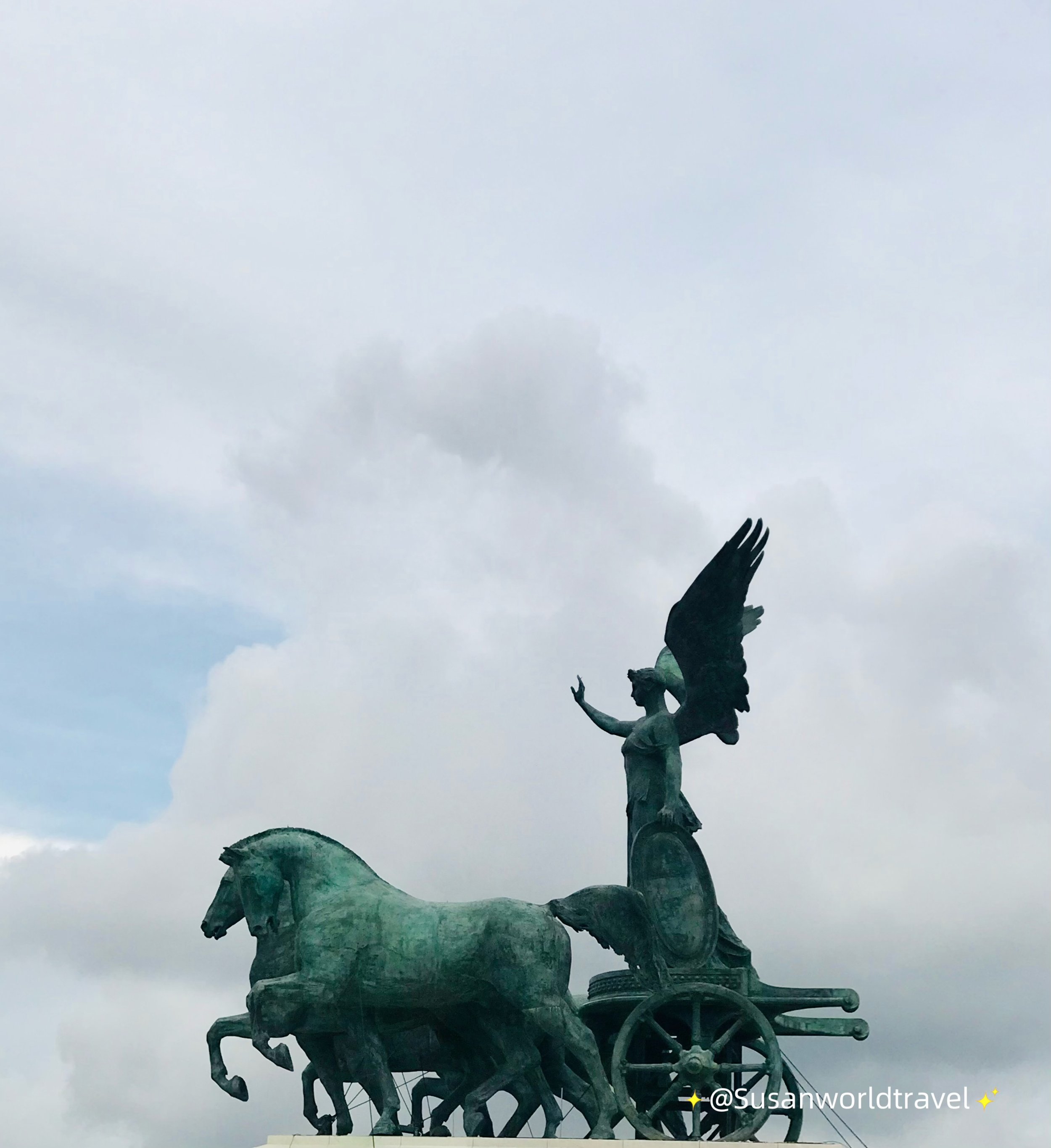

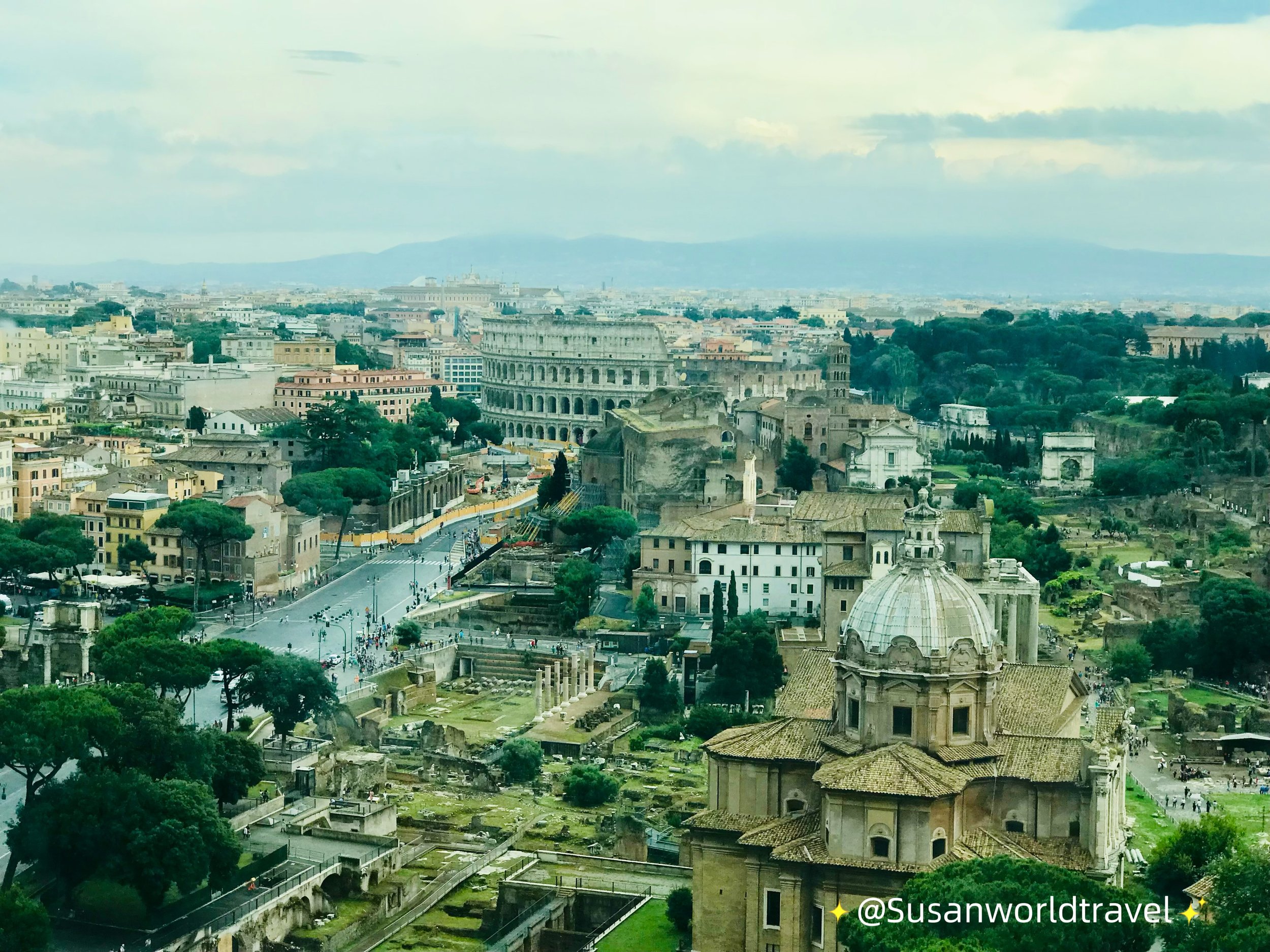
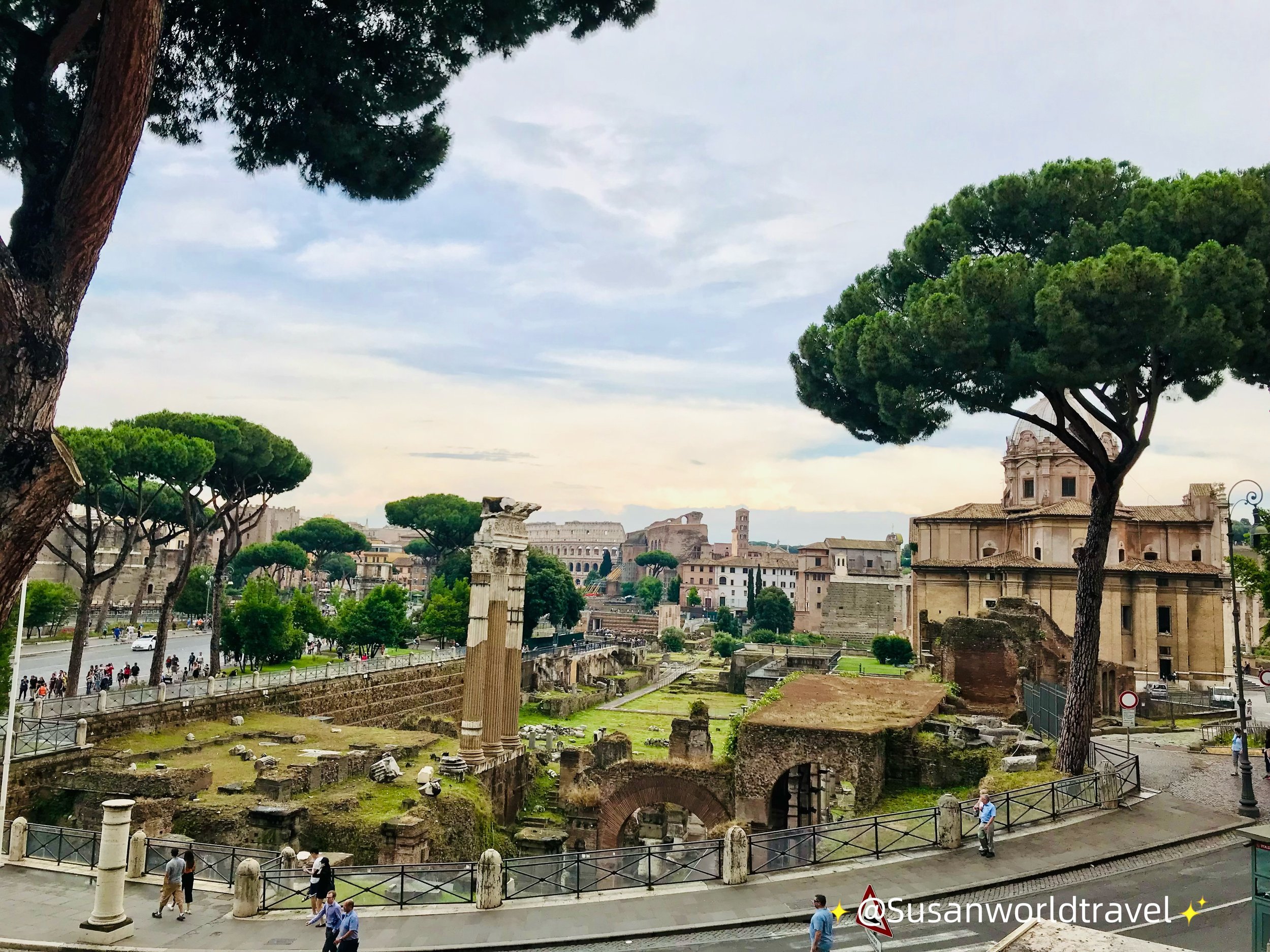
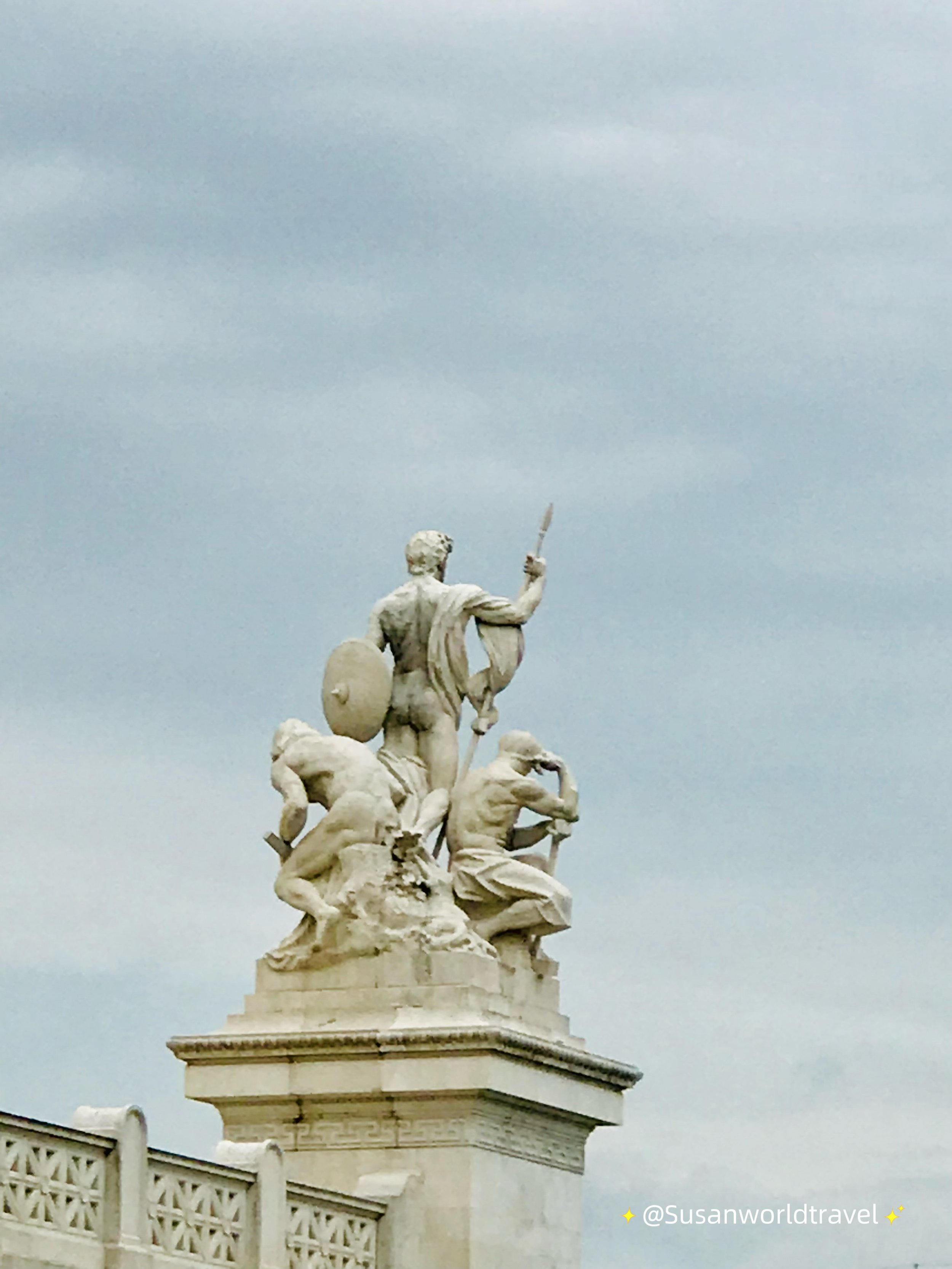
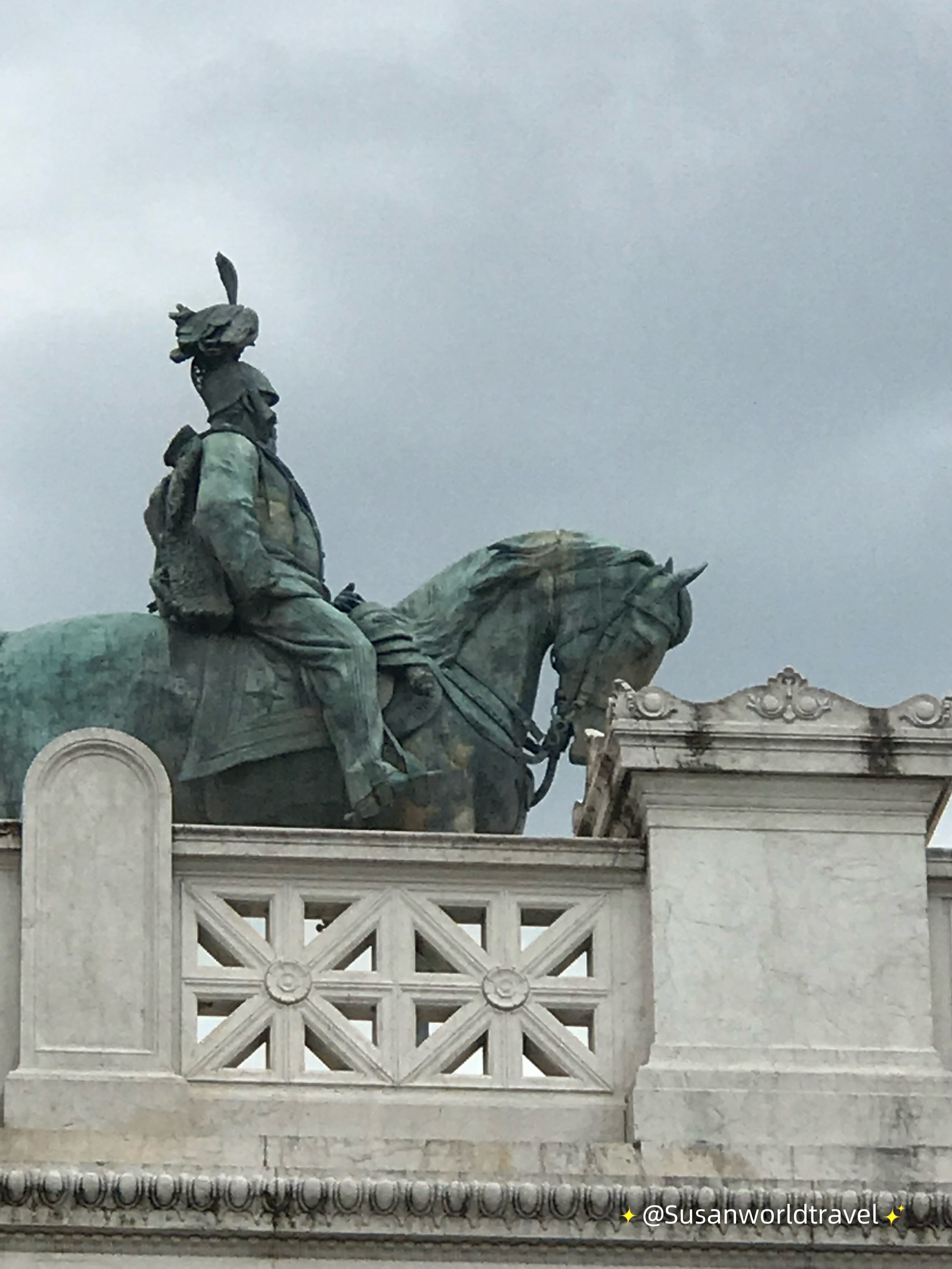
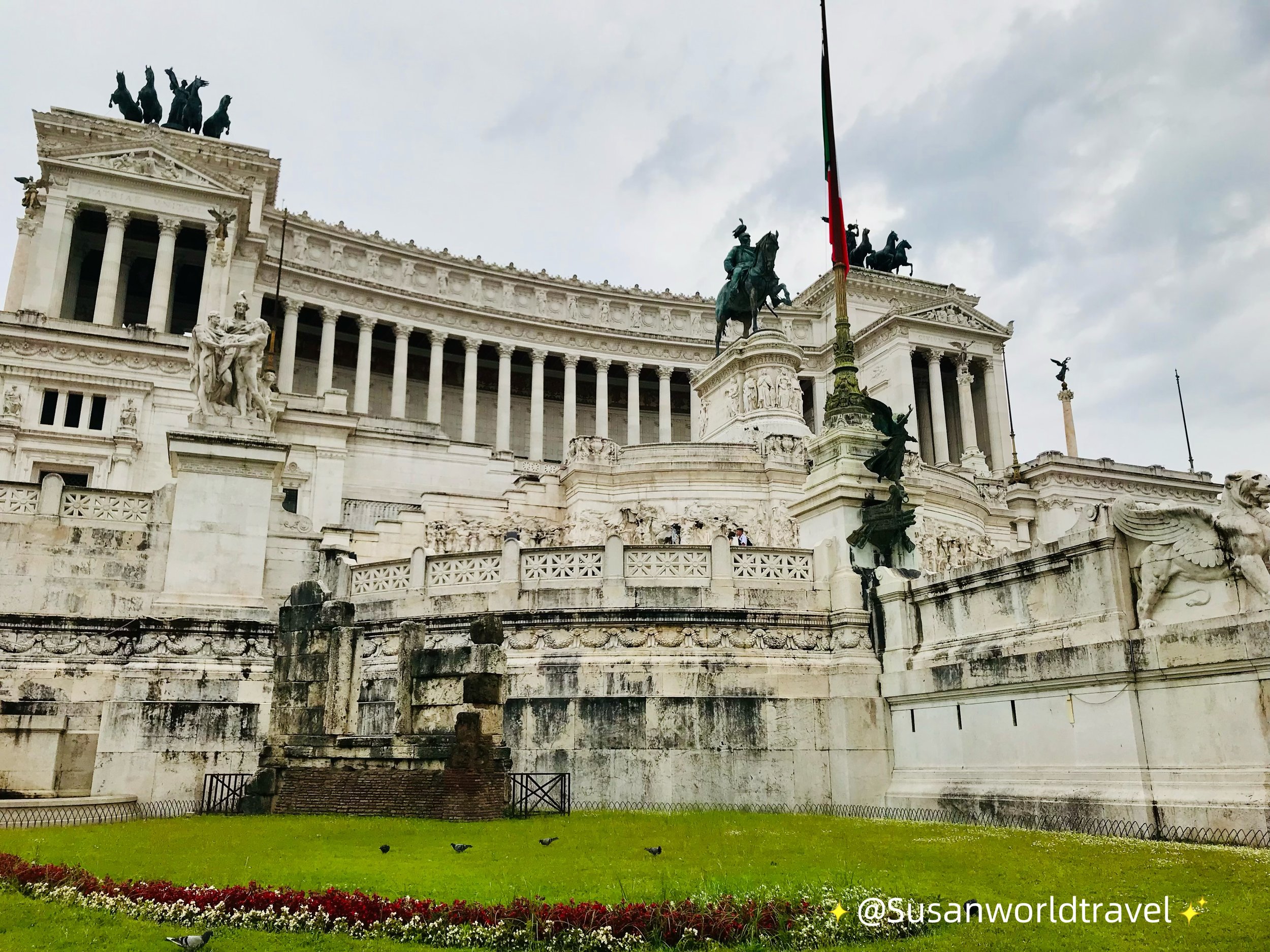
After visiting the Roman Forum, we took a short 10-minute walk to Piazza Venezia. As we strolled along Via del Corso, we passed lively streets full of shops and cafes, making the journey even more enjoyable. Piazza Venezia is one of Rome’s busiest squares, and the impressive Victor Emmanuel II Monument immediately caught our attention. Its grand white marble structure, towering statue of Victor Emmanuel, and wide staircases made it feel like we were standing in the center of Rome's history. The square is not only a perfect spot for photos but also a great starting point for visiting other nearby attractions like Capitoline Hill and the Pantheon.

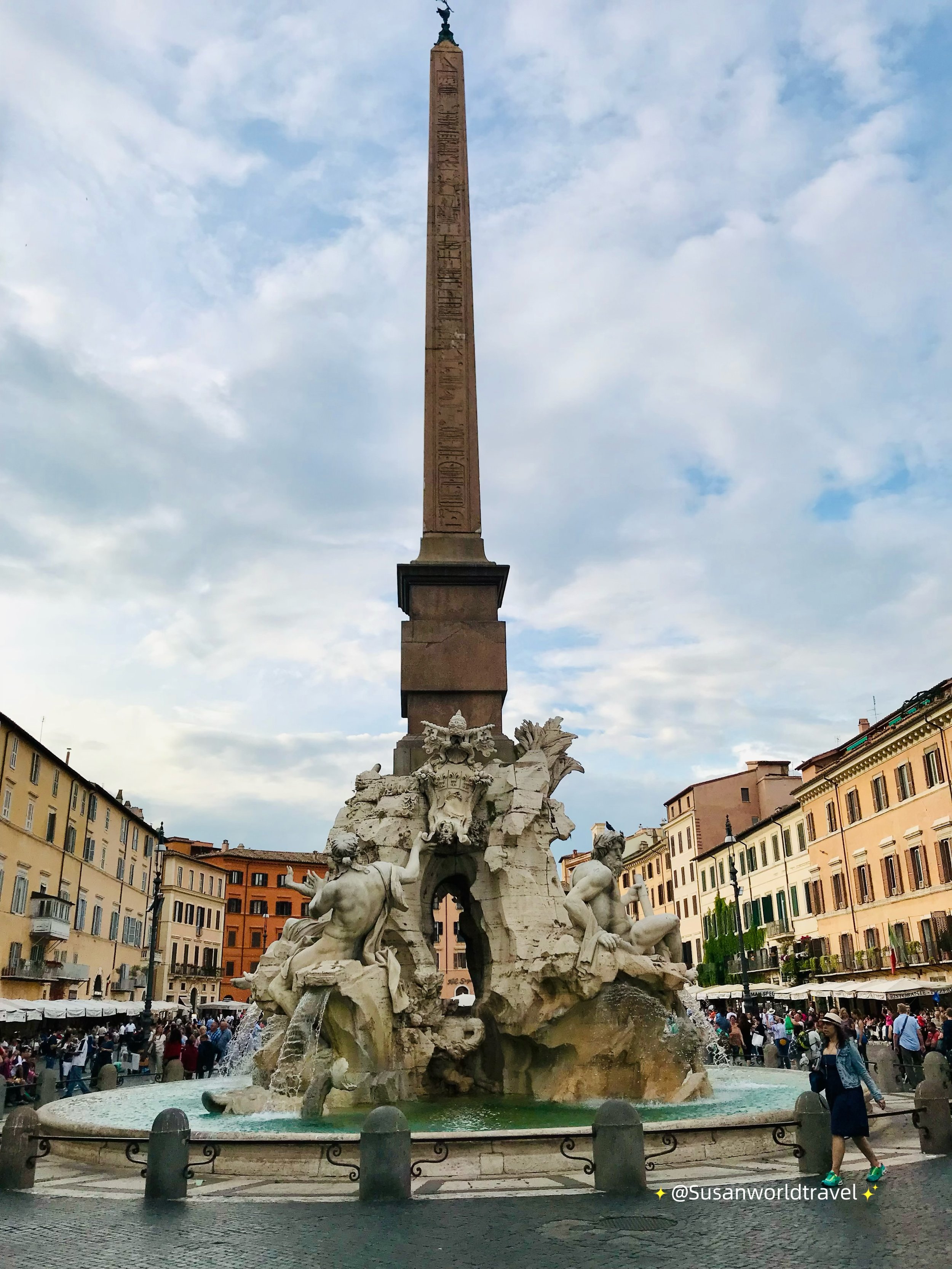
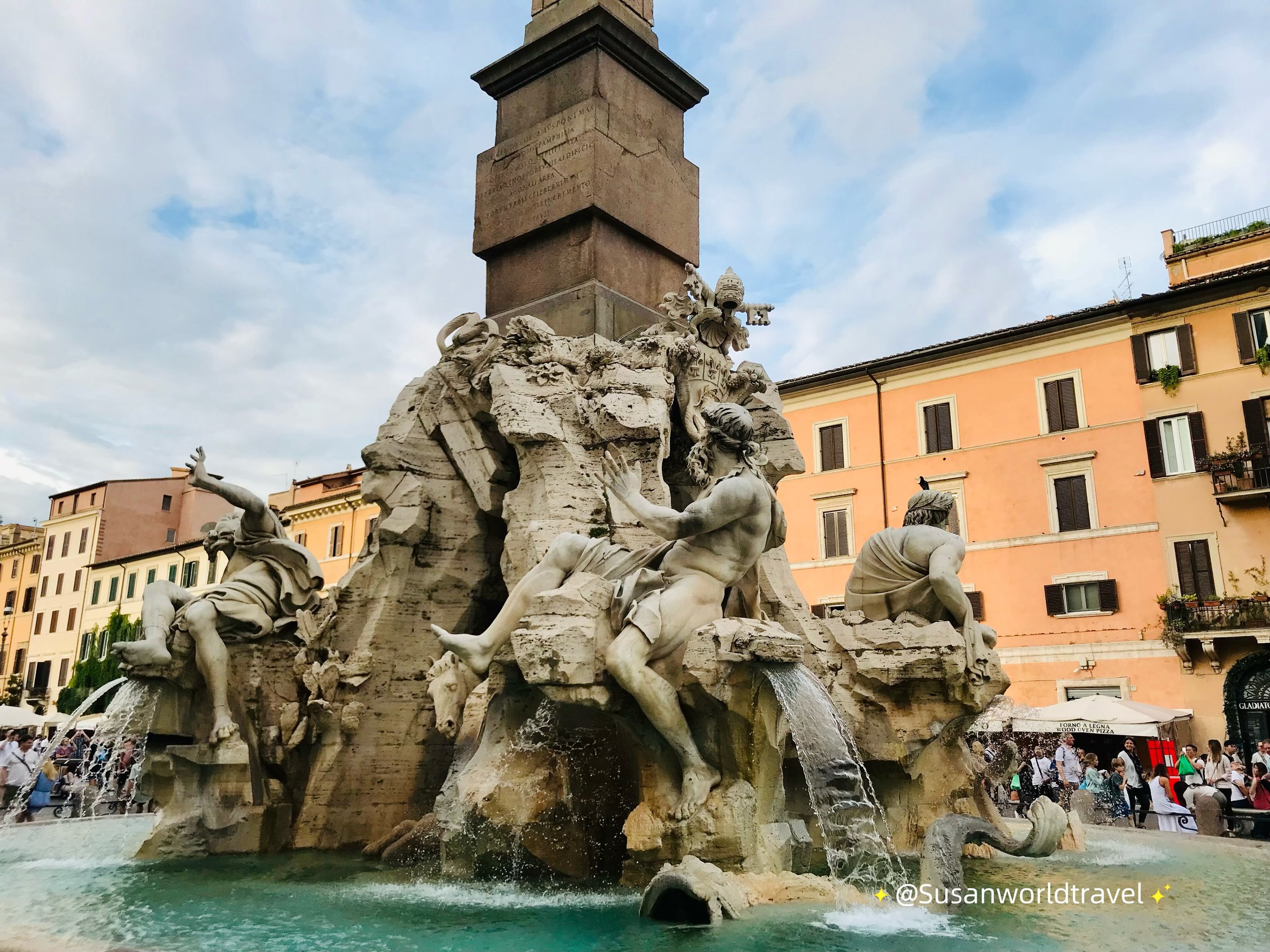
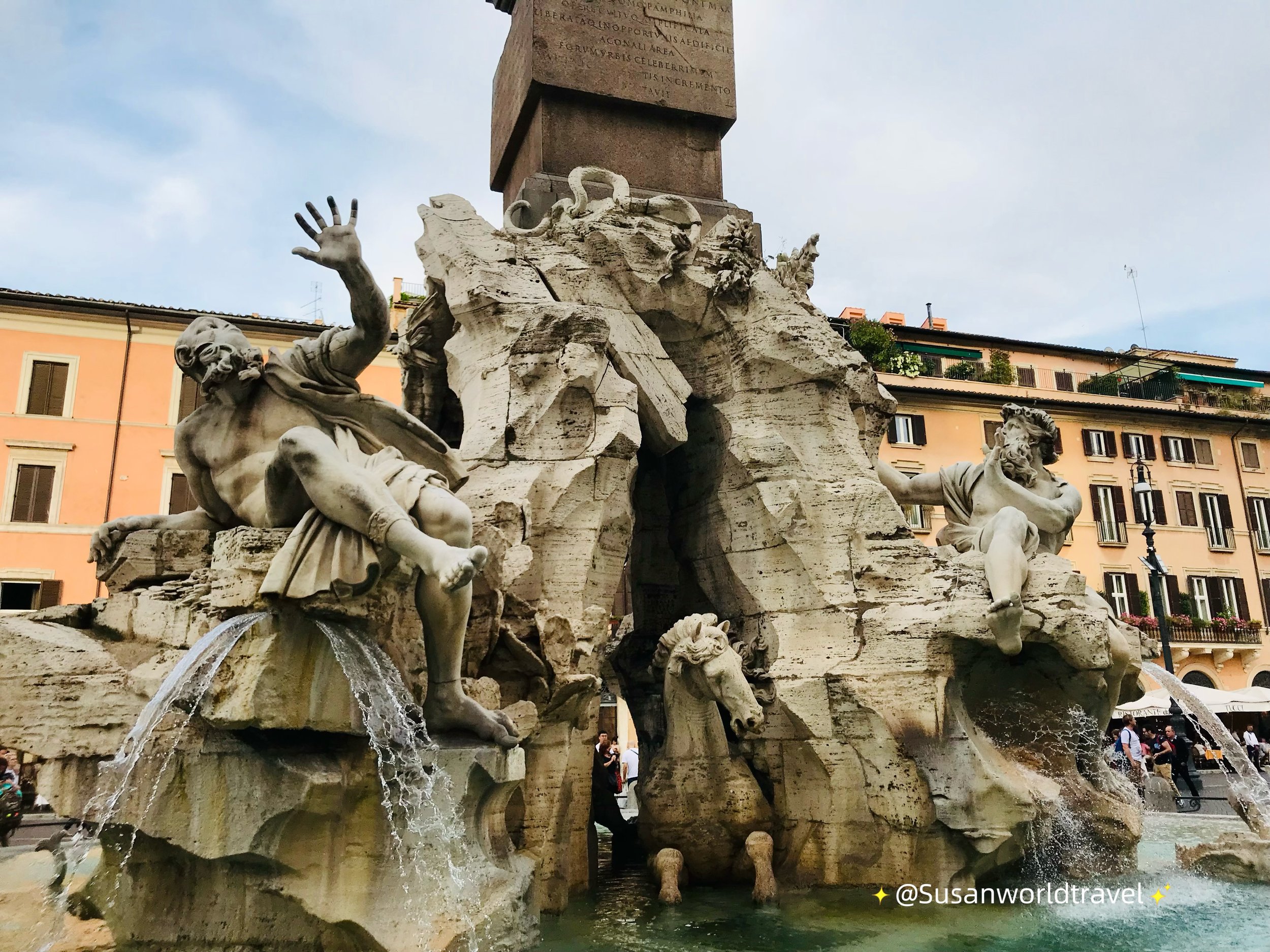
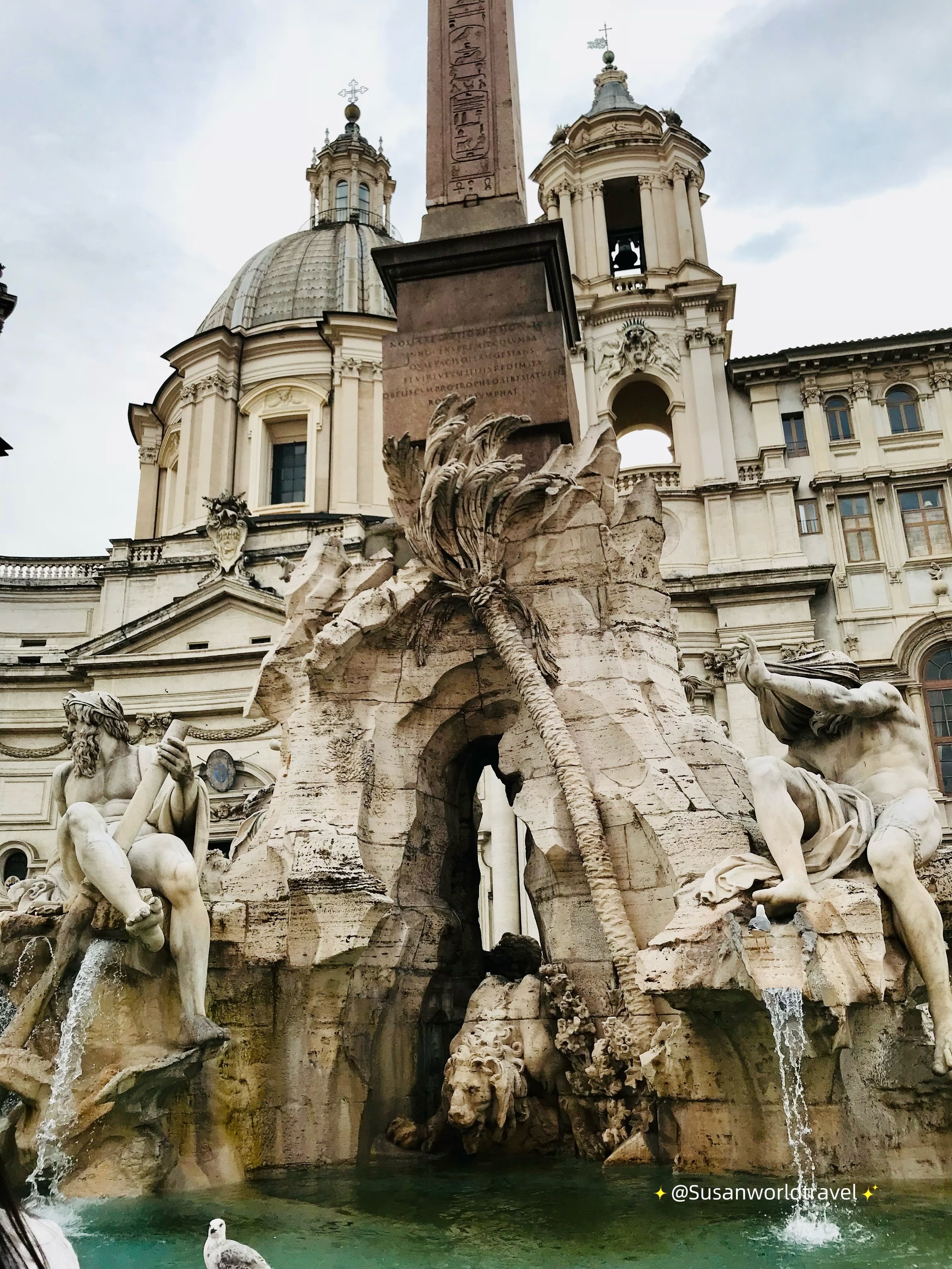
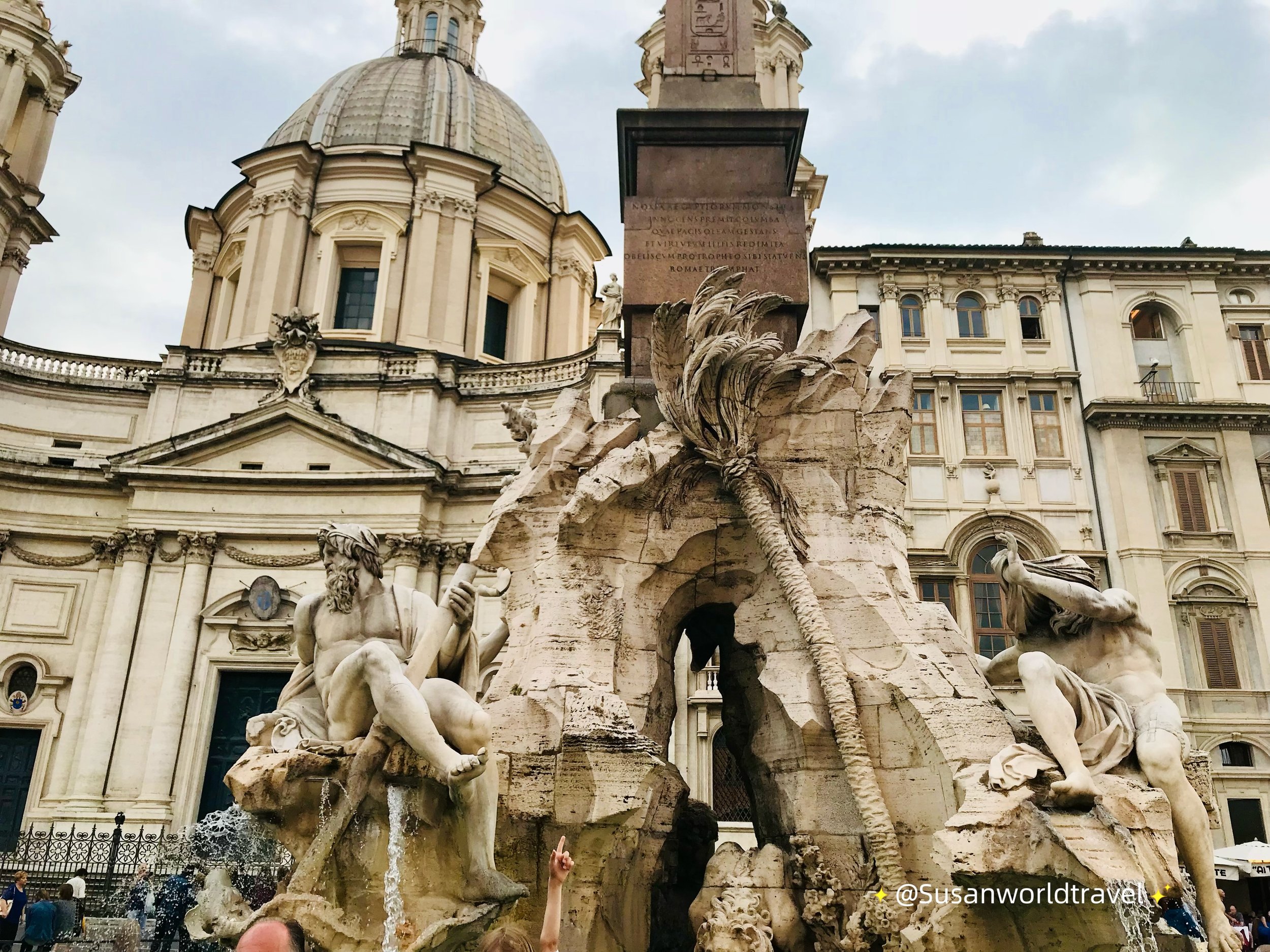
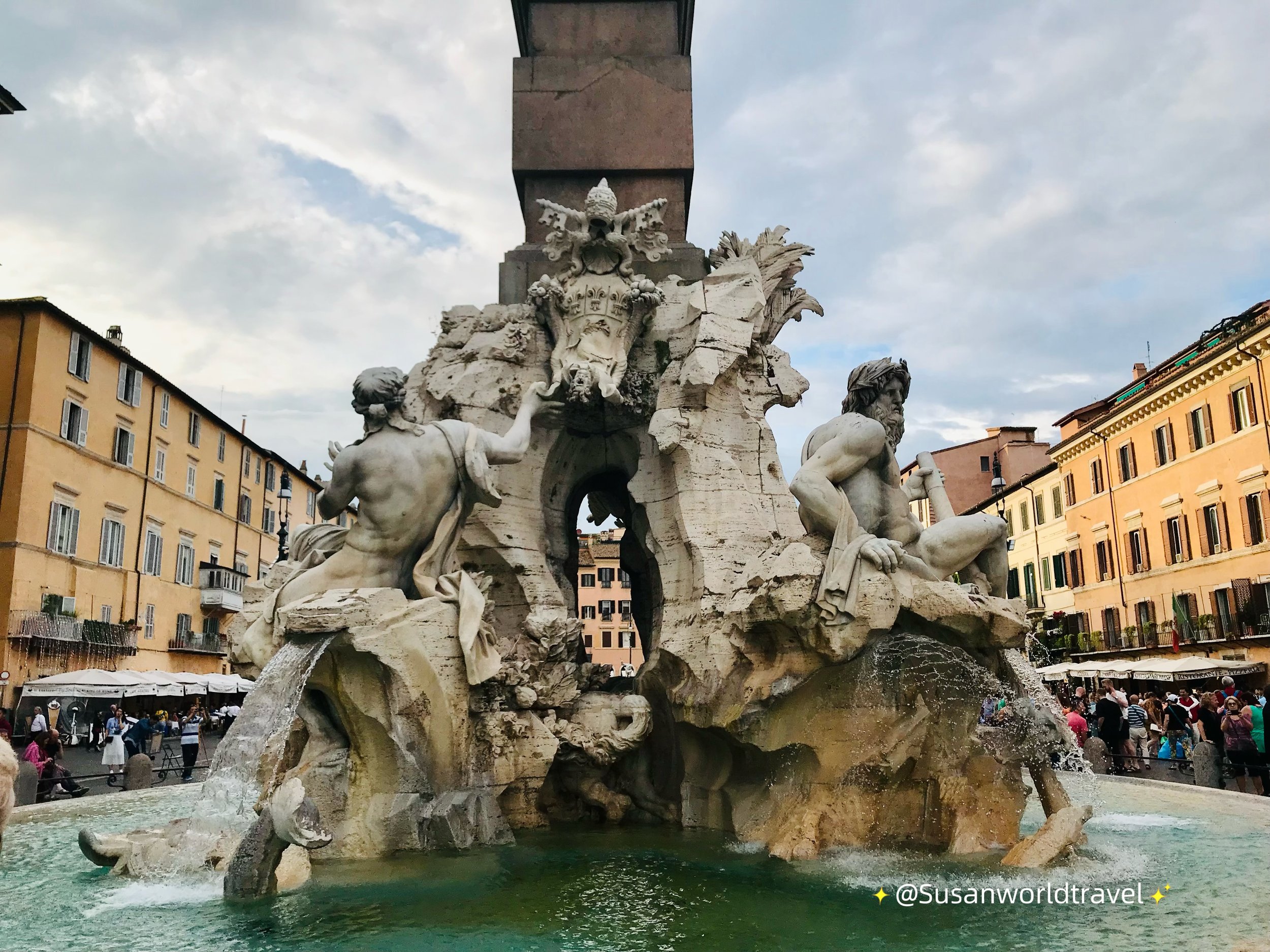
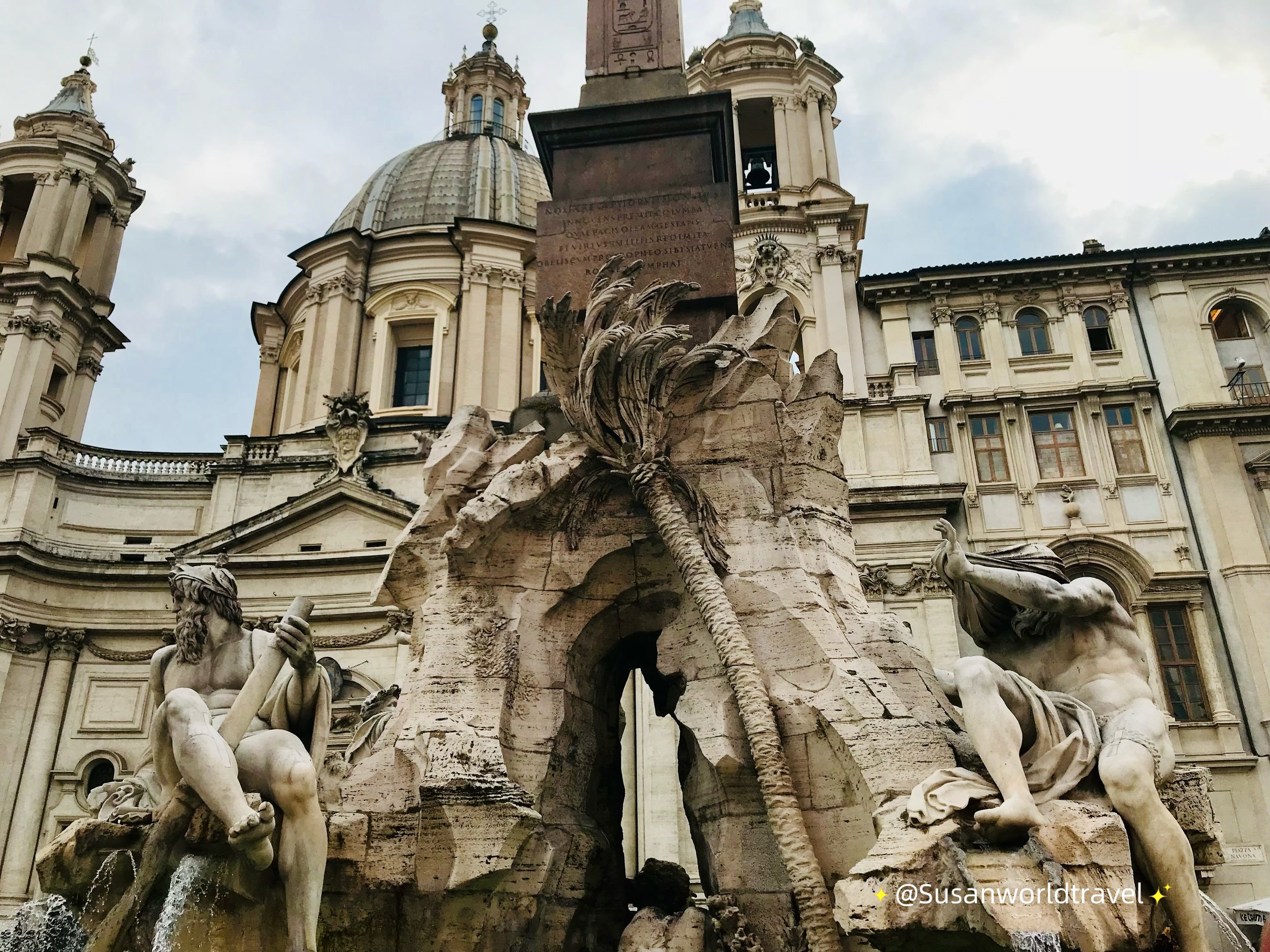
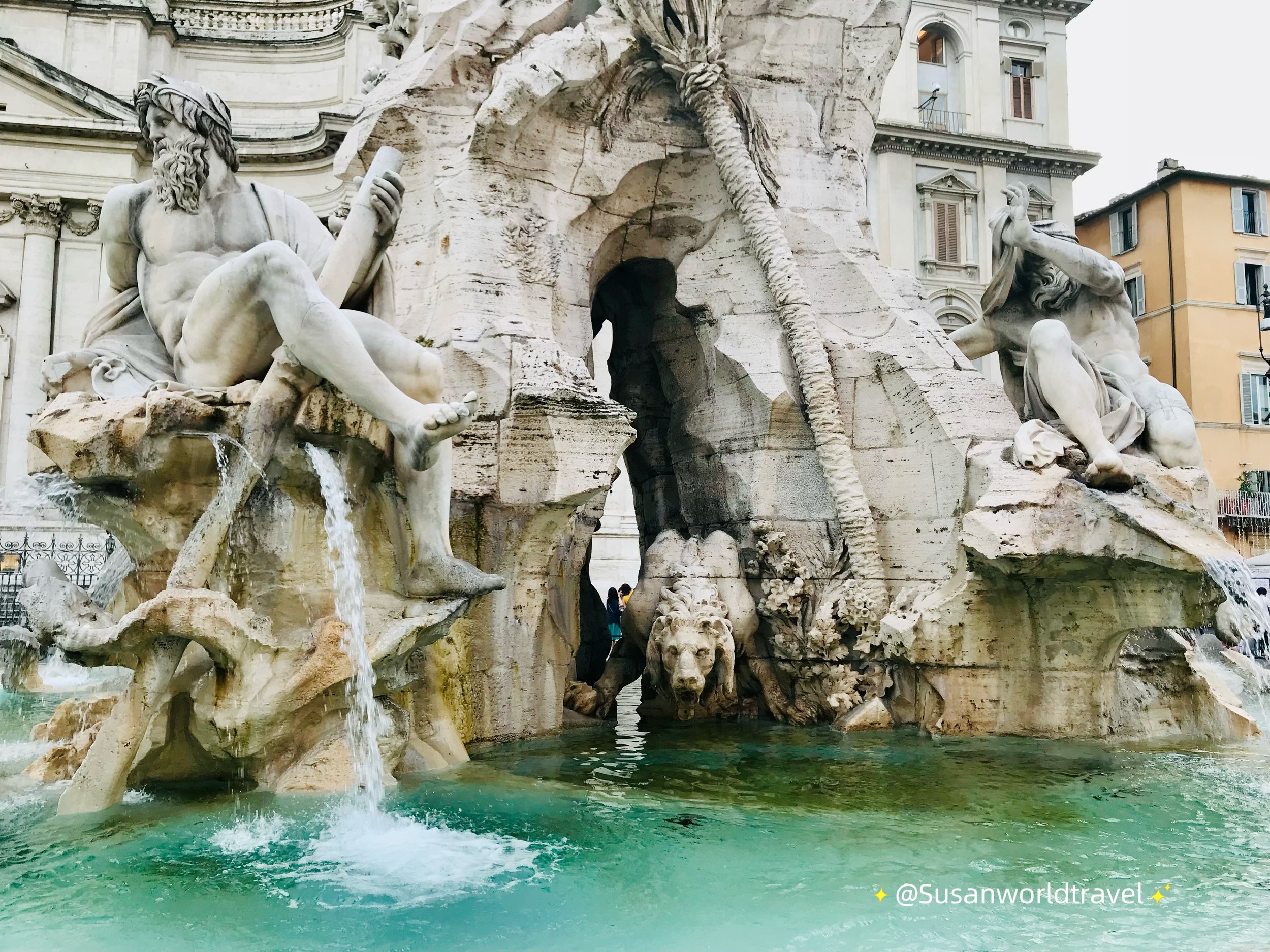

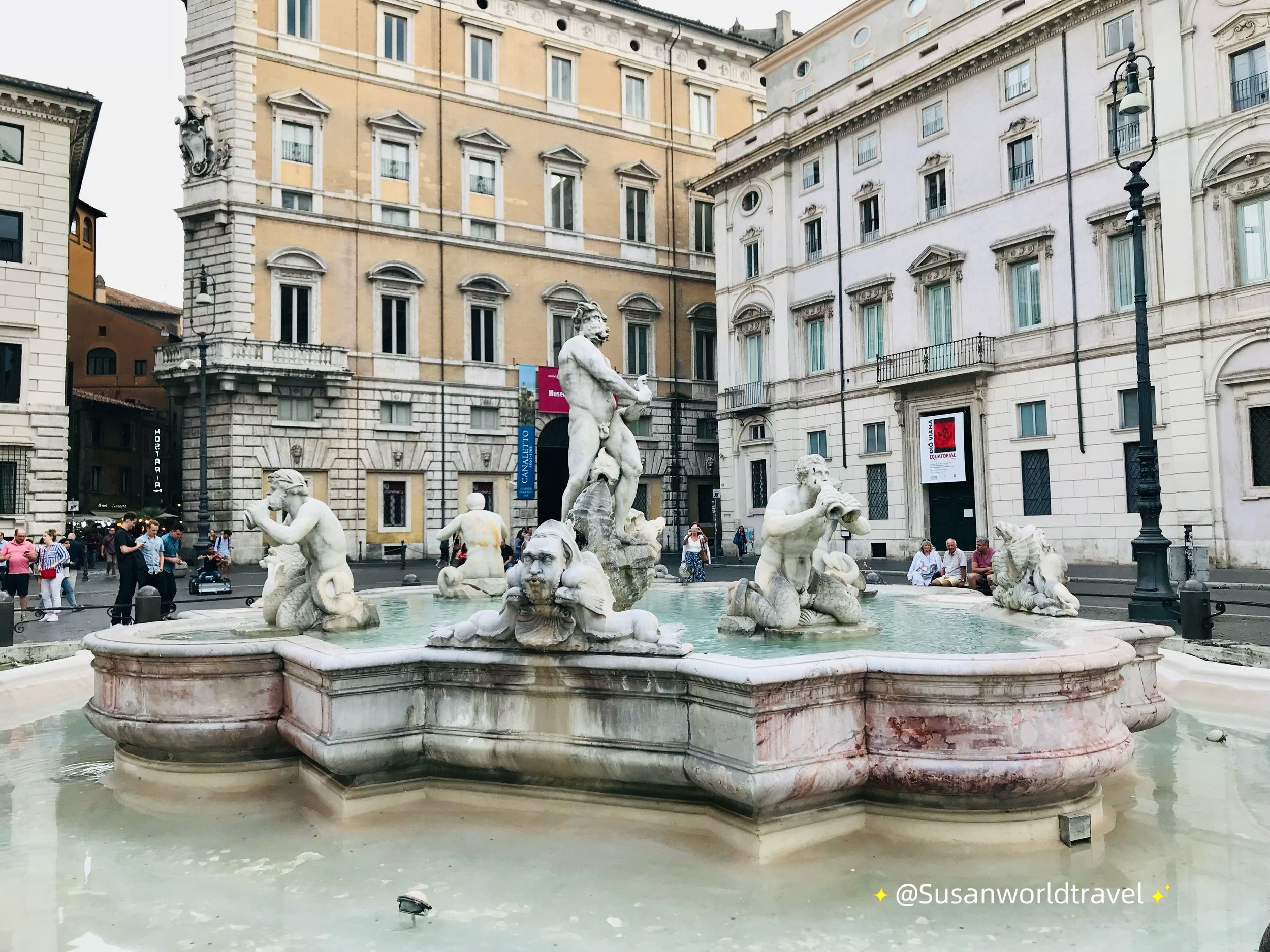
After taking in the grandeur of Piazza Venezia, with its towering Altare della Patria, we wandered through the winding Roman streets and eventually found ourselves in Piazza Navona, built on the site of an ancient Roman stadium and later transformed in the 17th century into a Baroque masterpiece. It features Bernini’s Fountain of the Four Rivers and Borromini’s Sant’Agnese in Agone. Today, it’s a vibrant square filled with art, history, and Roman charm.
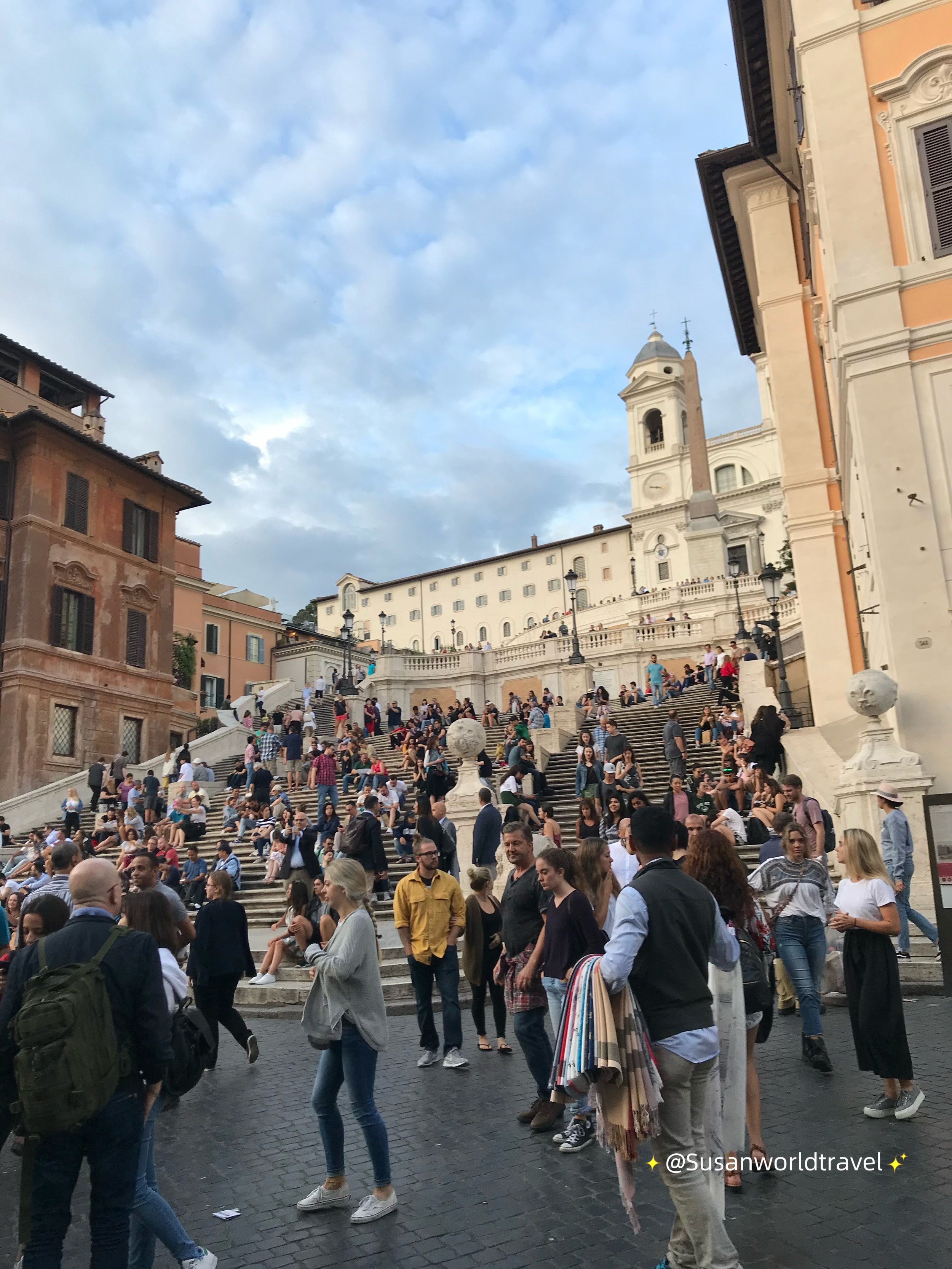
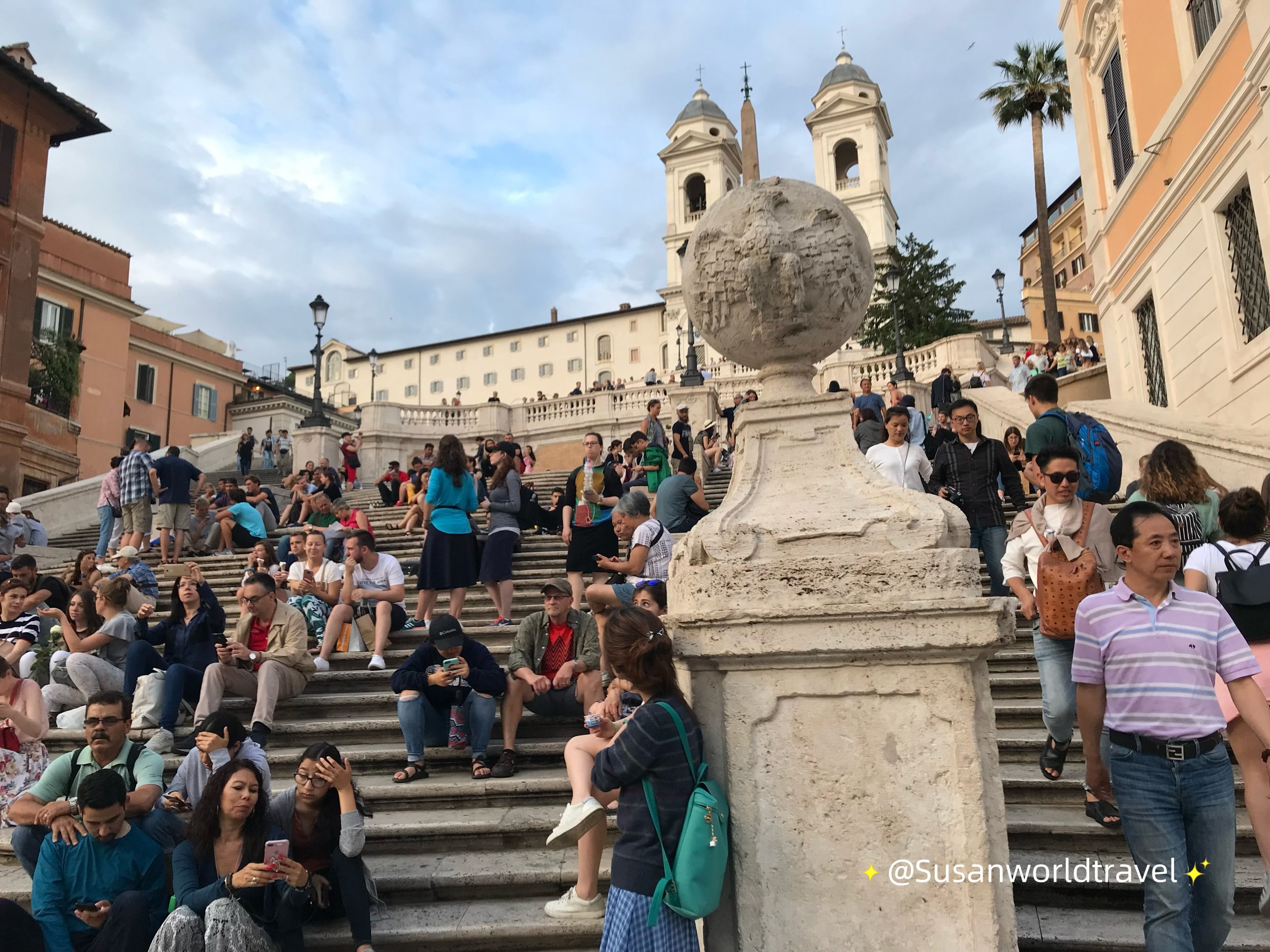
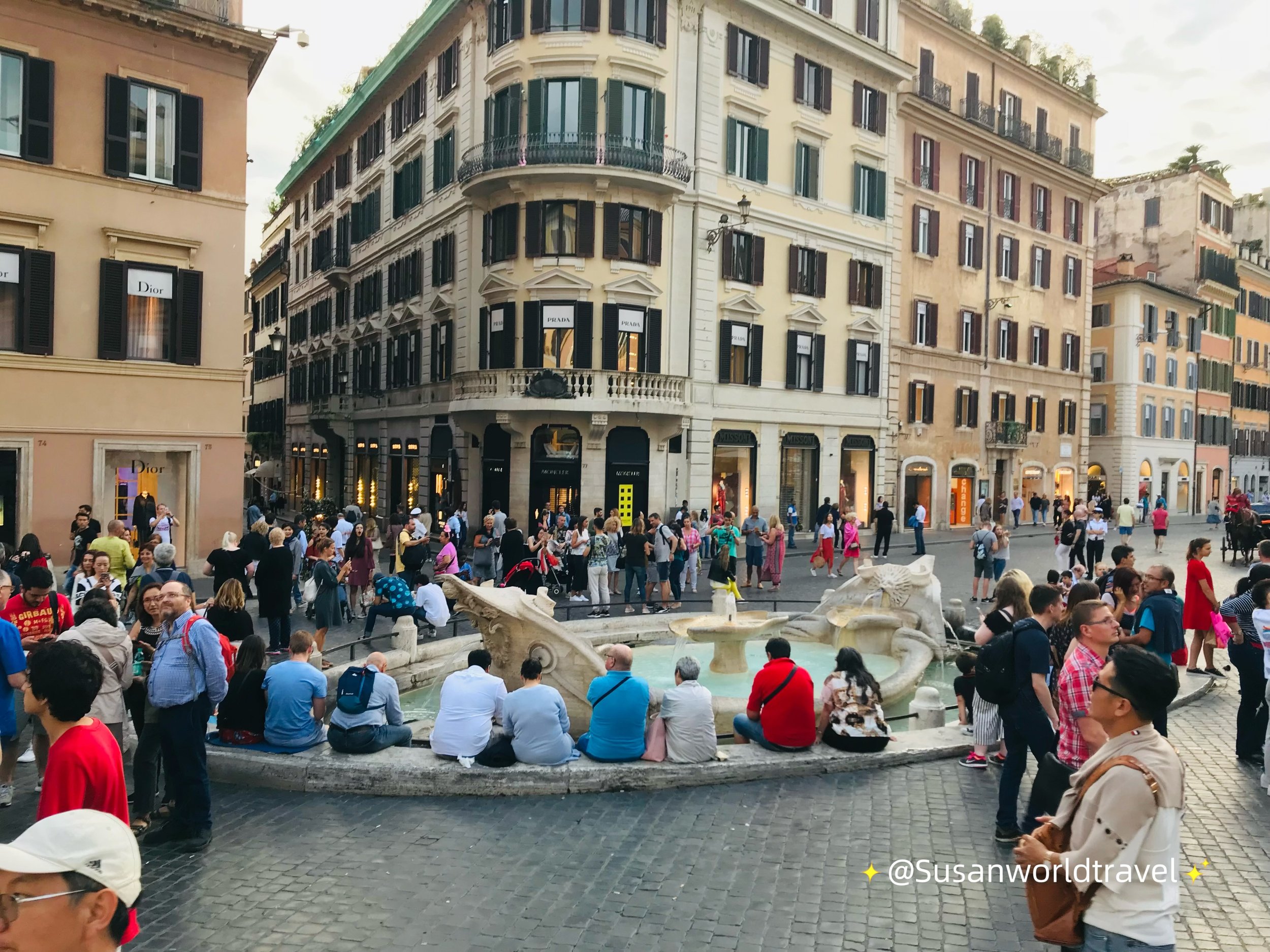
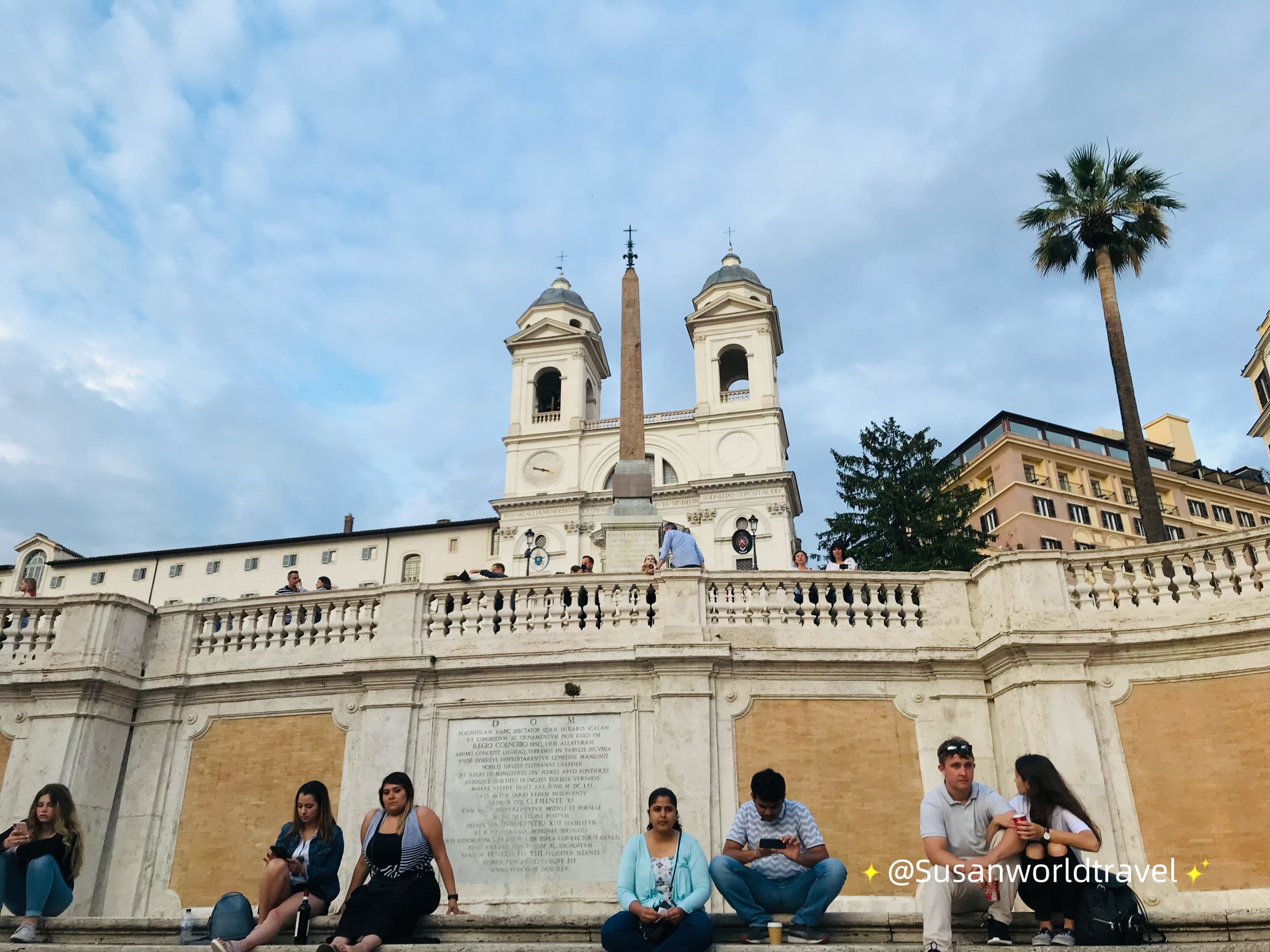
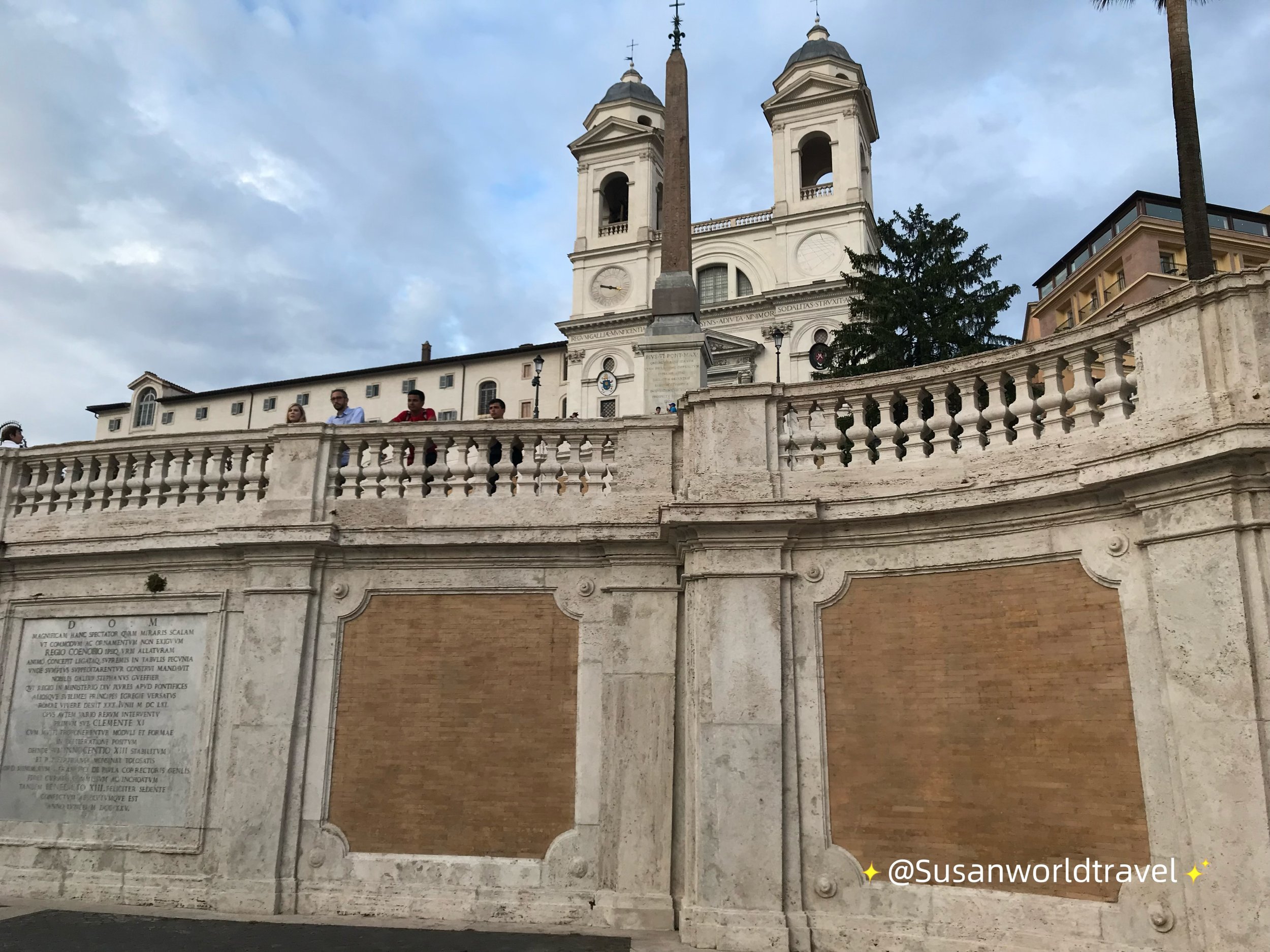
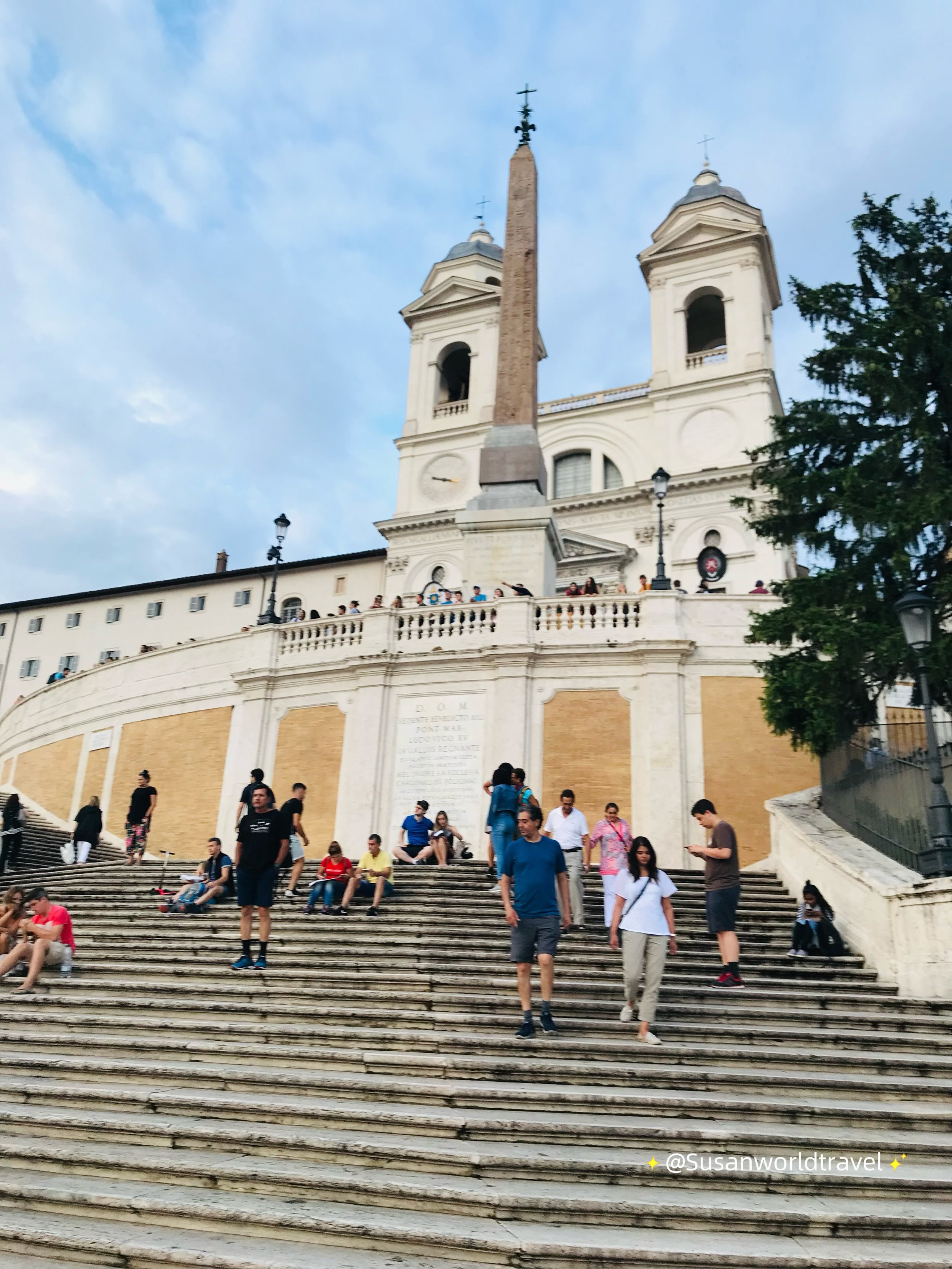
The Spanish Steps are now a must-see symbol of Rome, made iconic by films like Roman Holiday. They are famous for their elegant design, central location, and cultural history. They connect the Piazza di Spagna with the Trinità dei Monti church and have long been a gathering spot for artists, locals, and tourists.